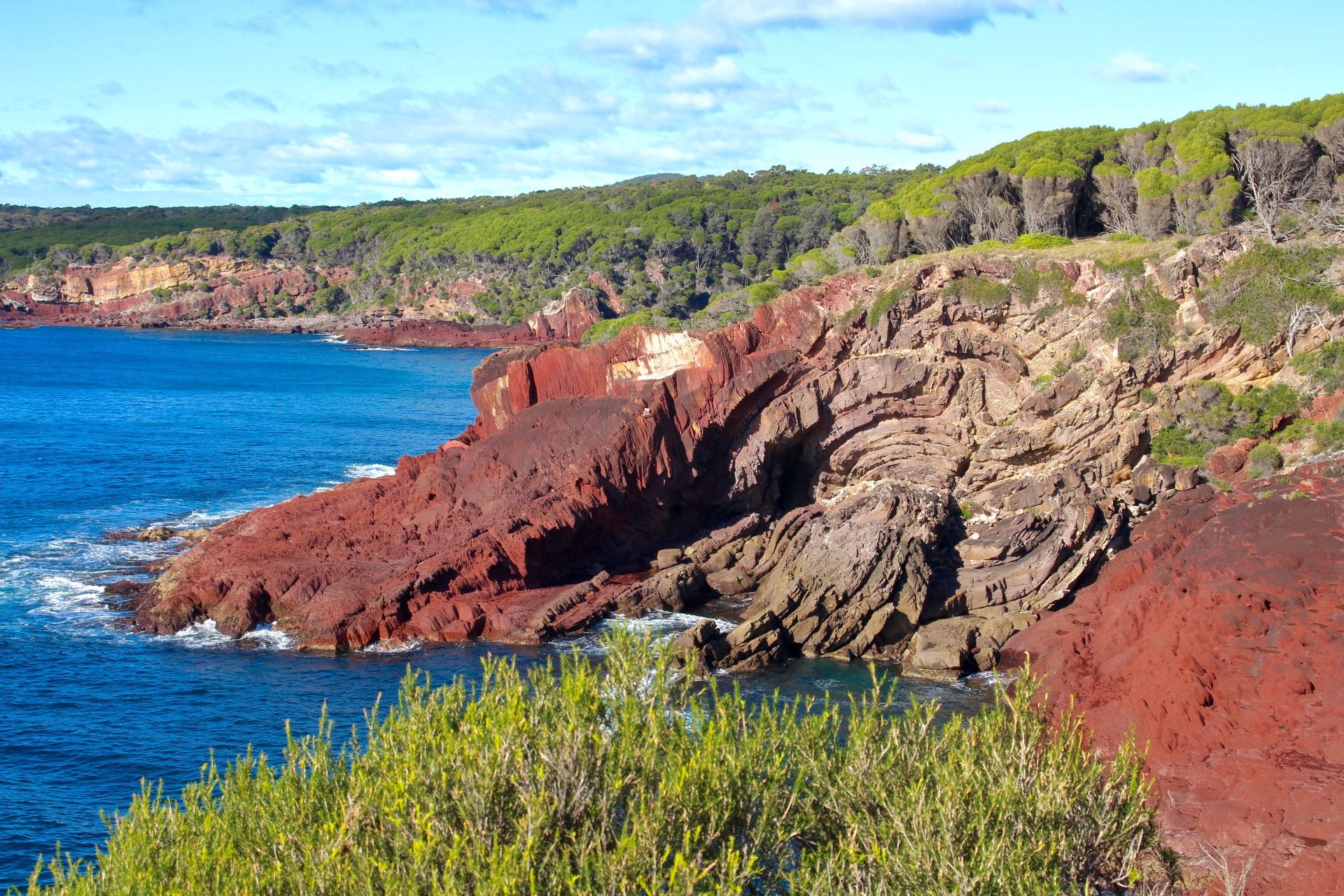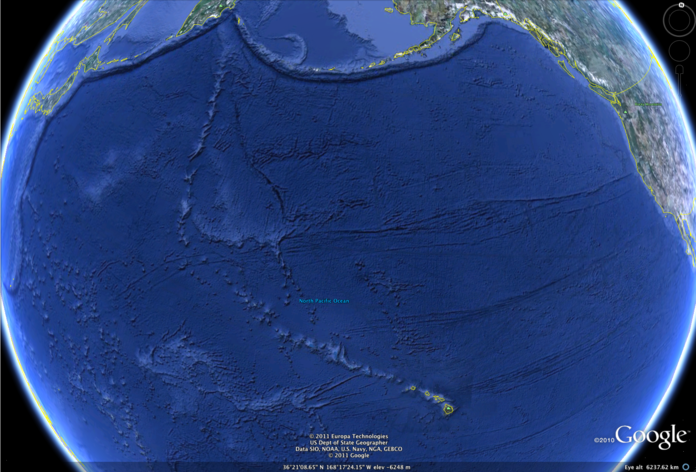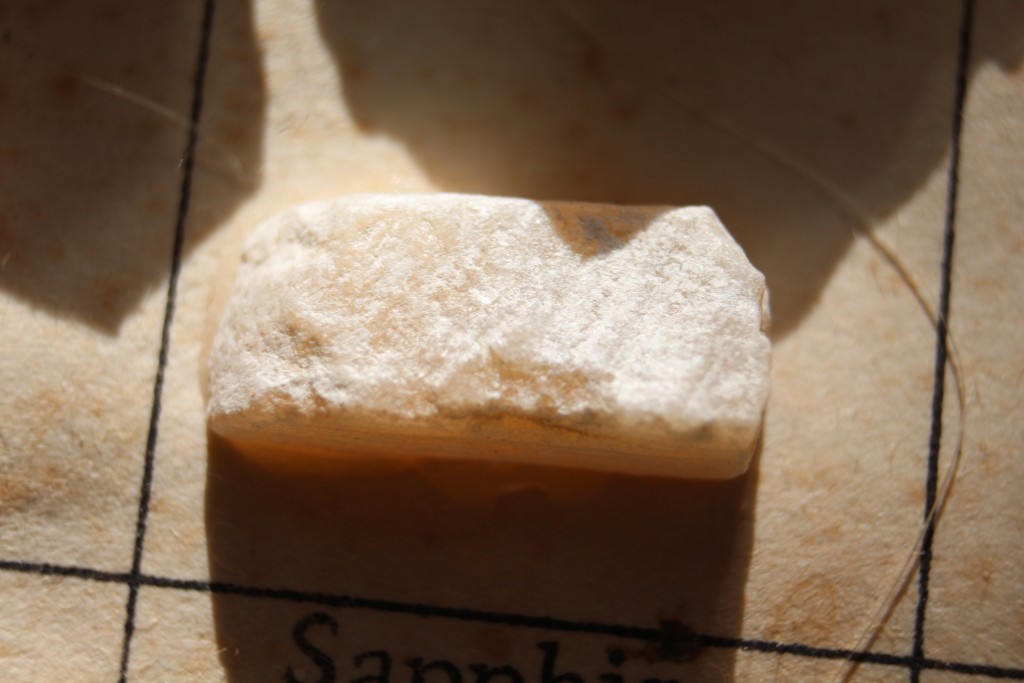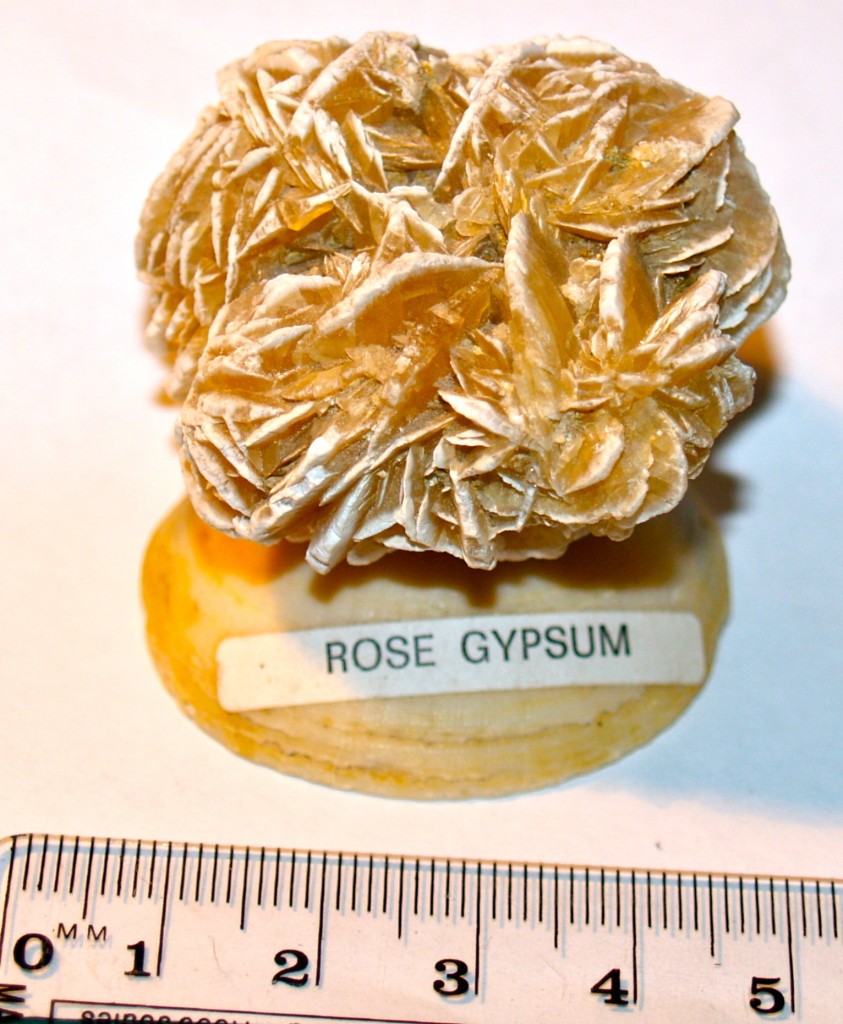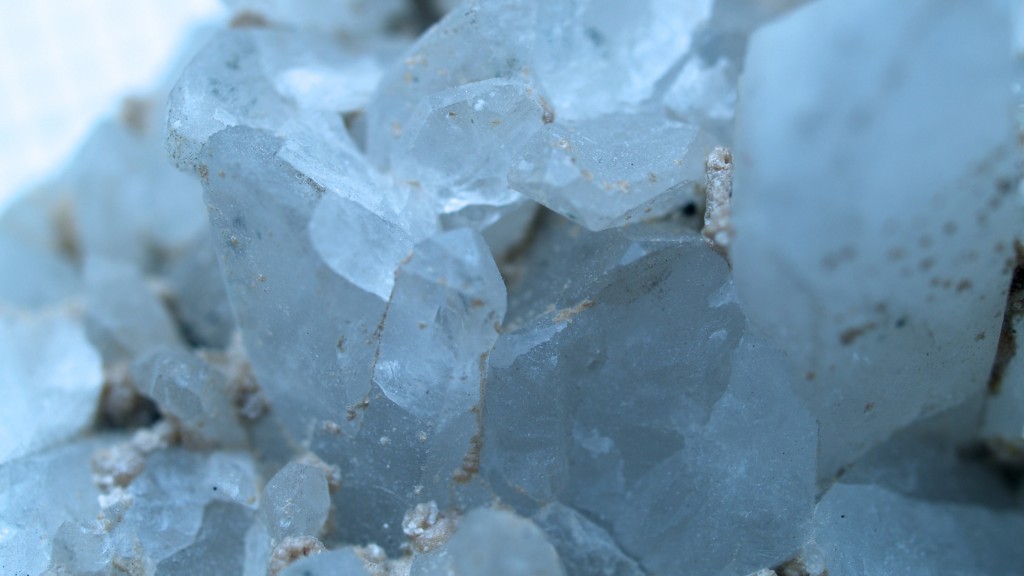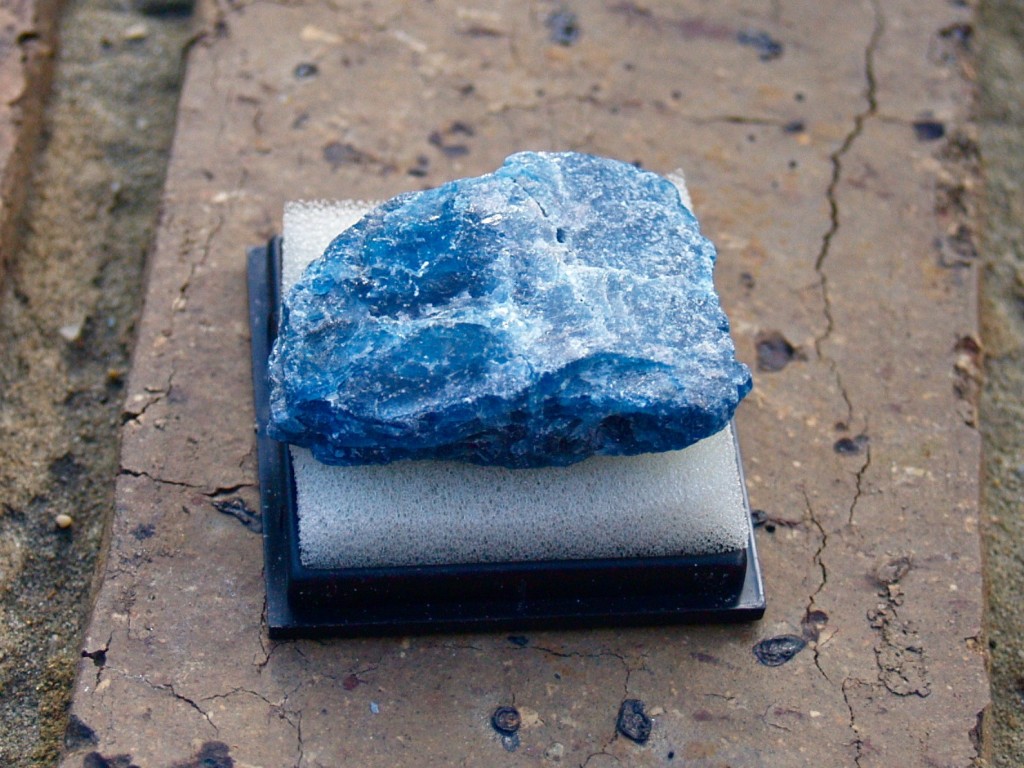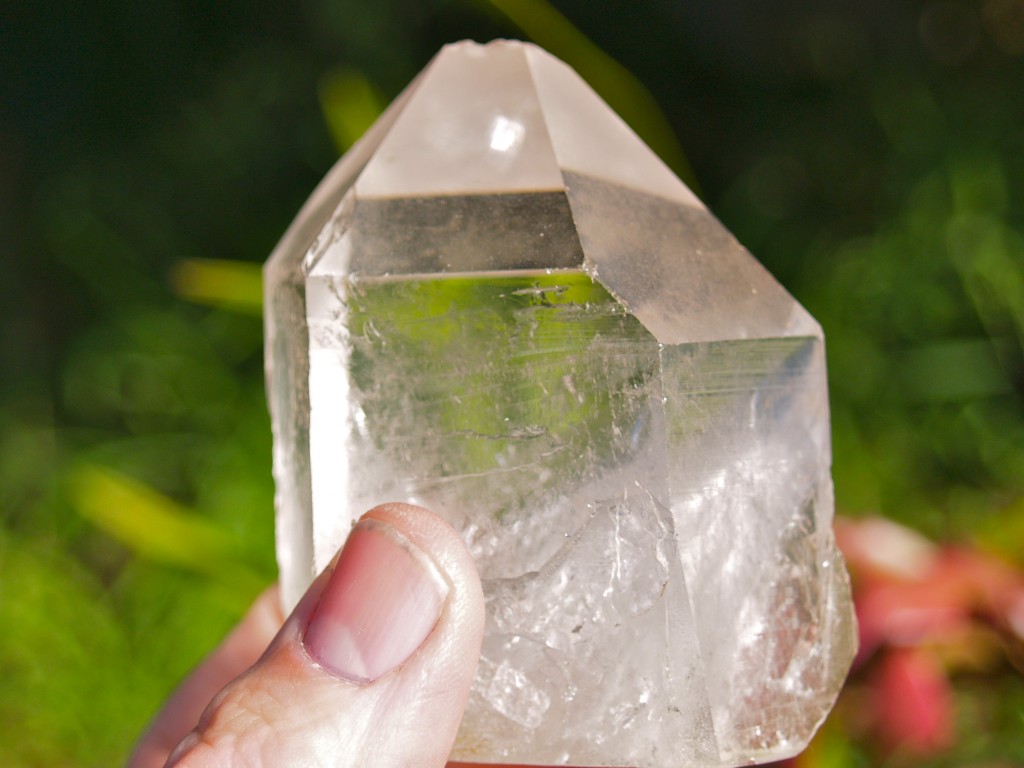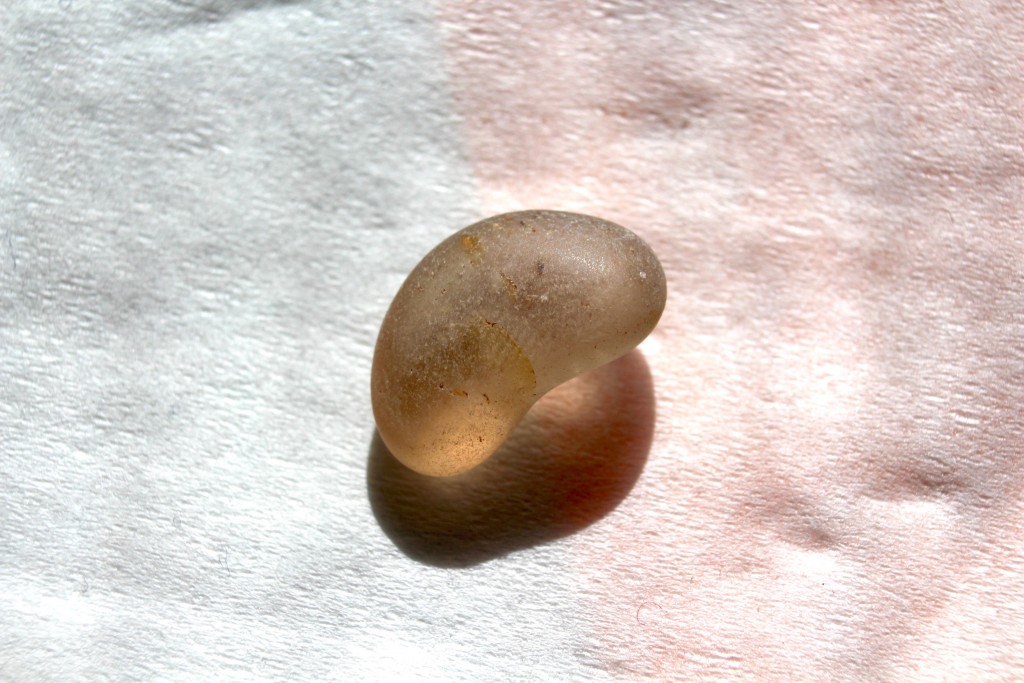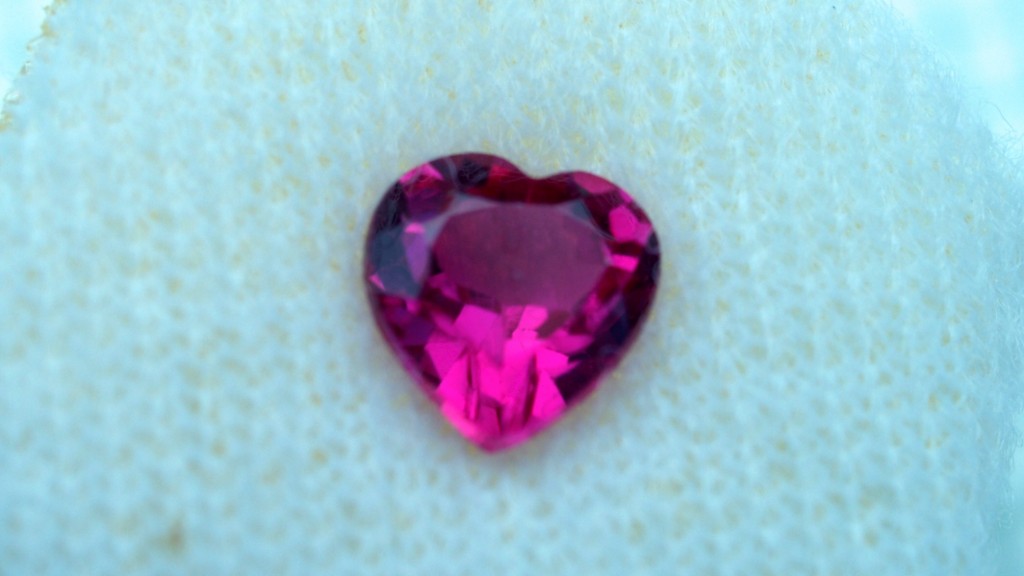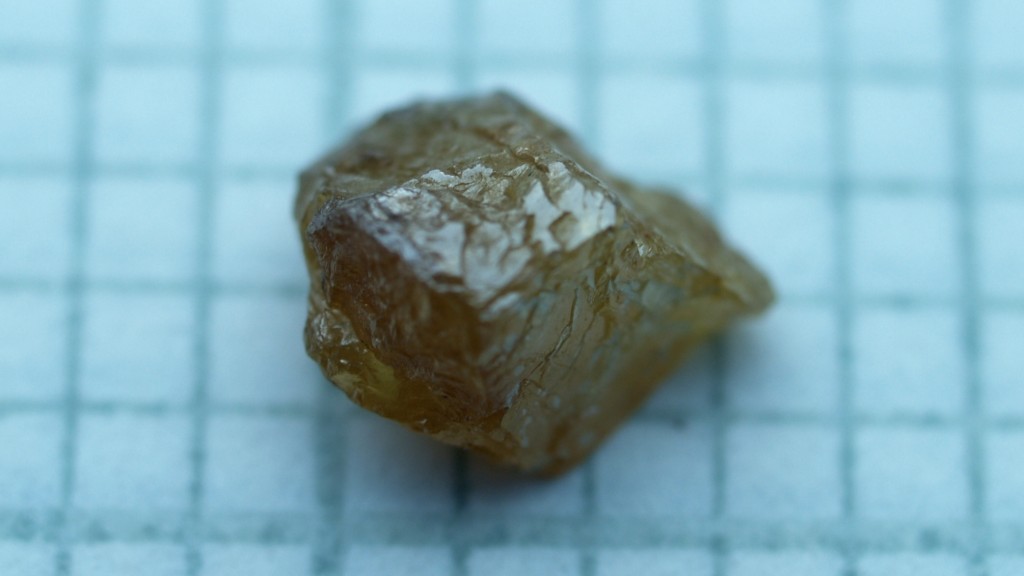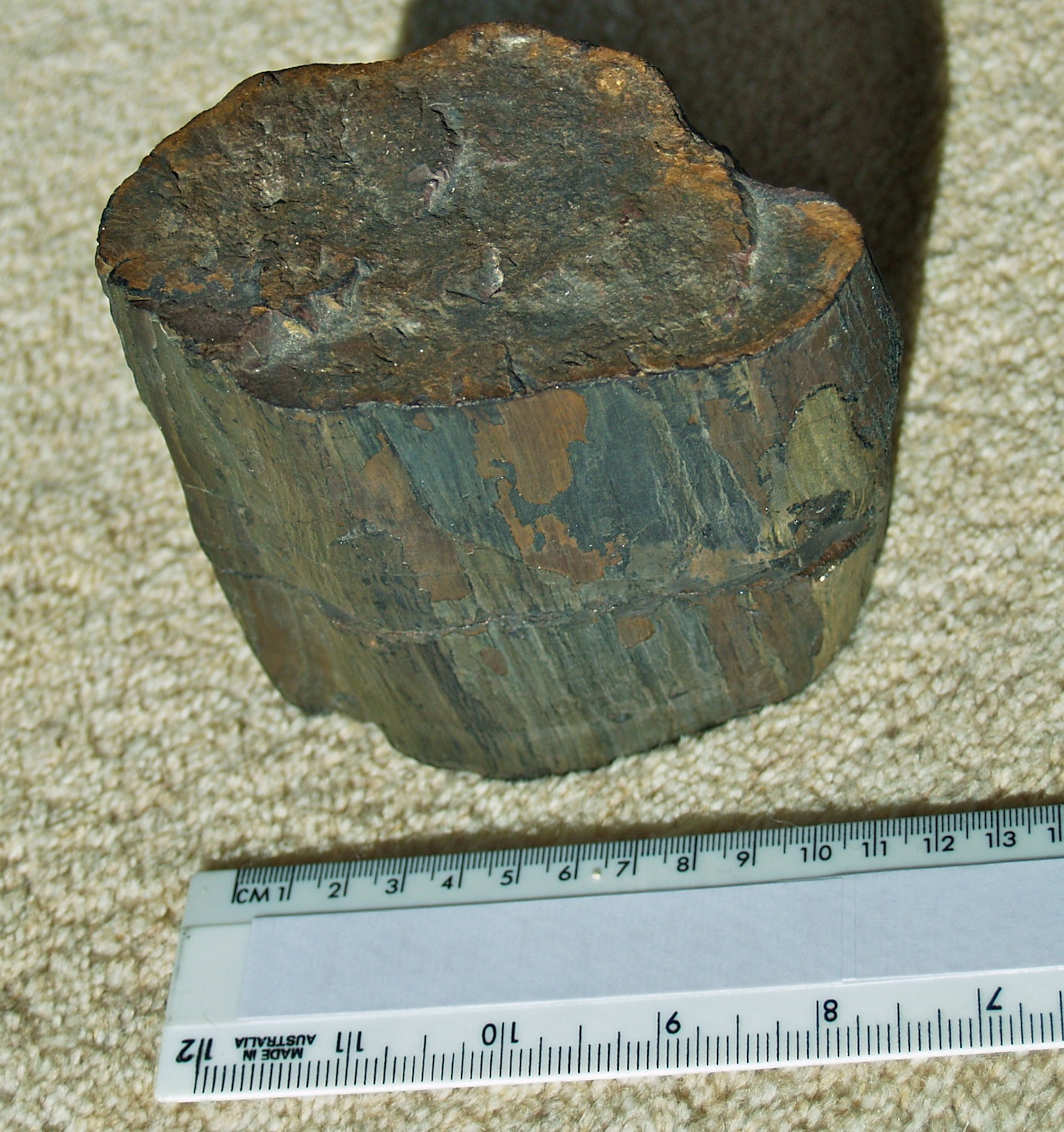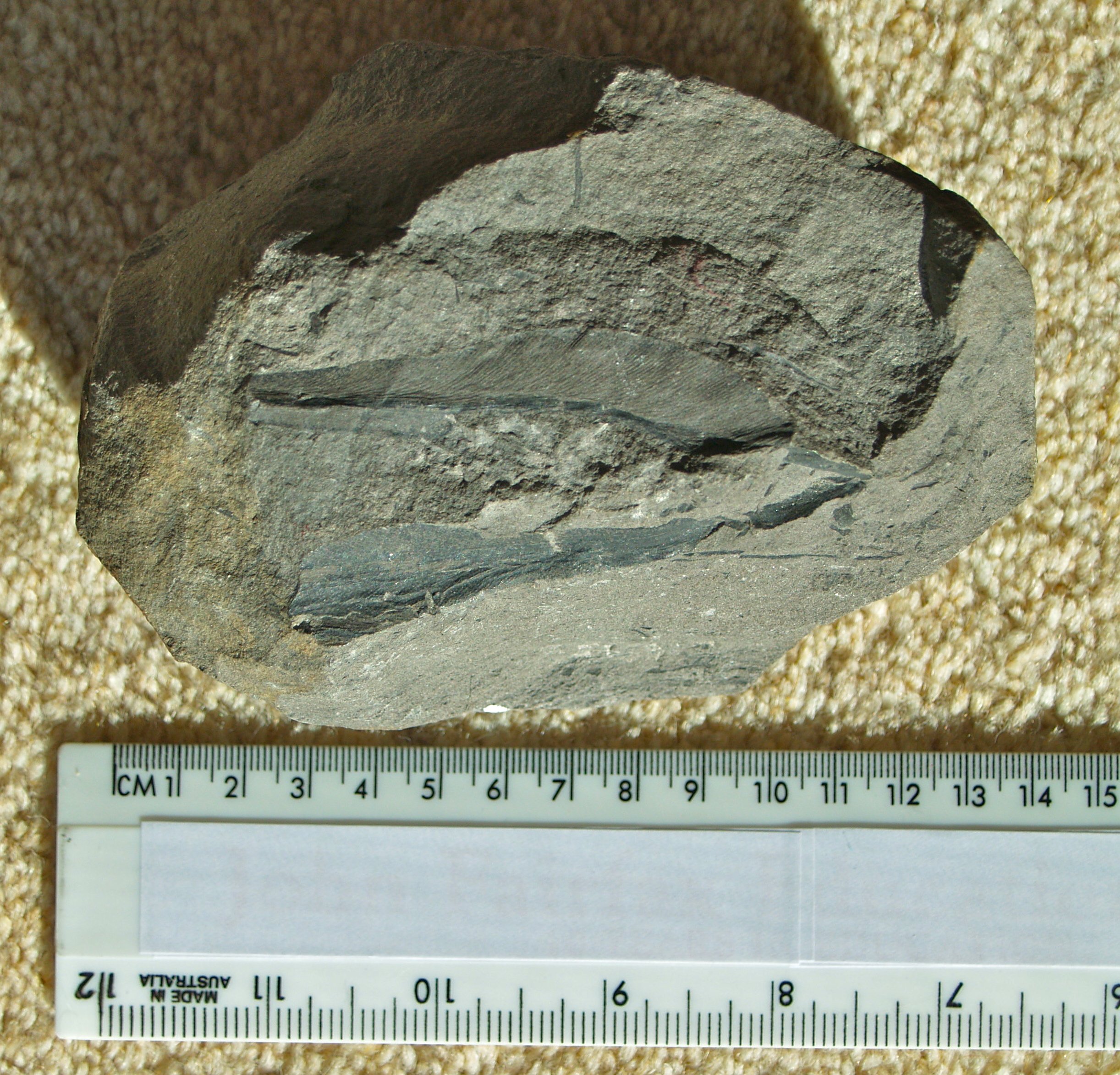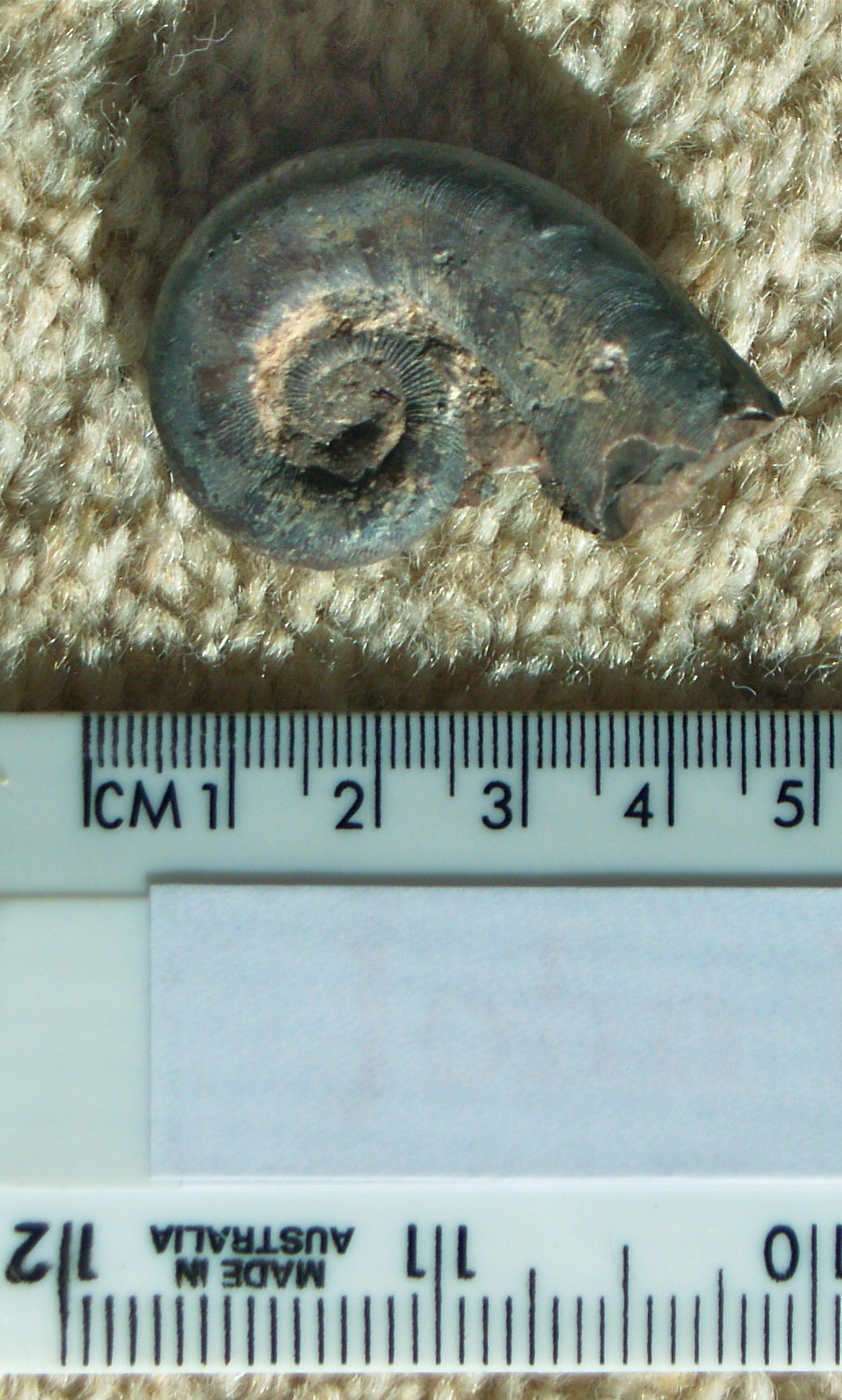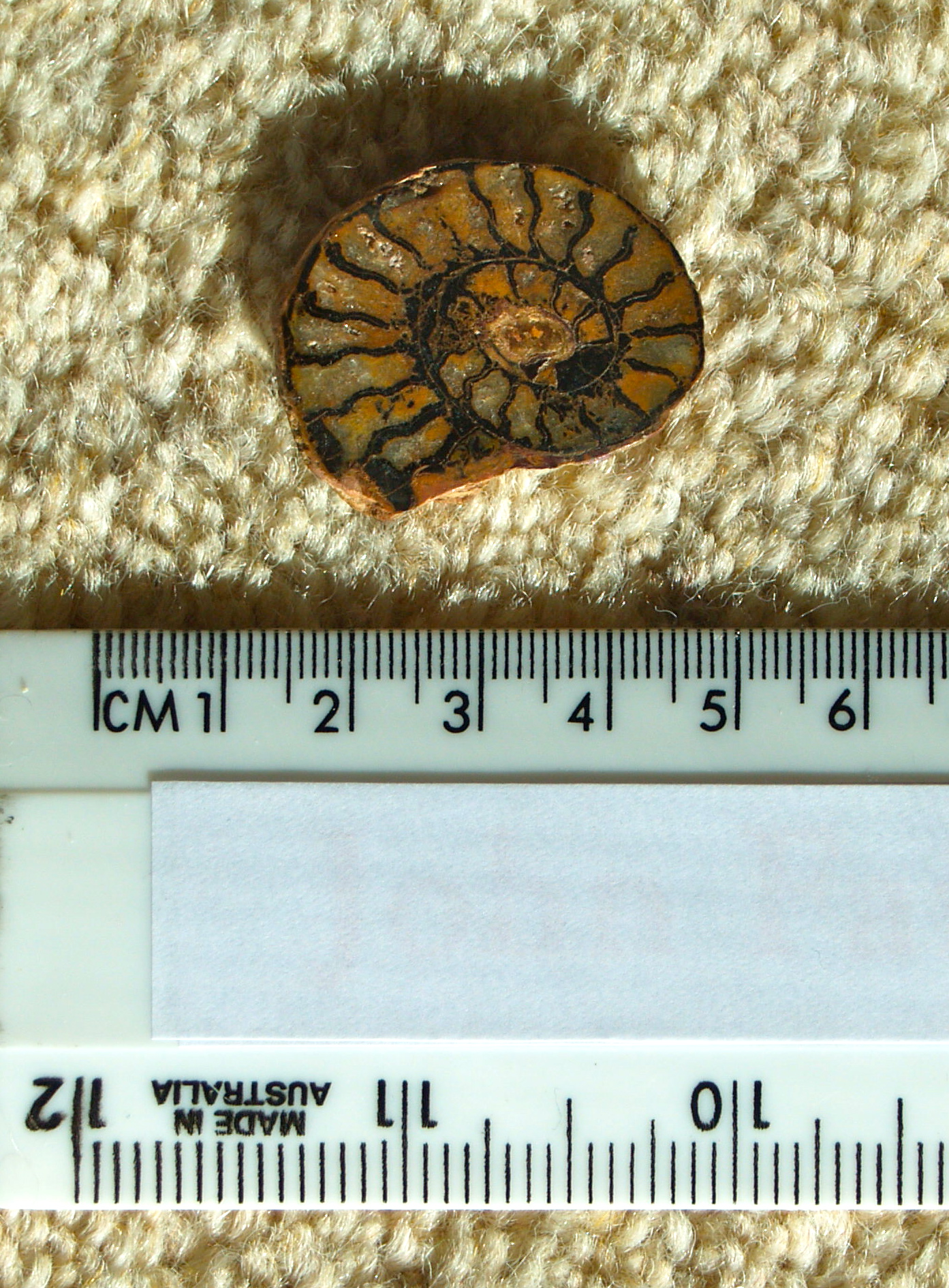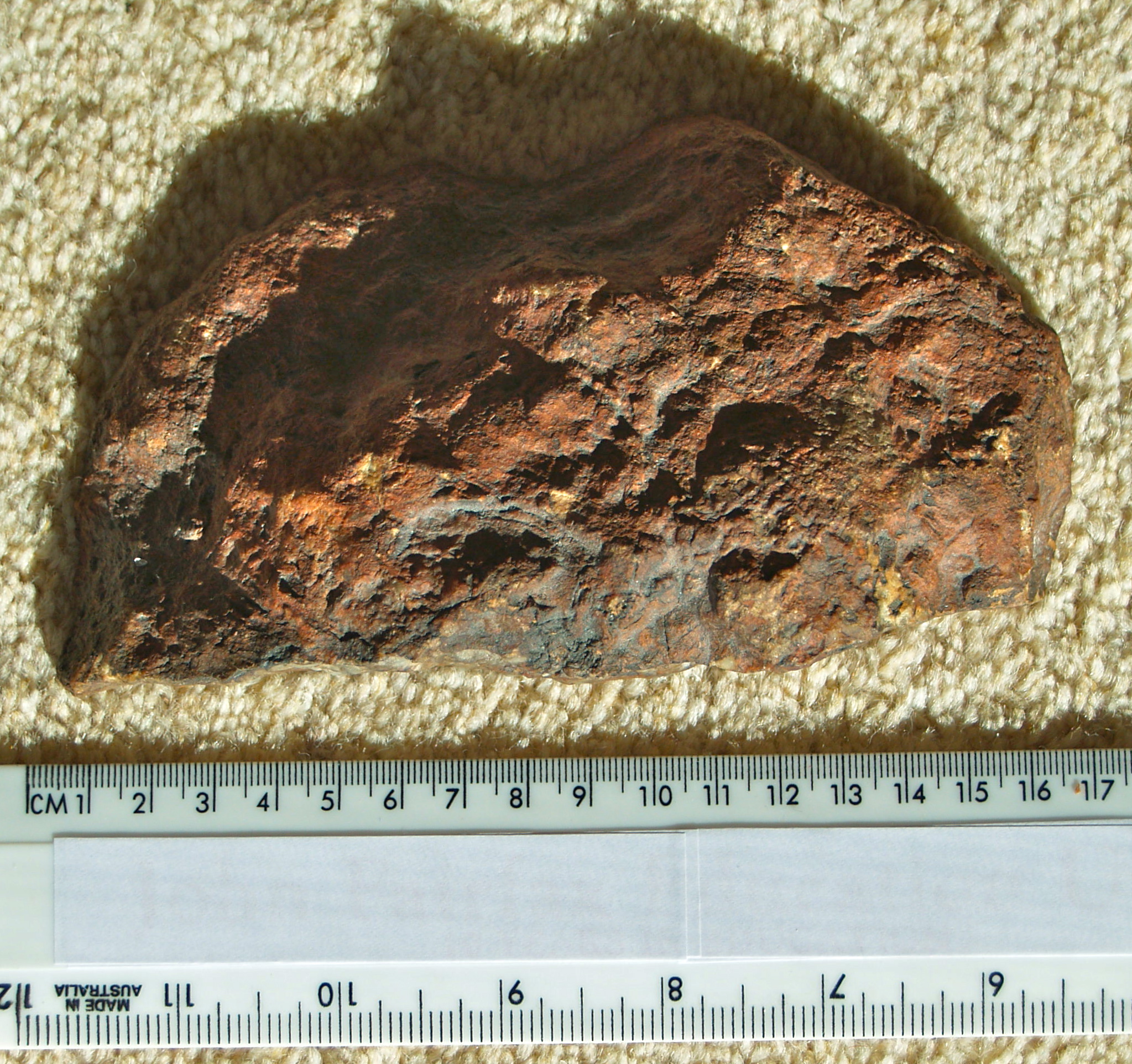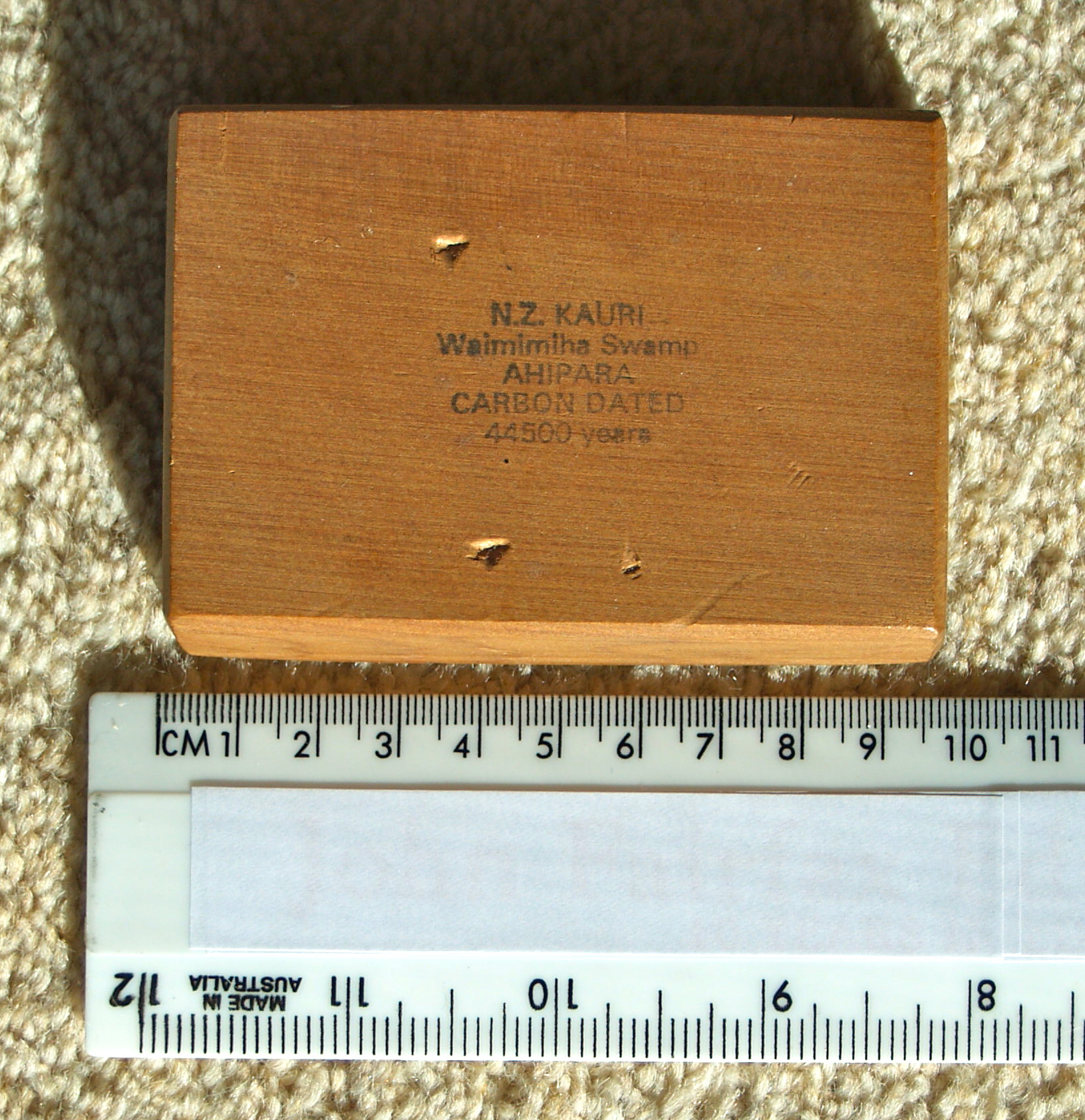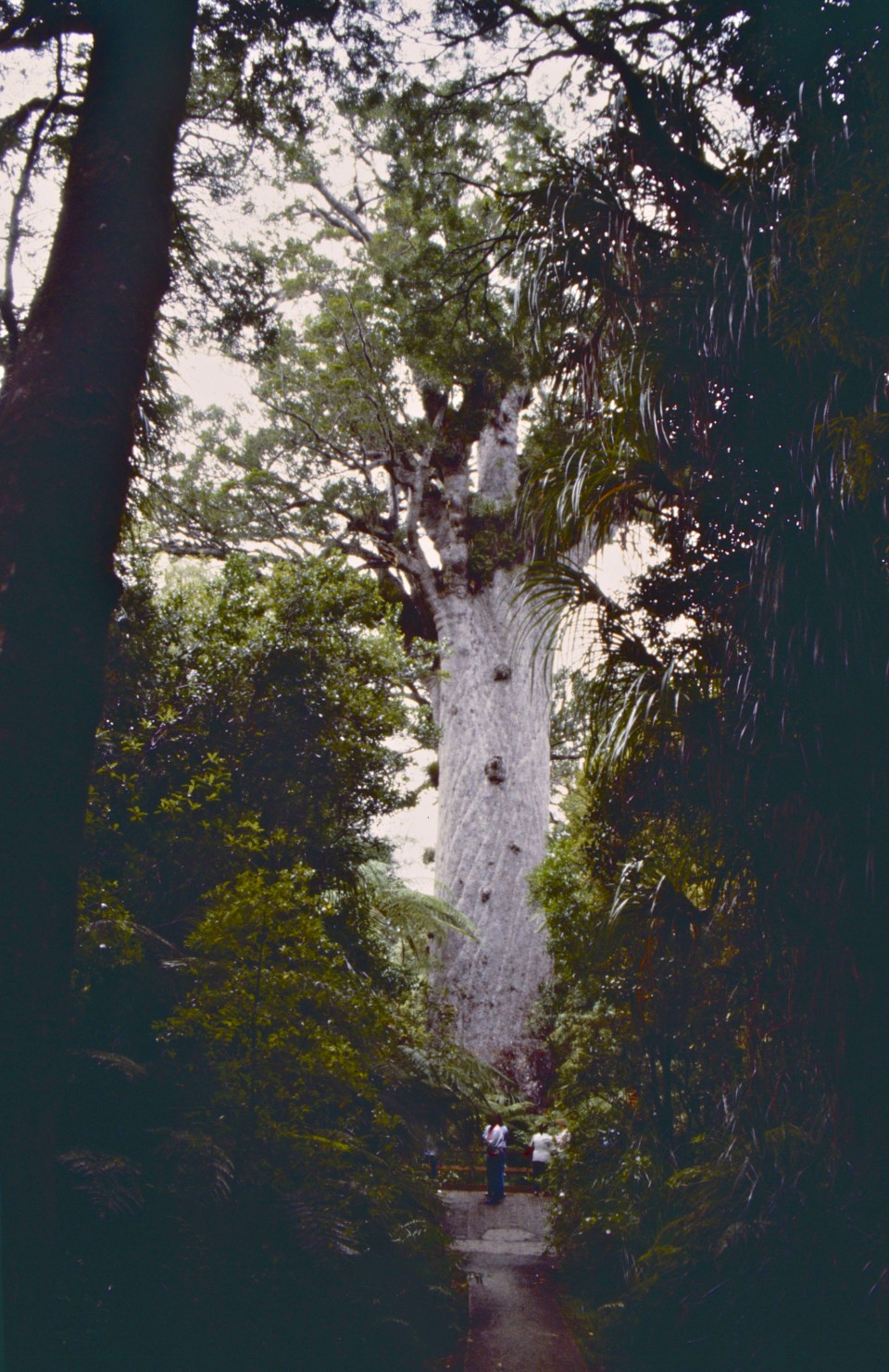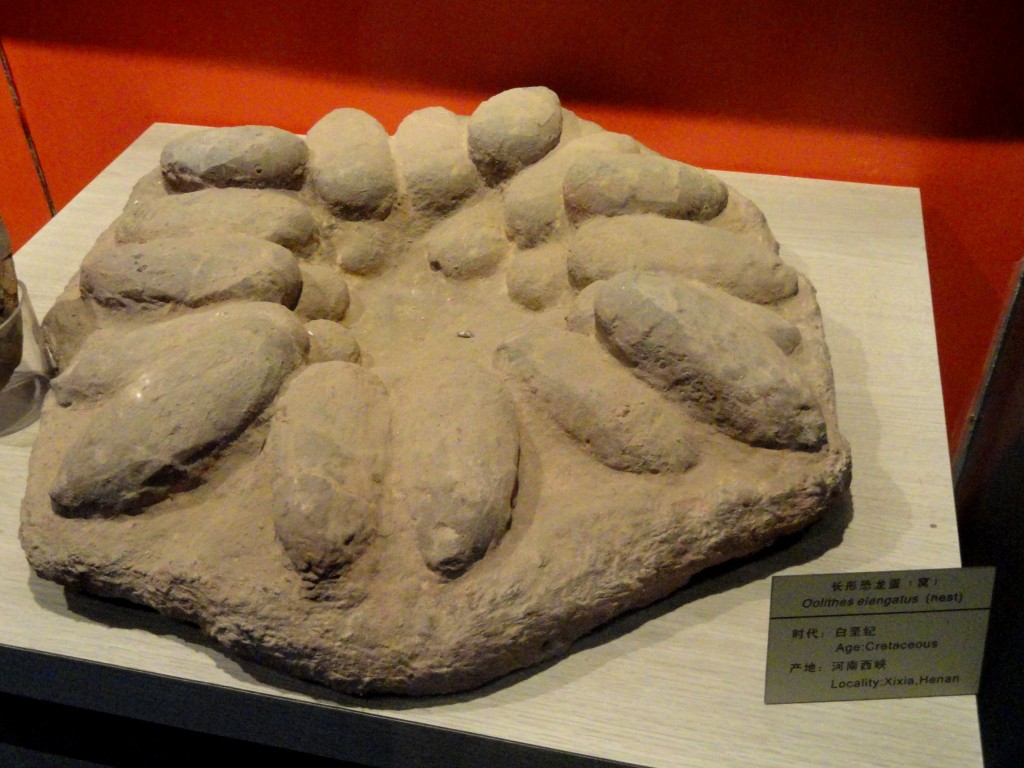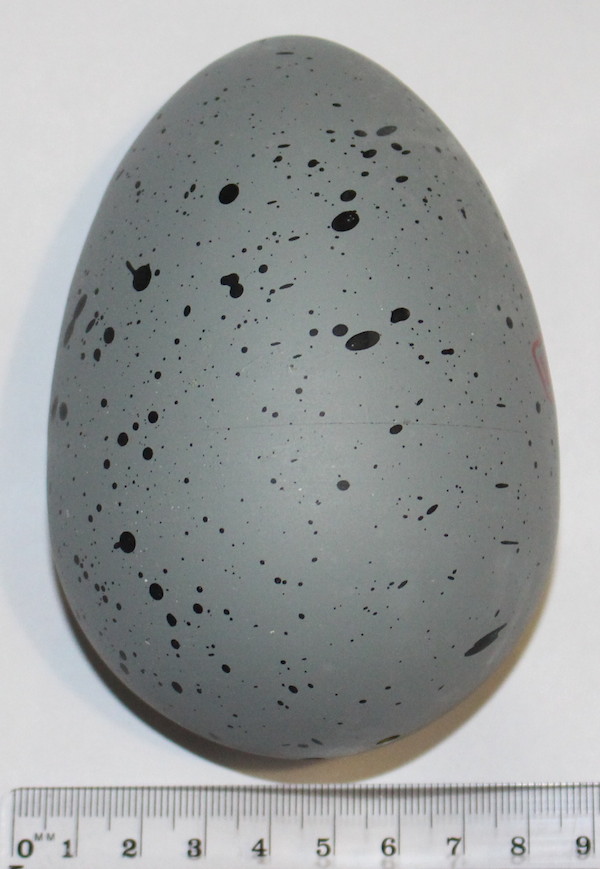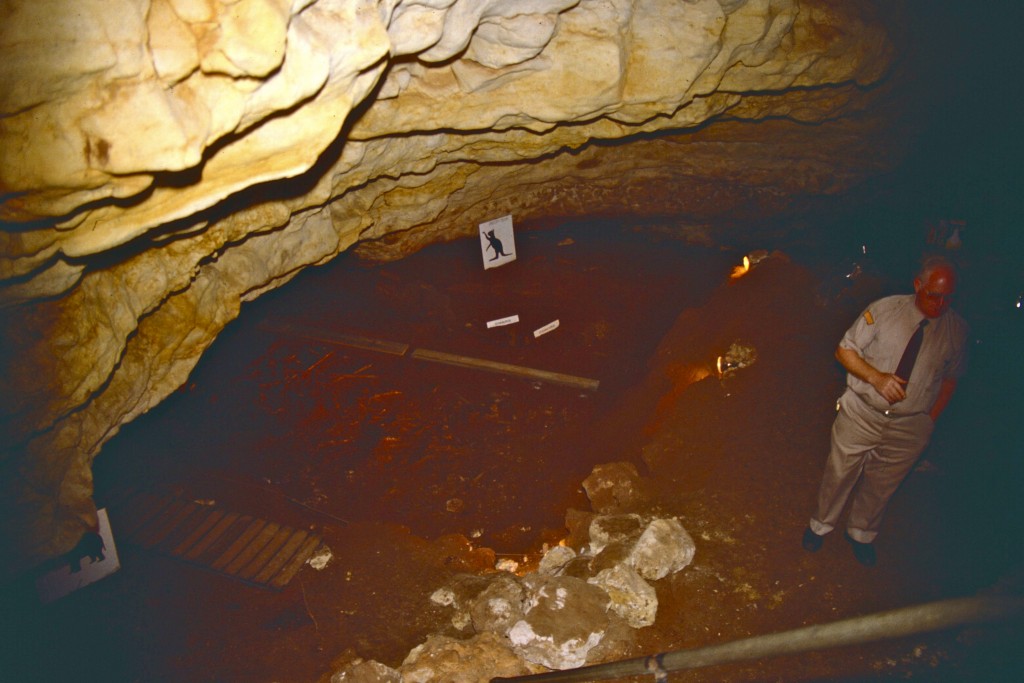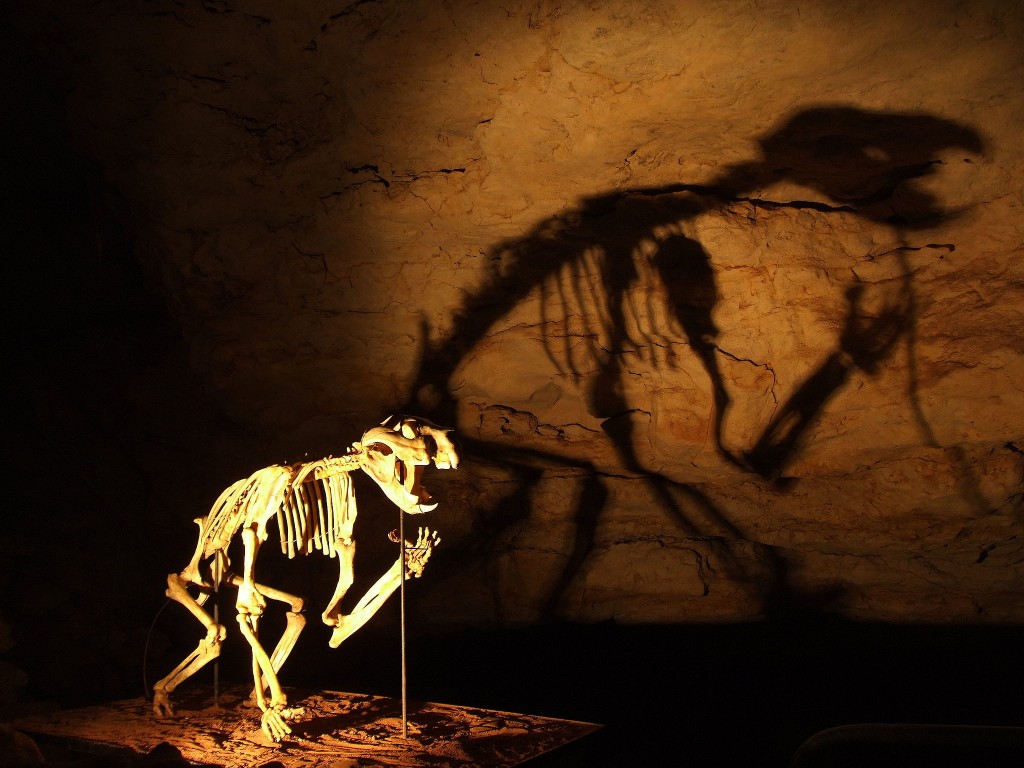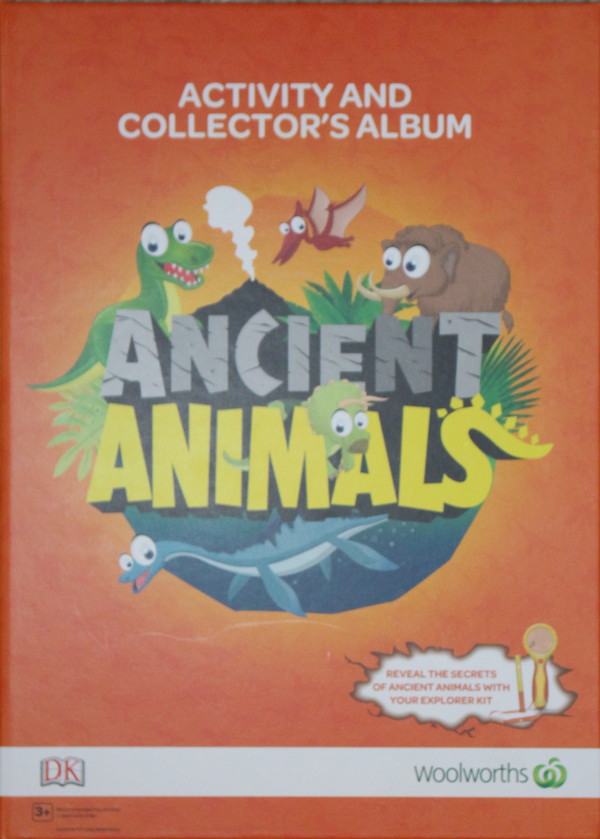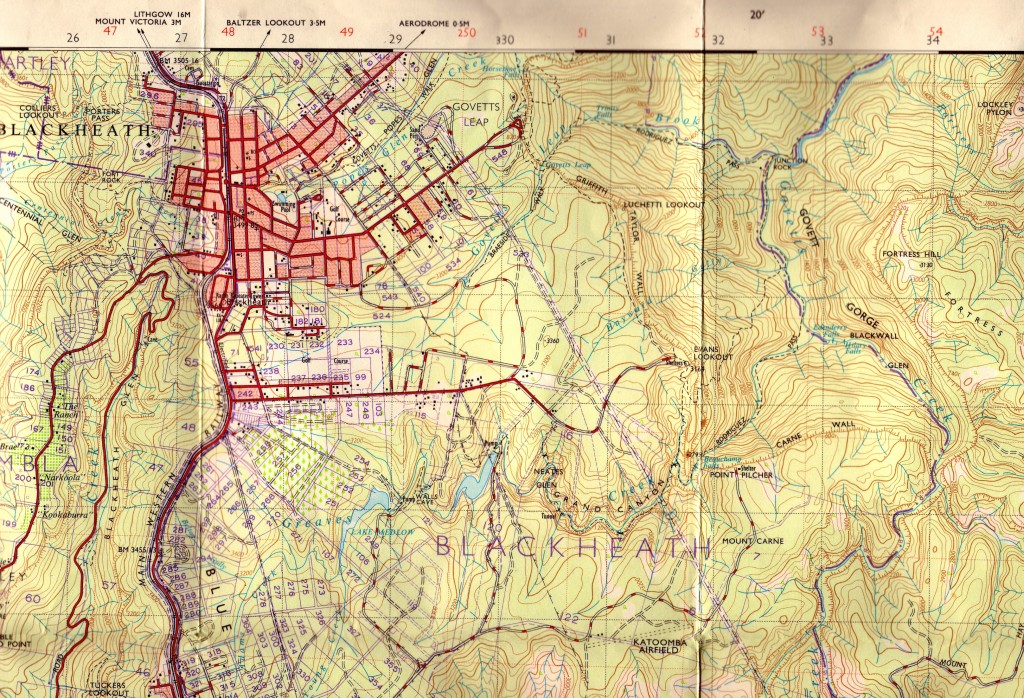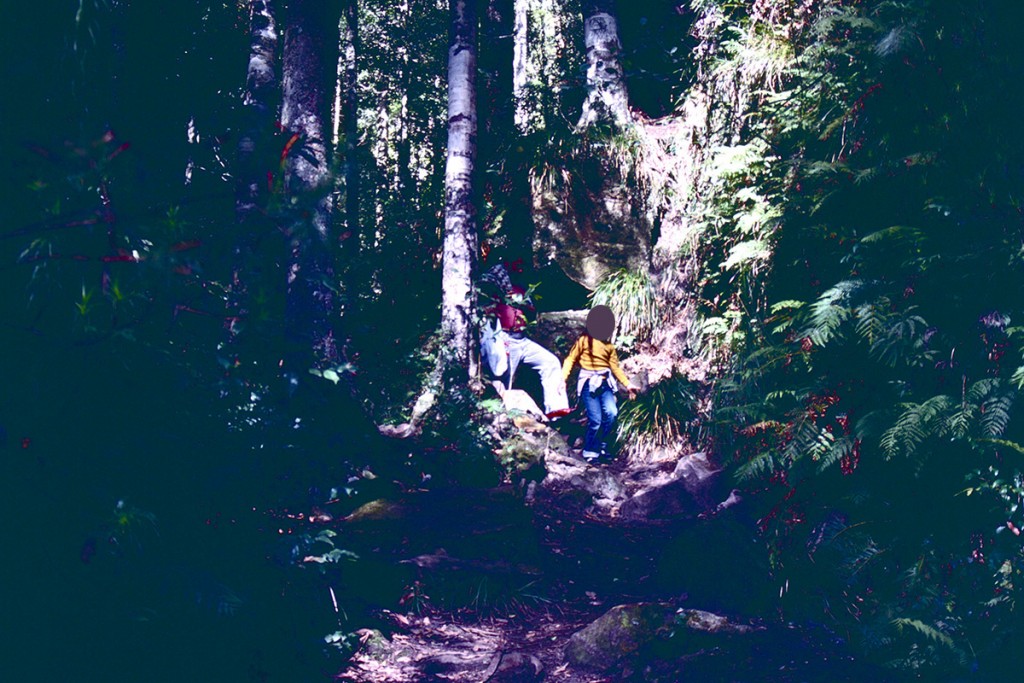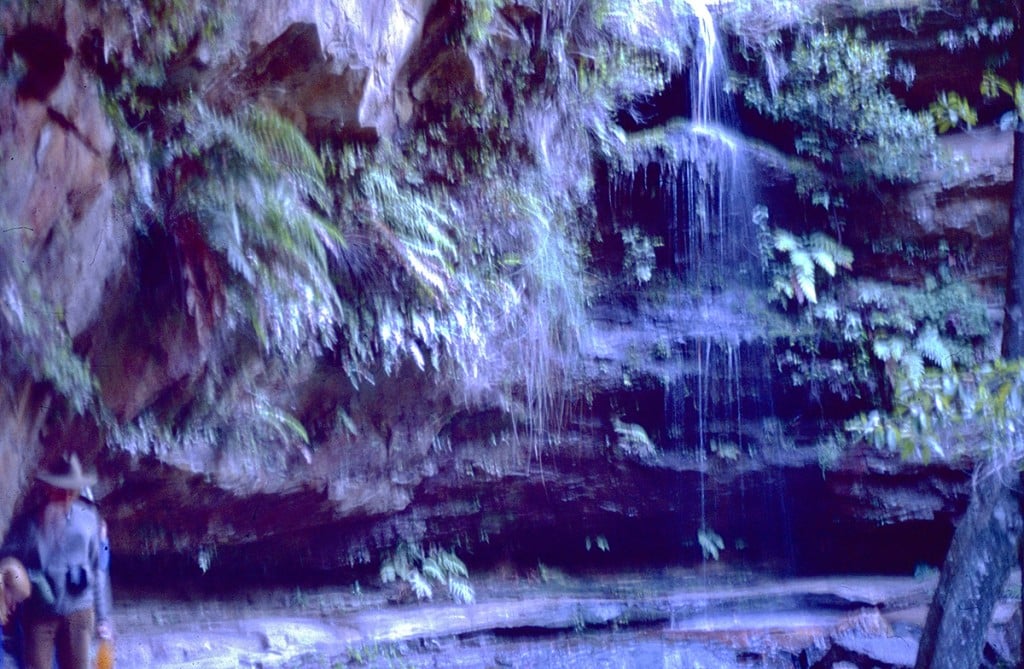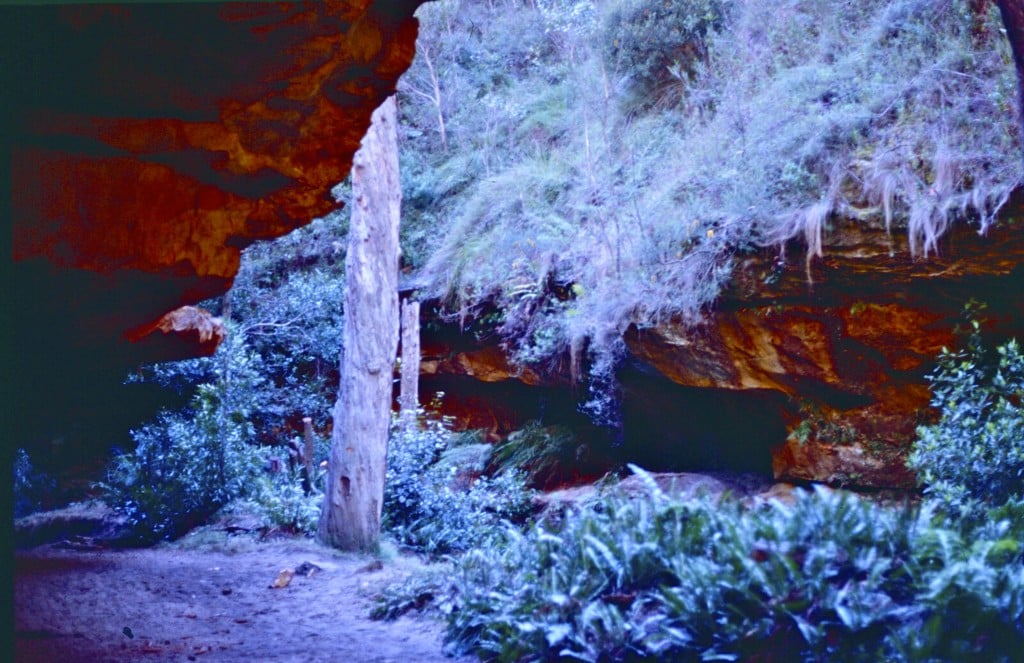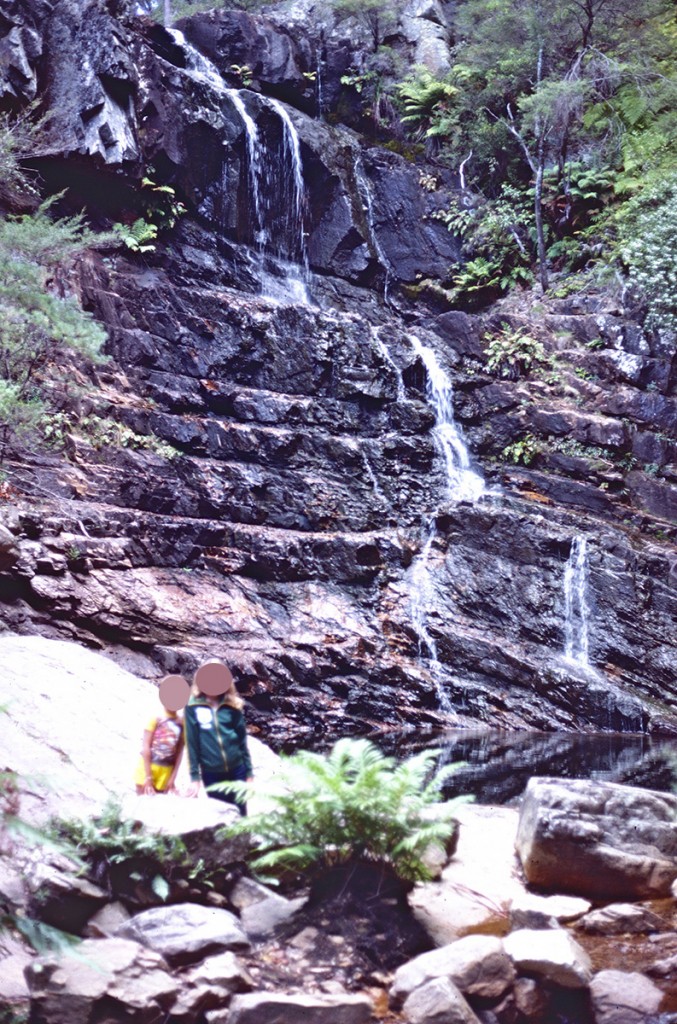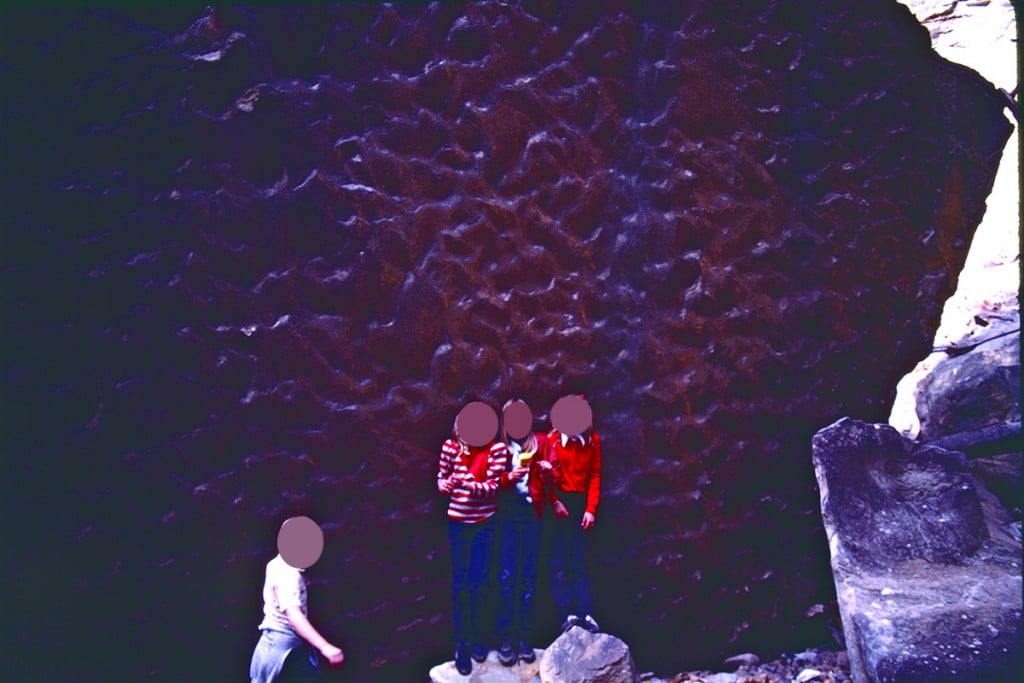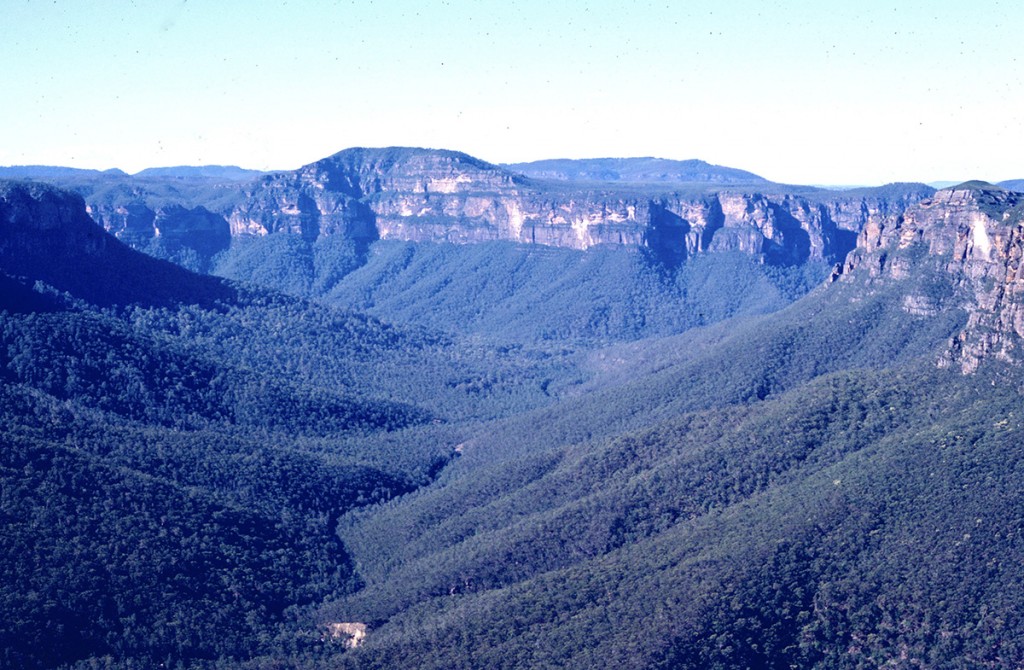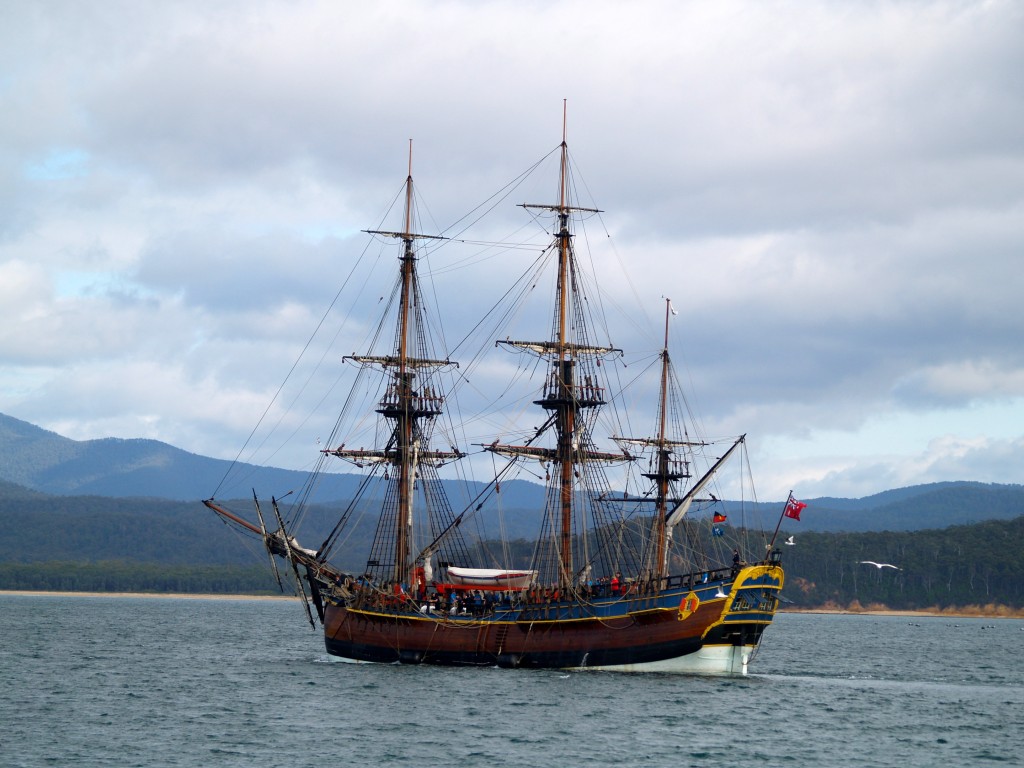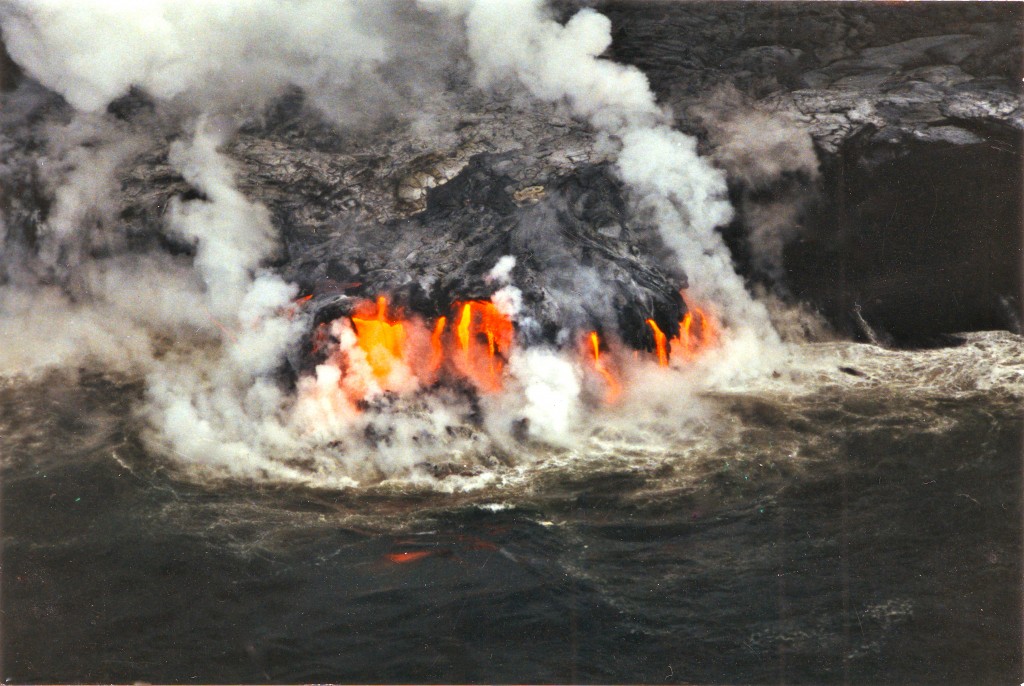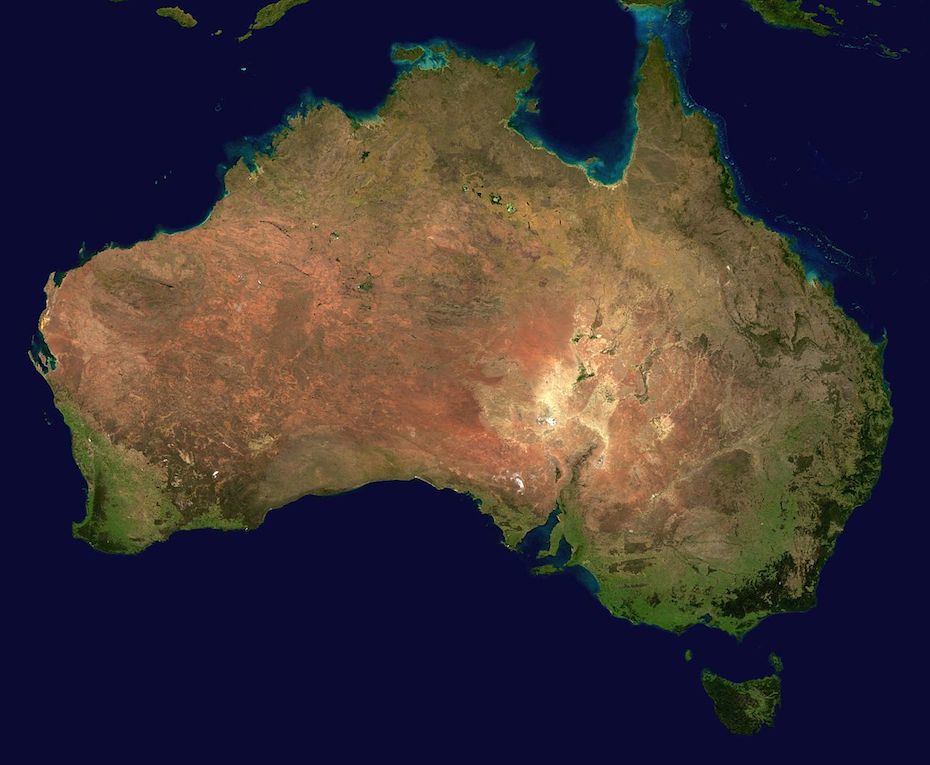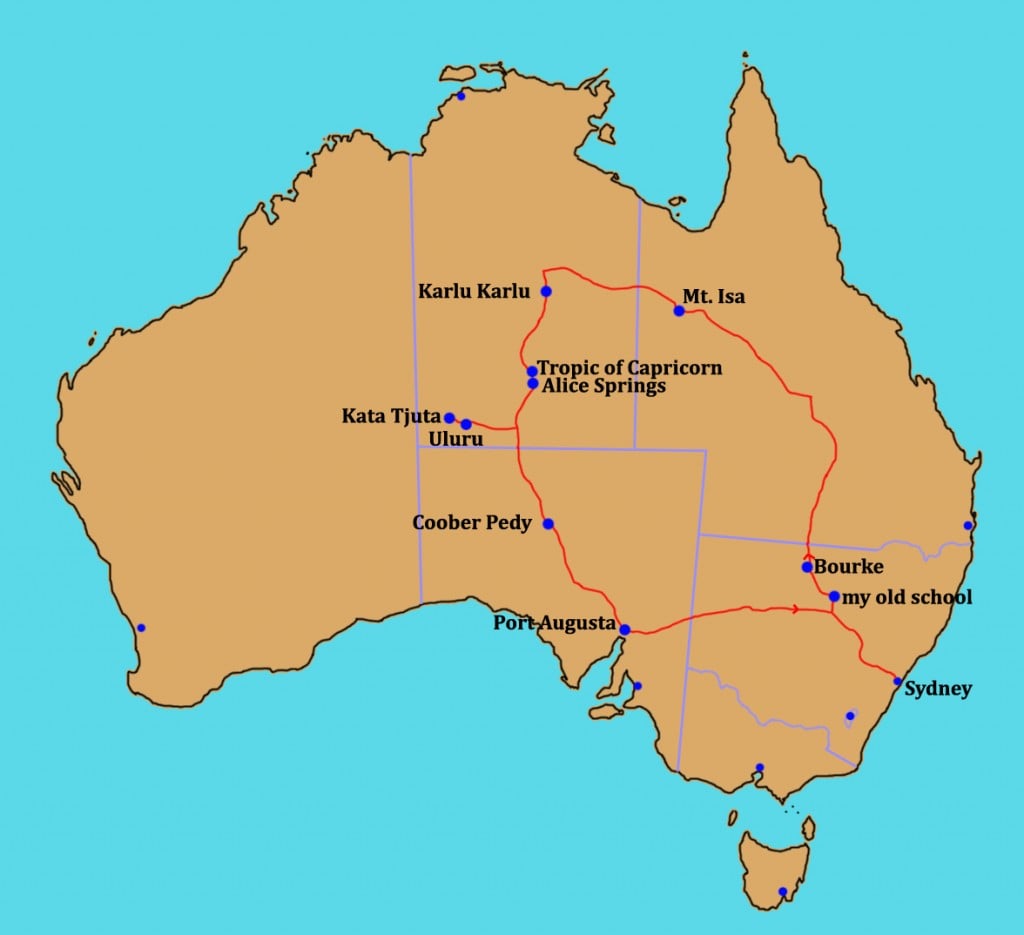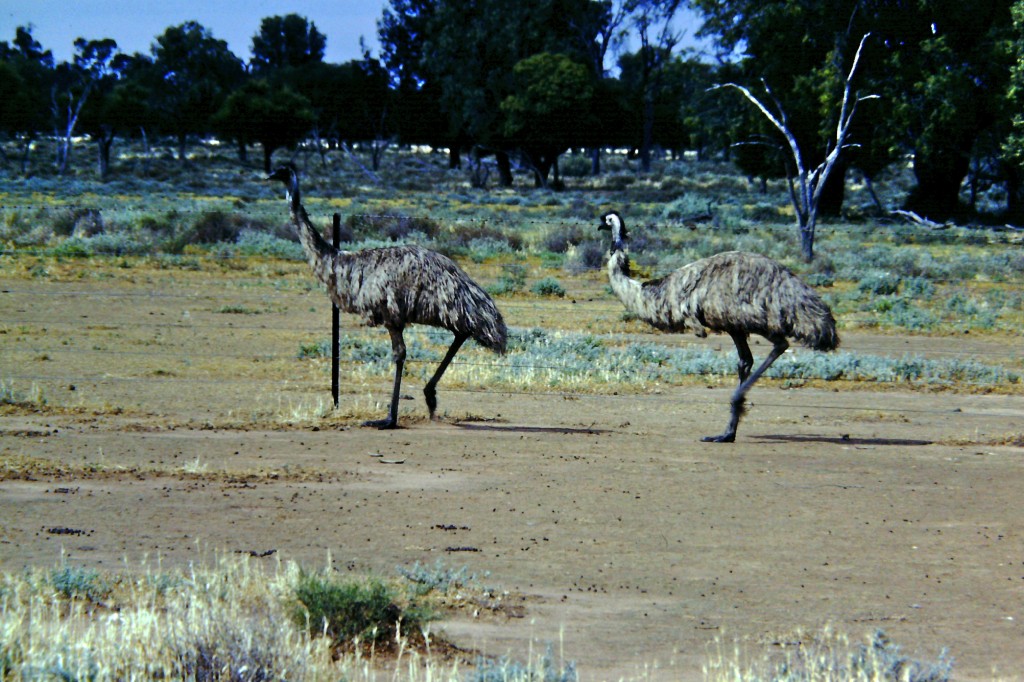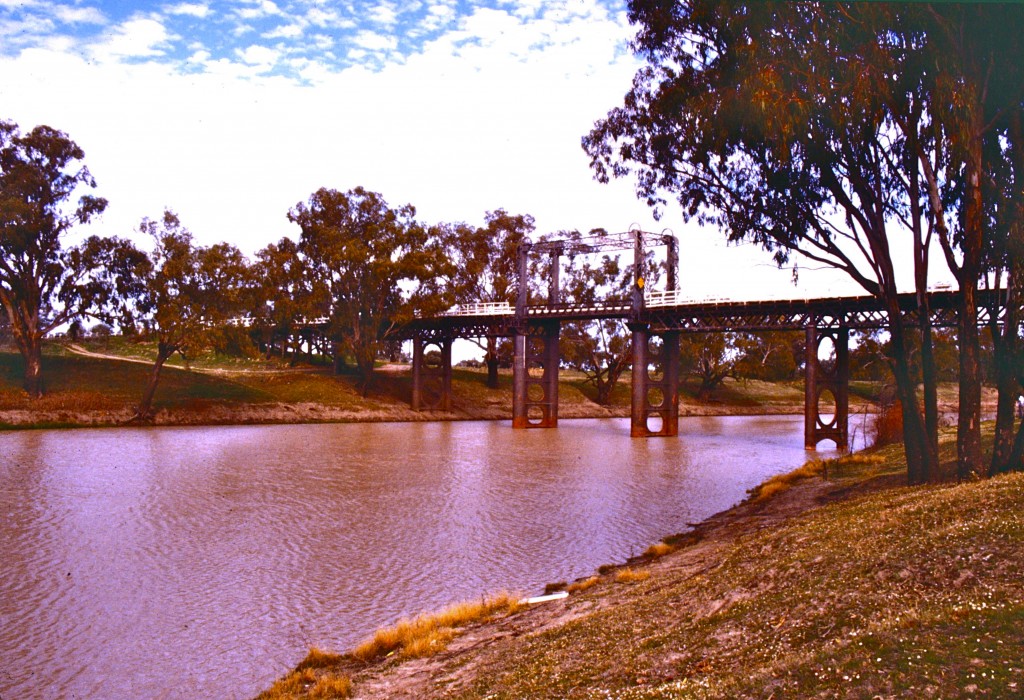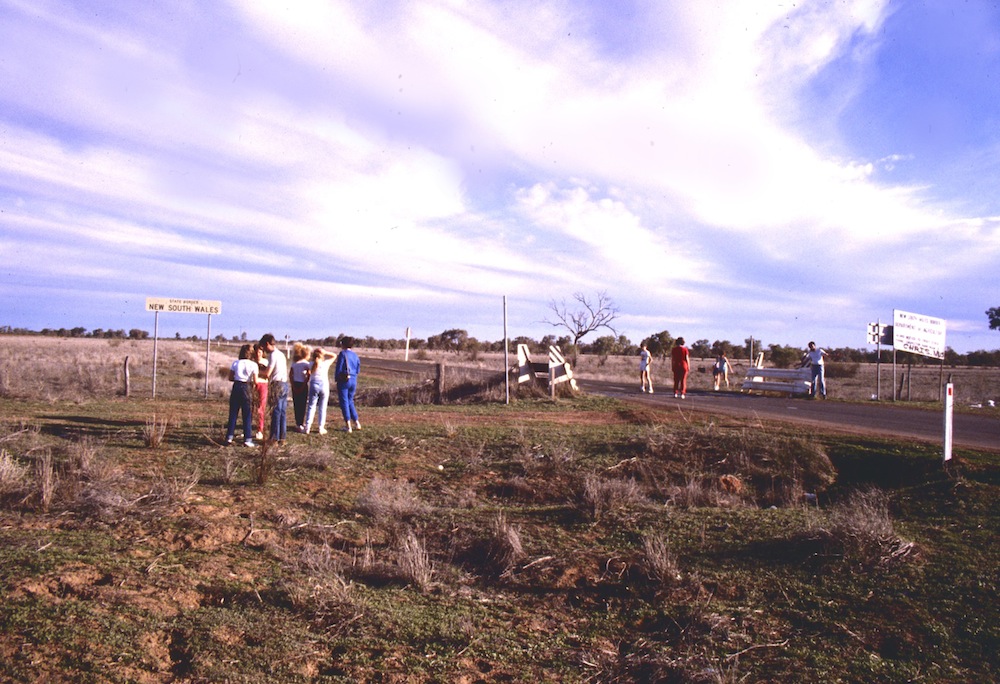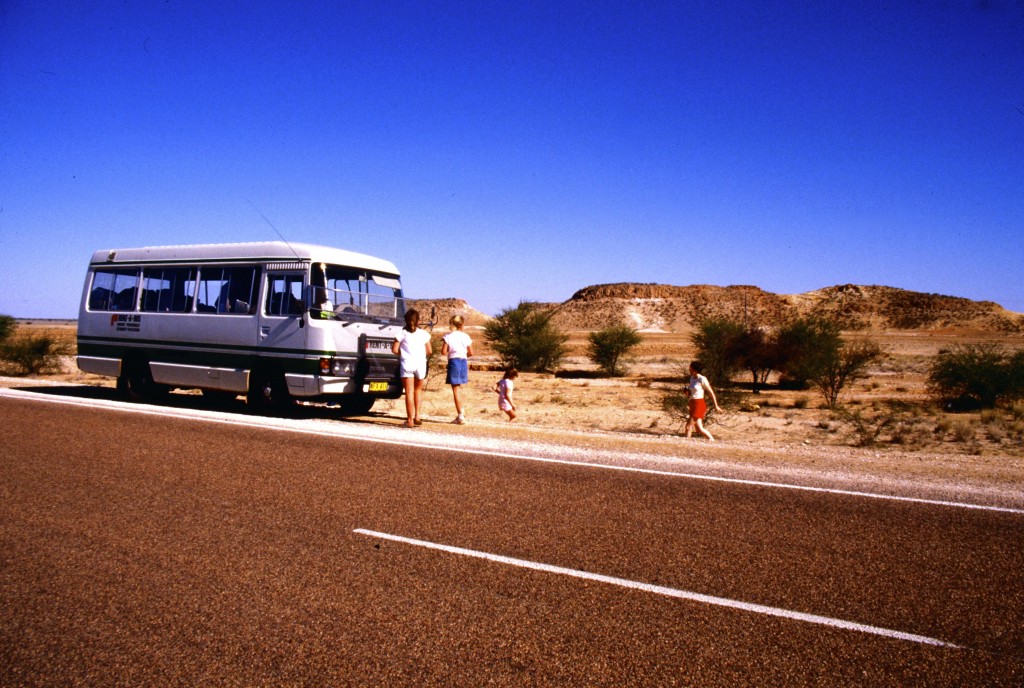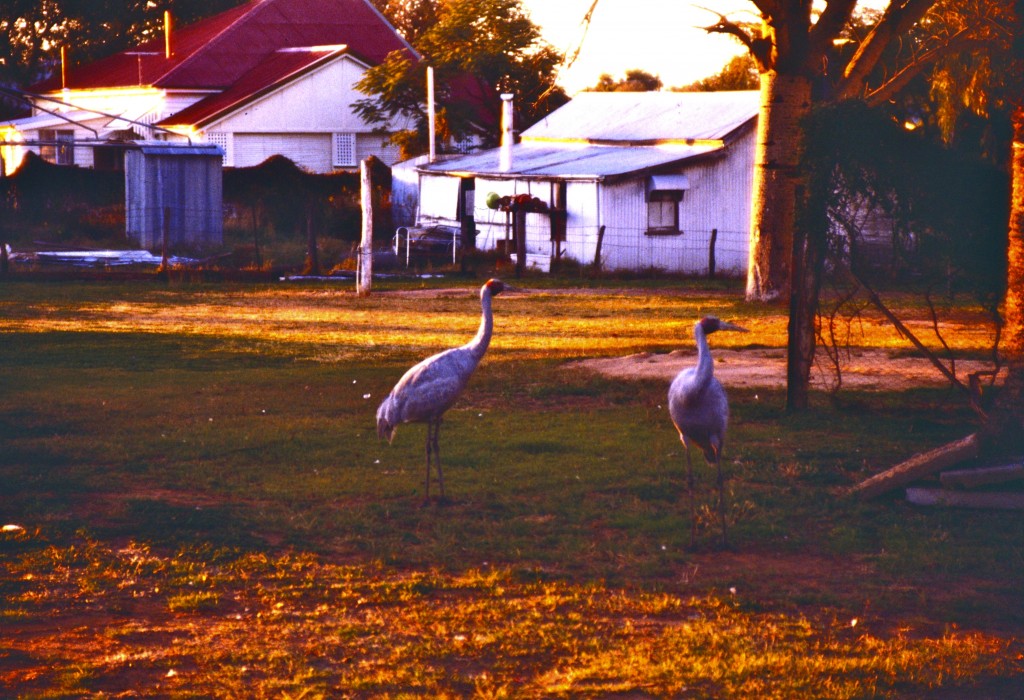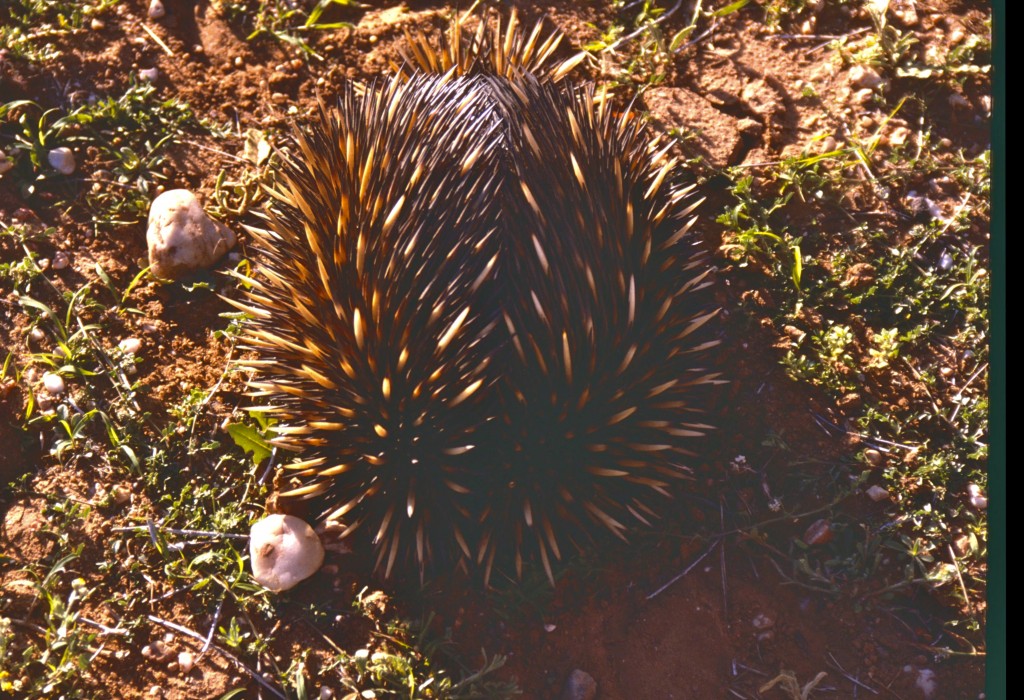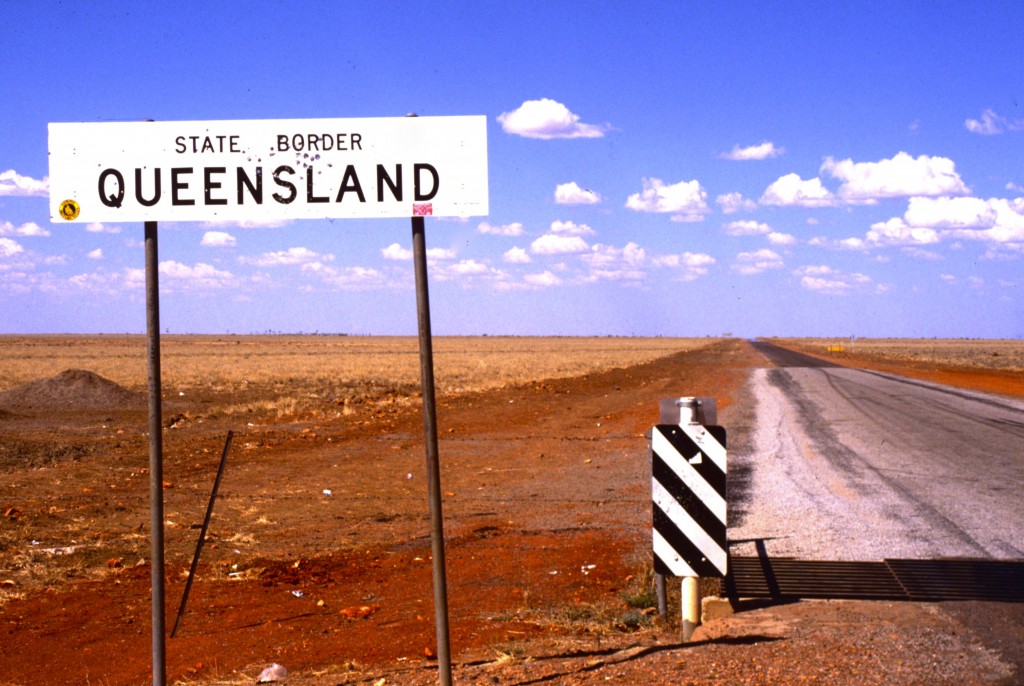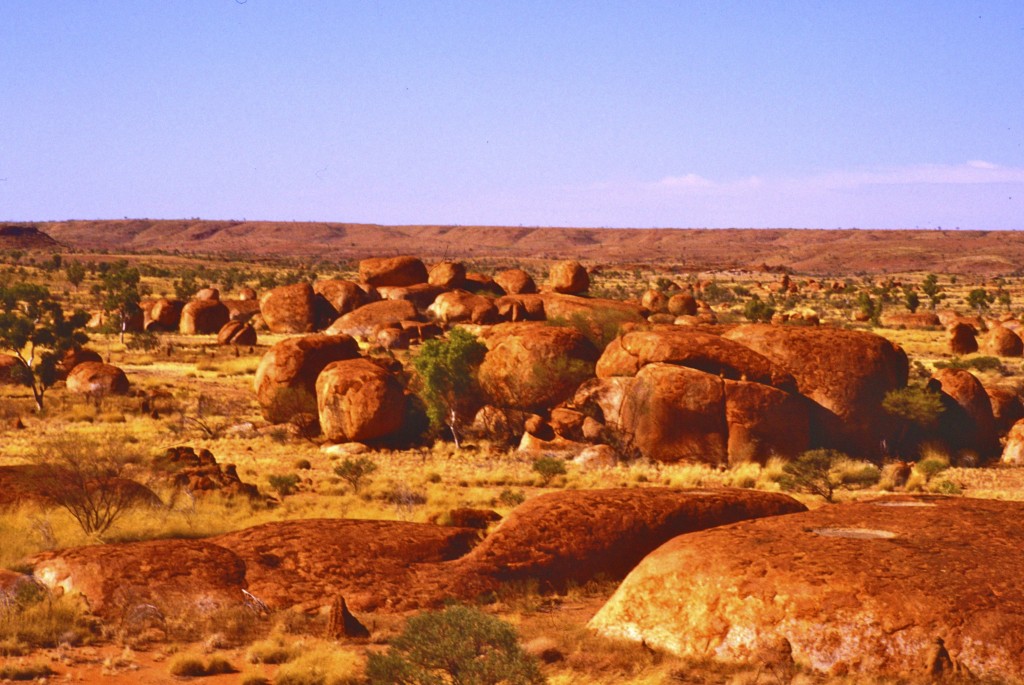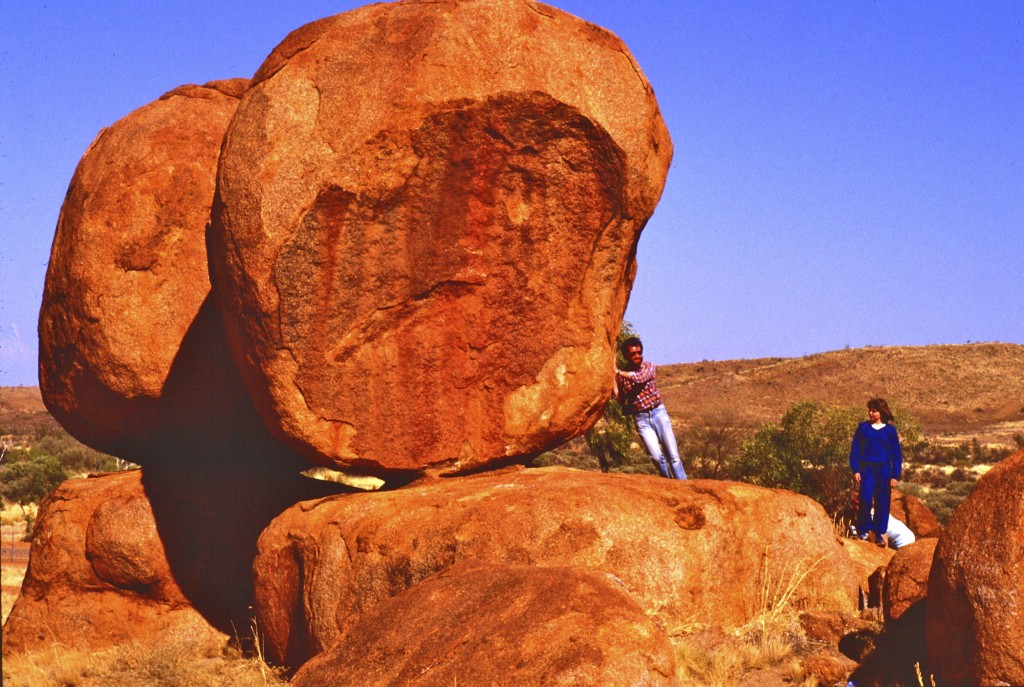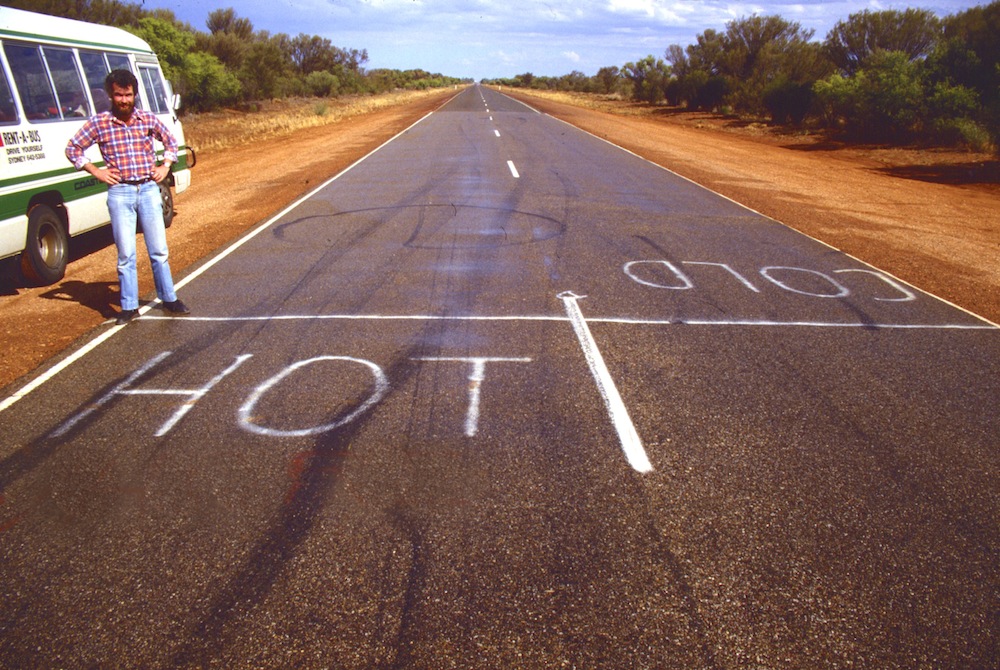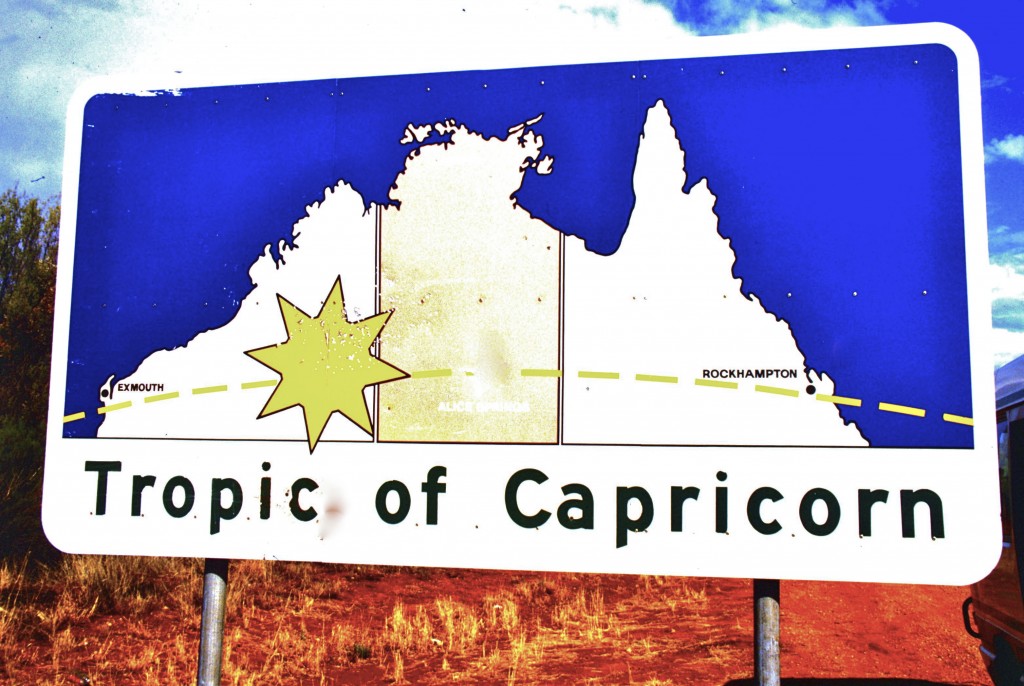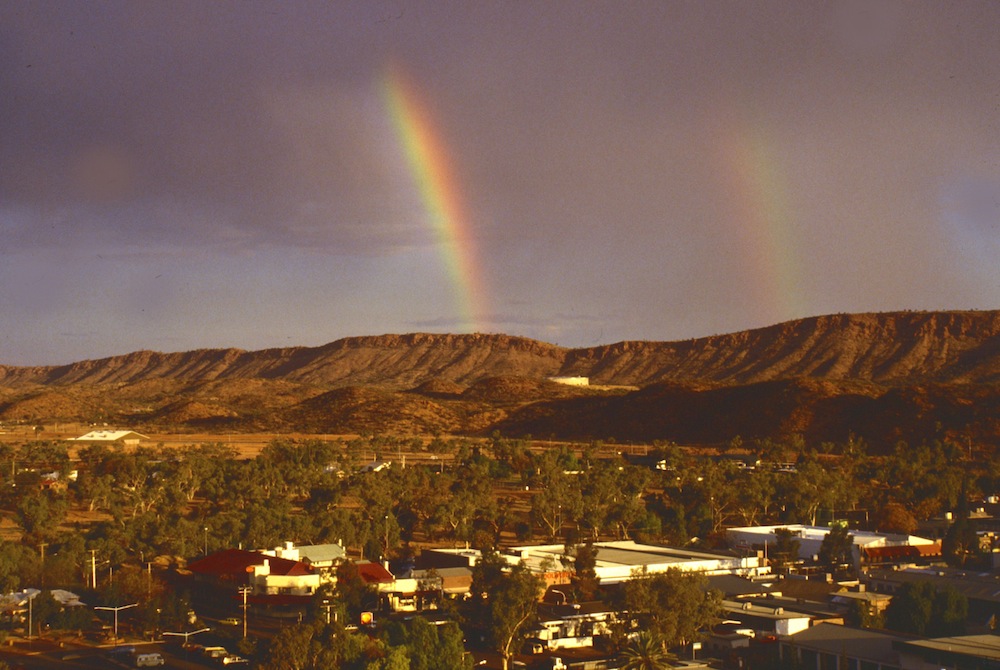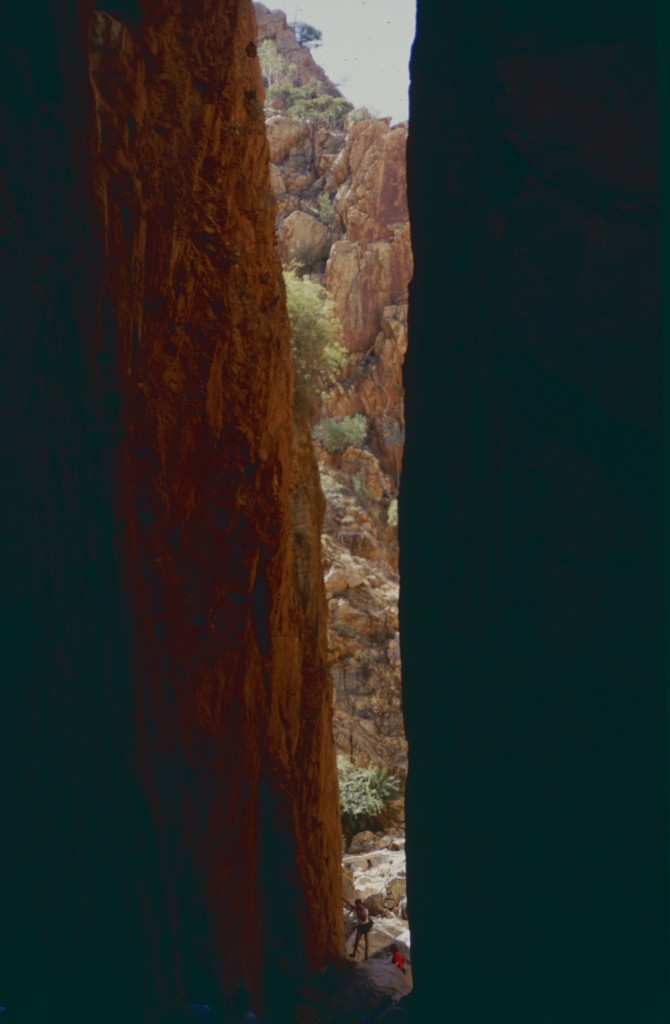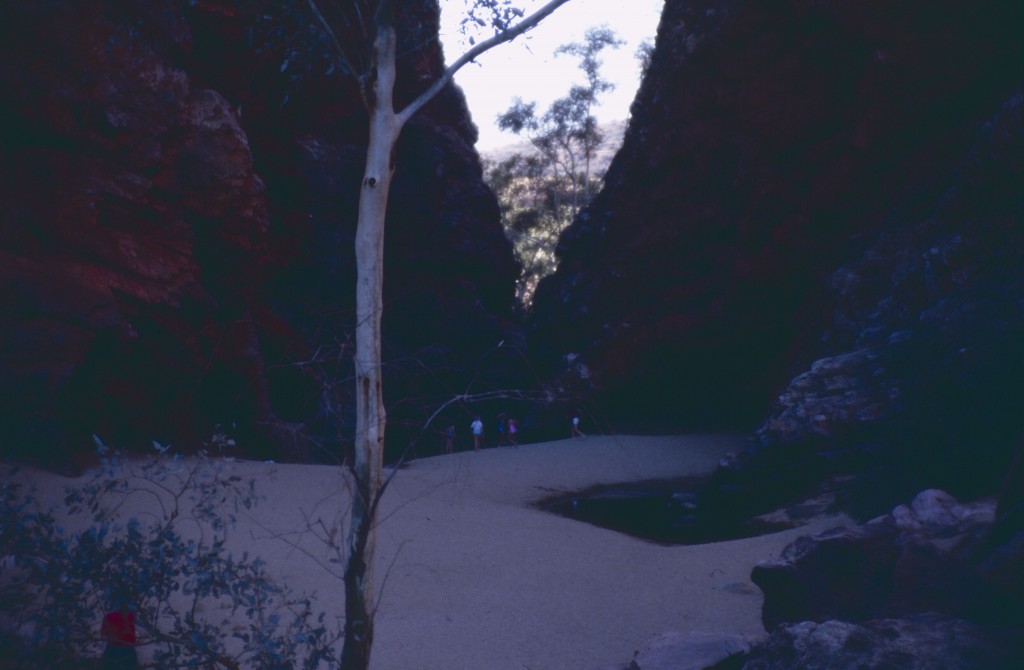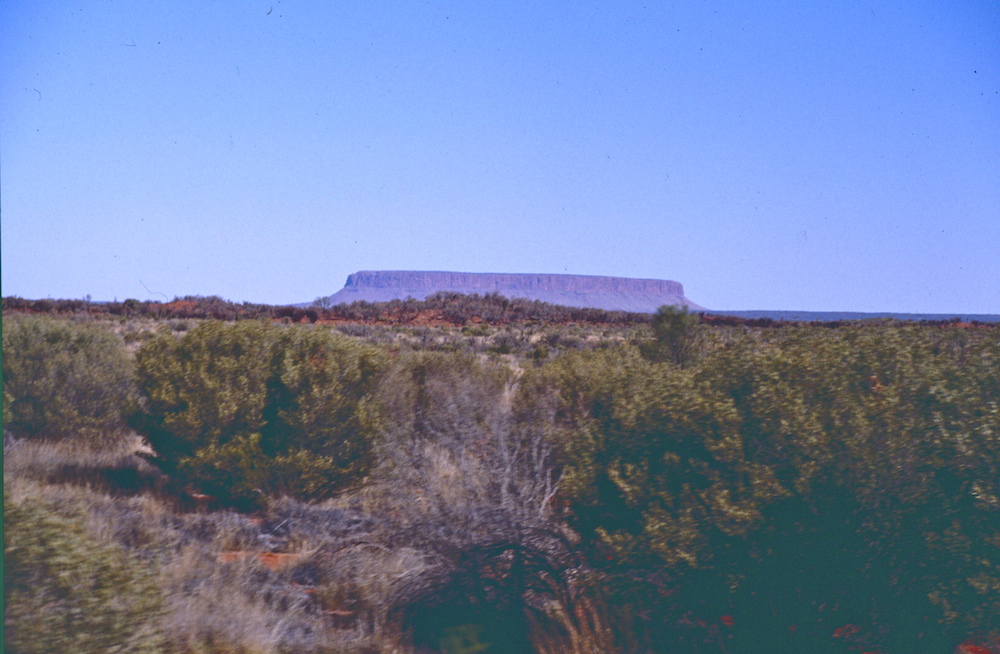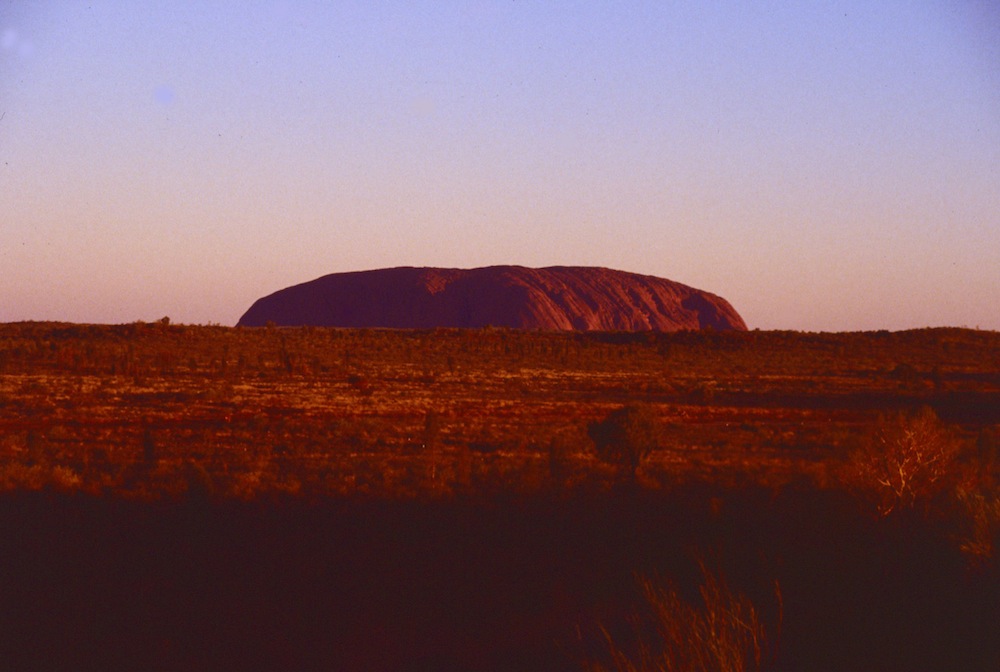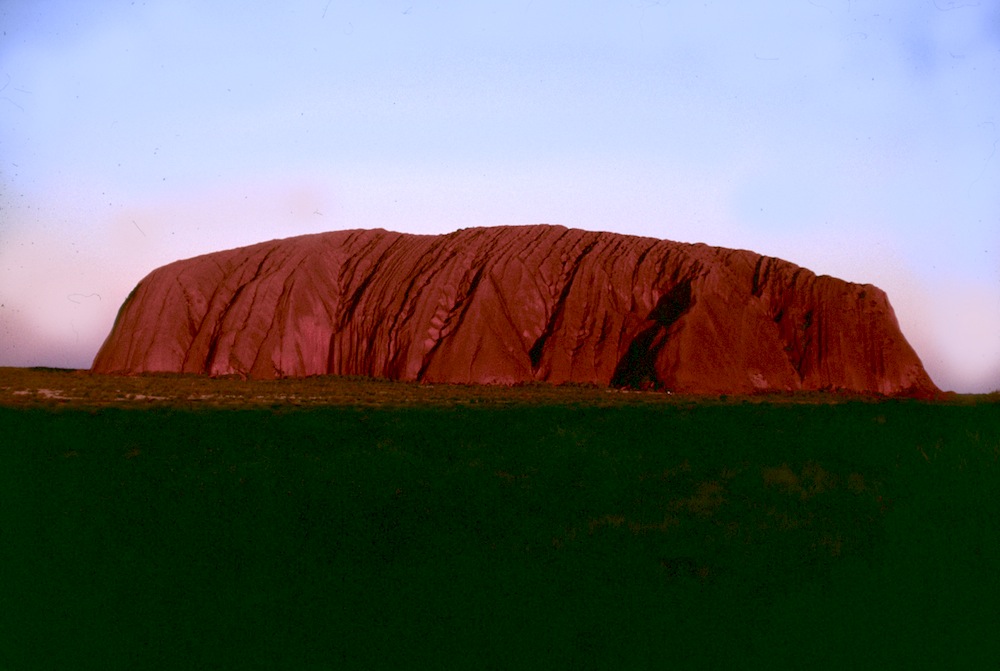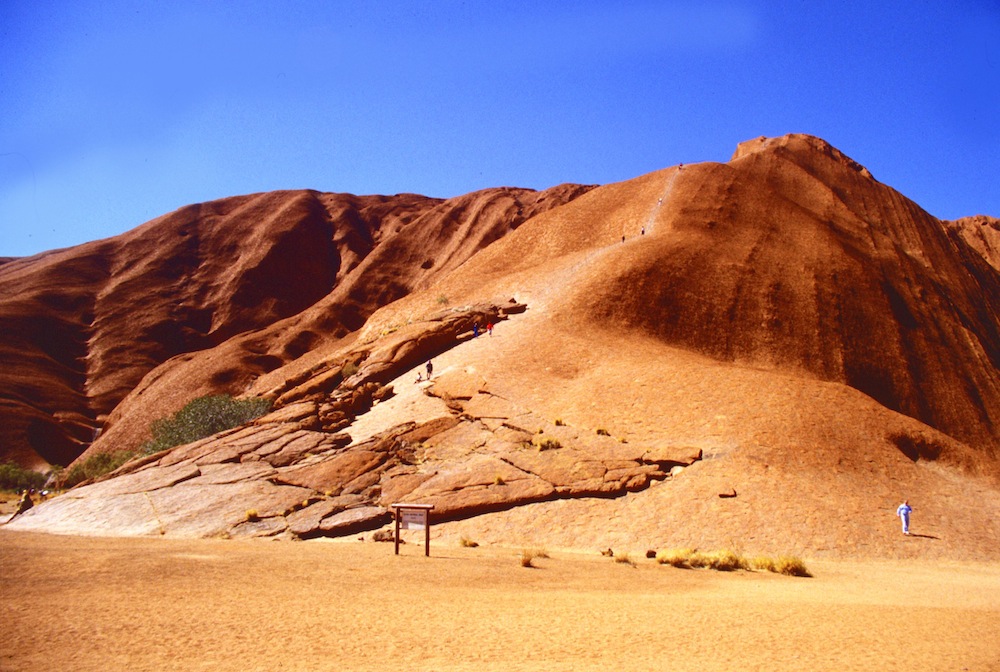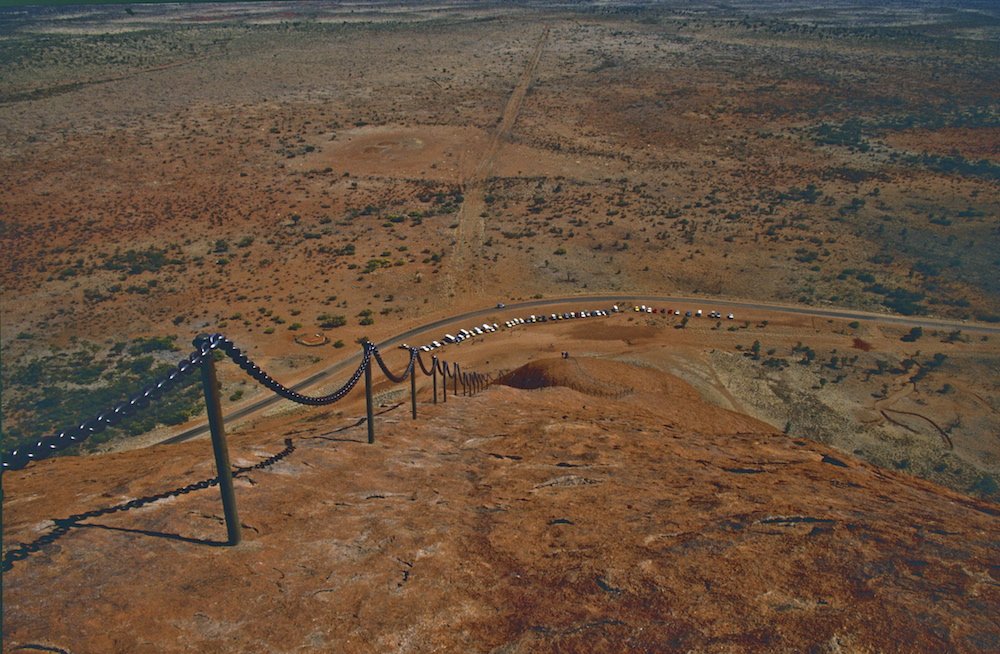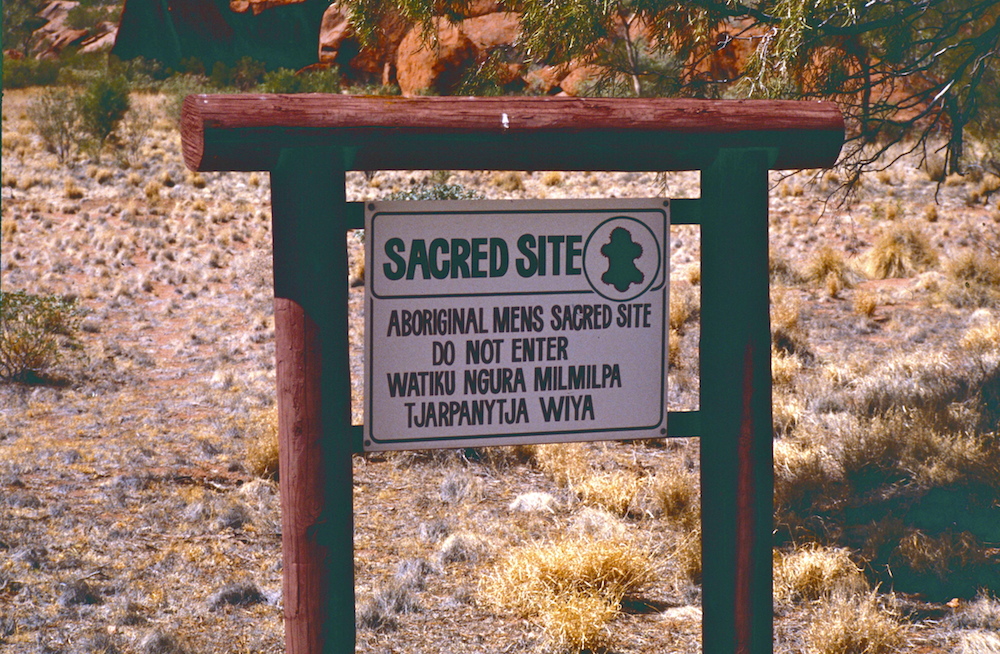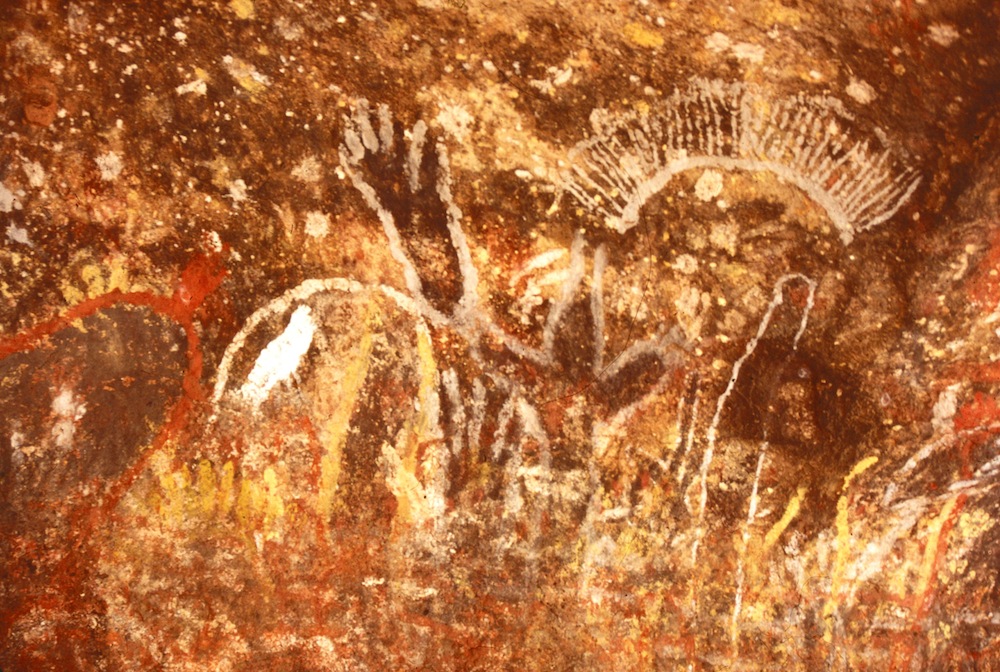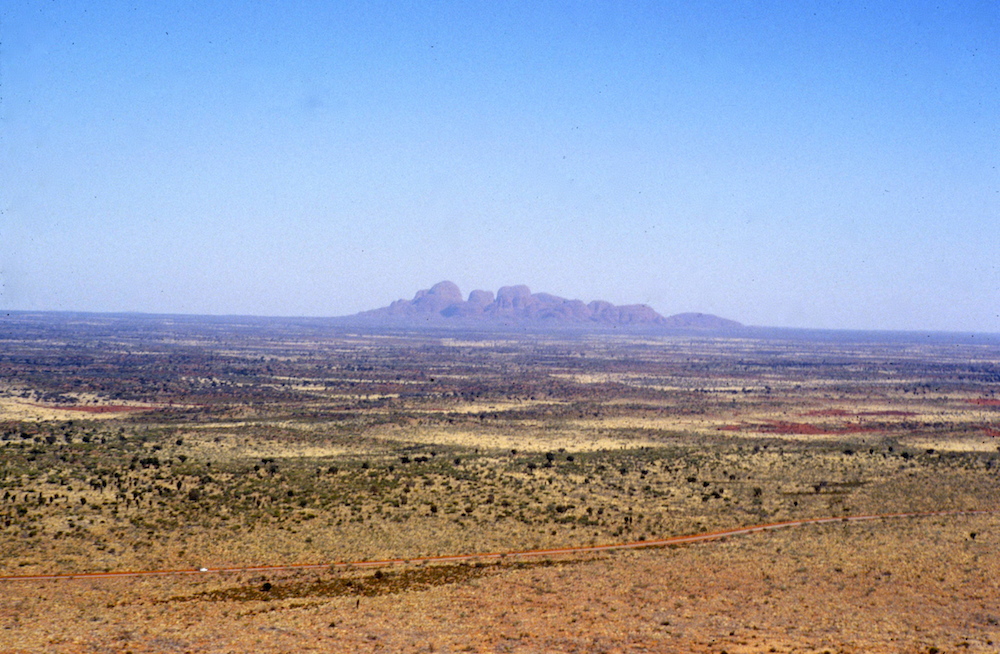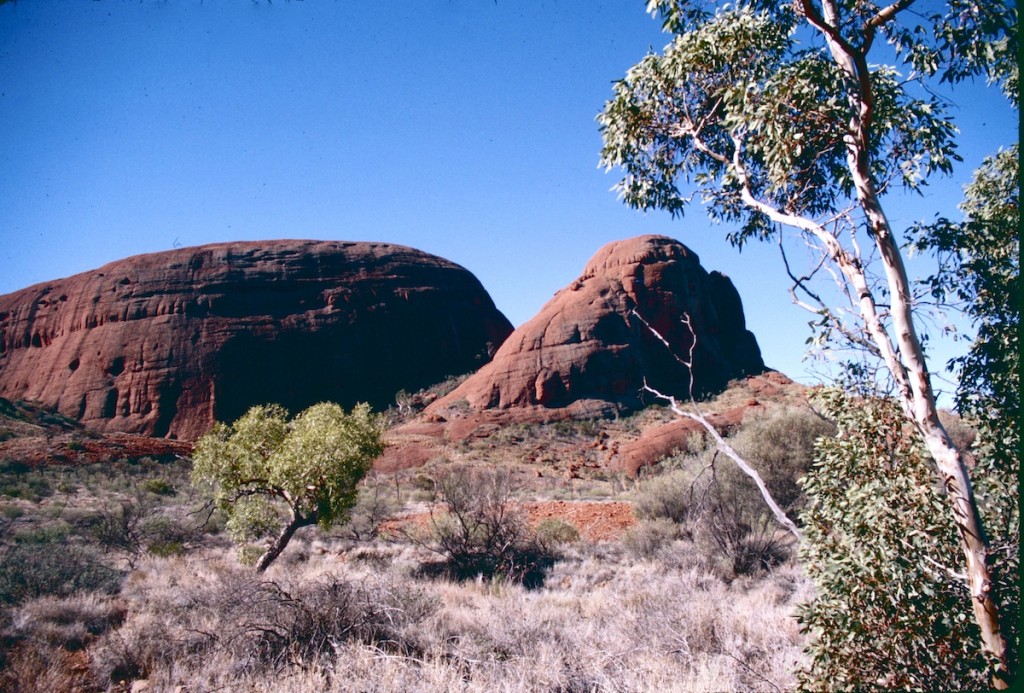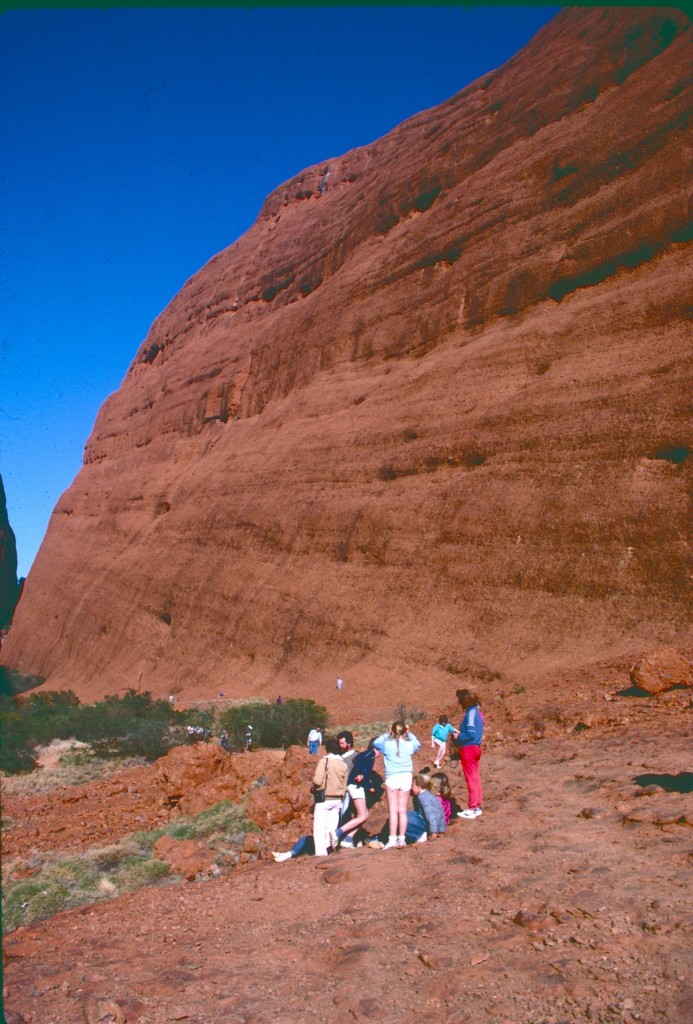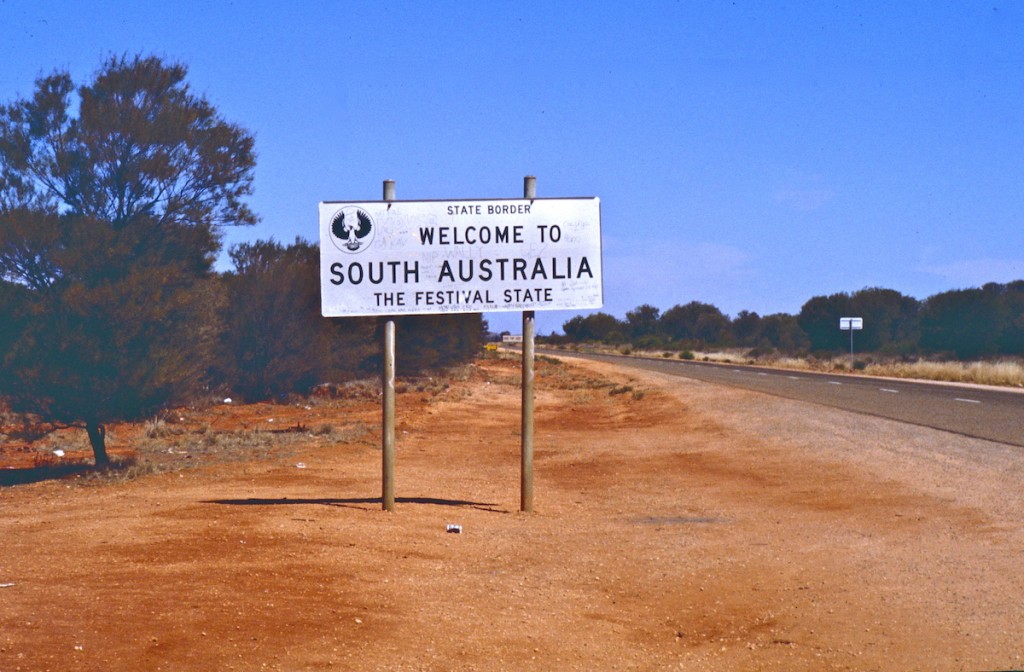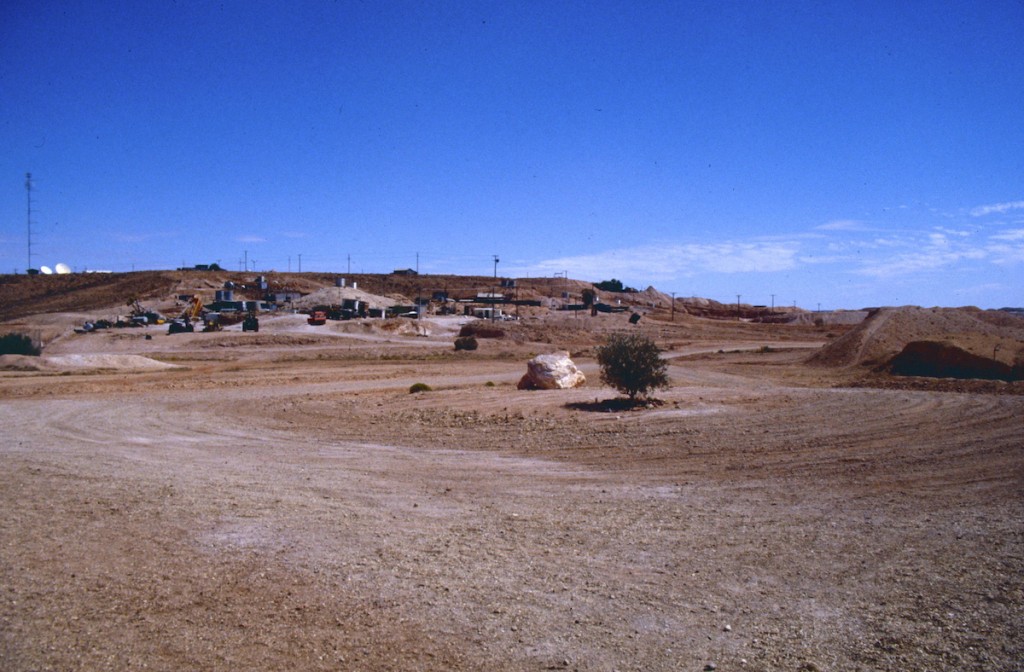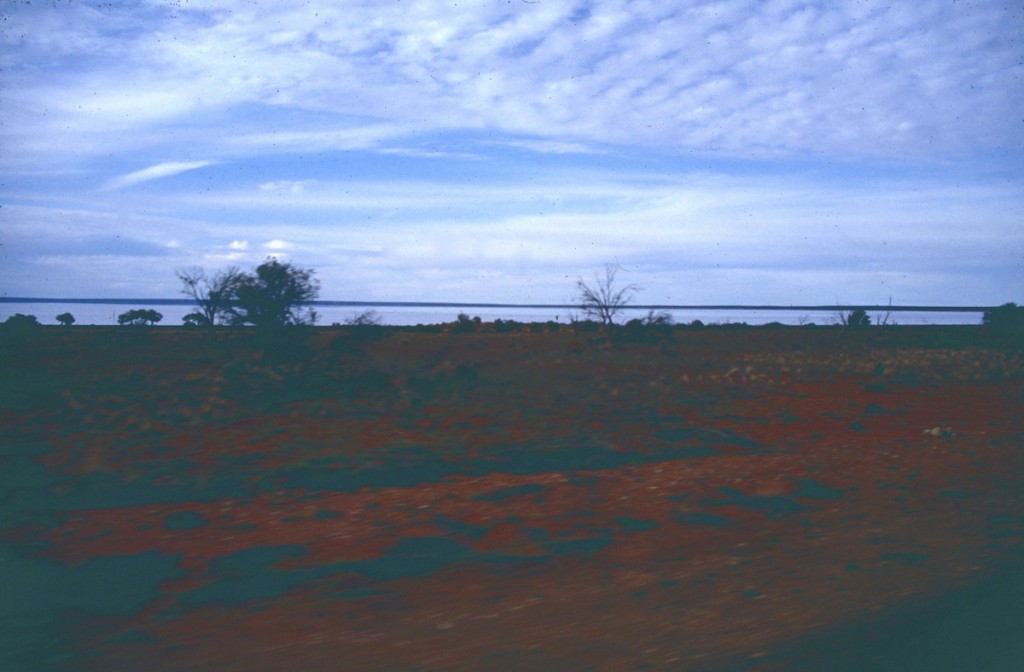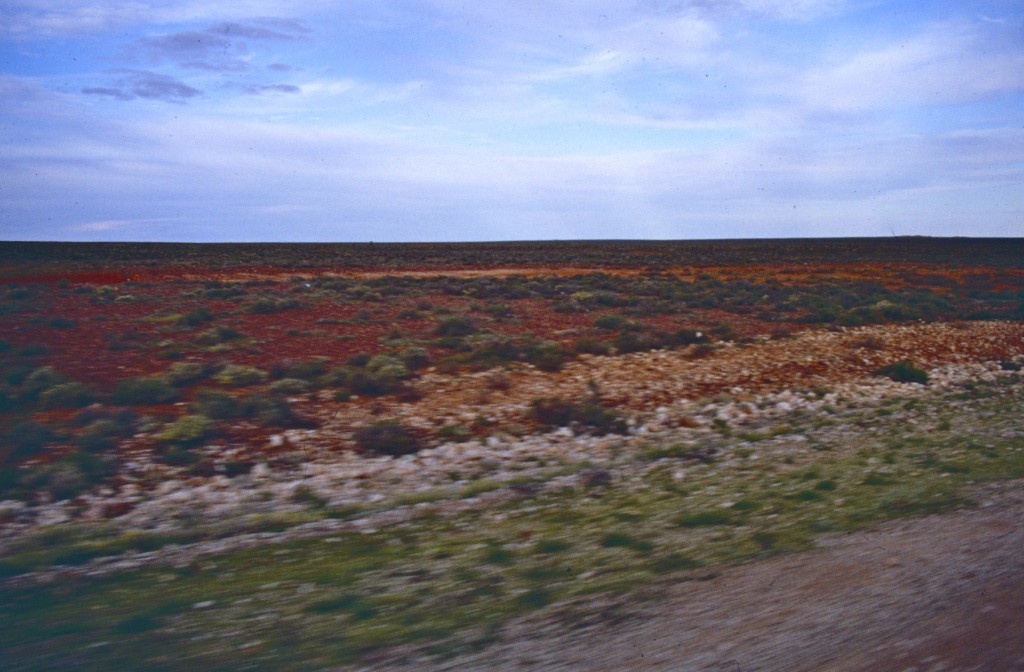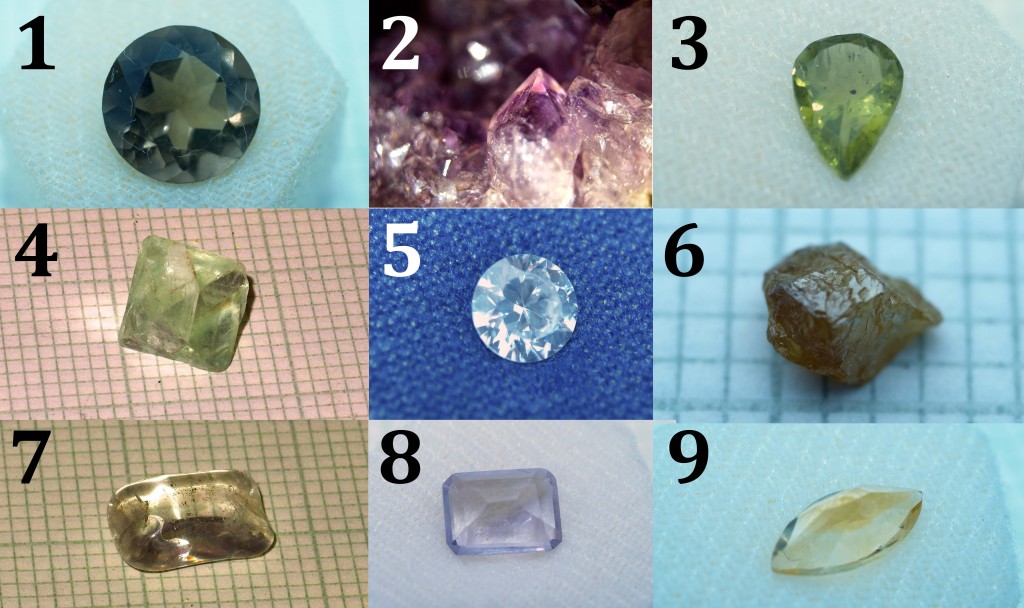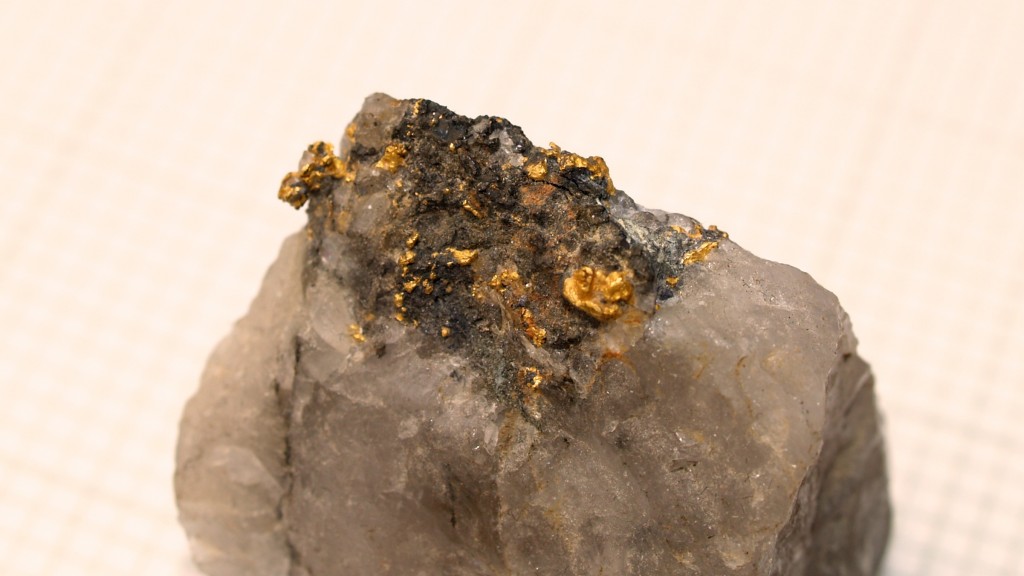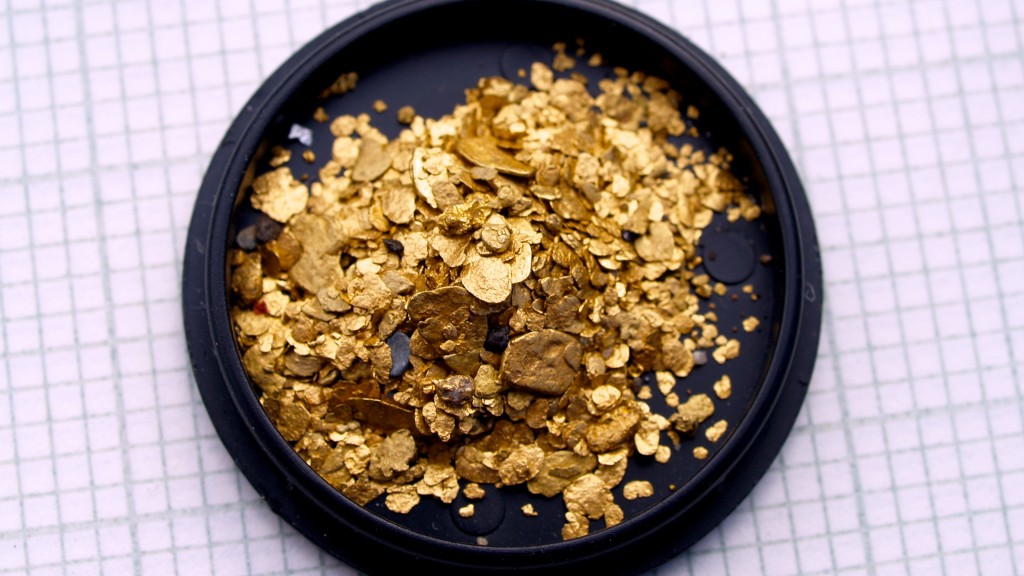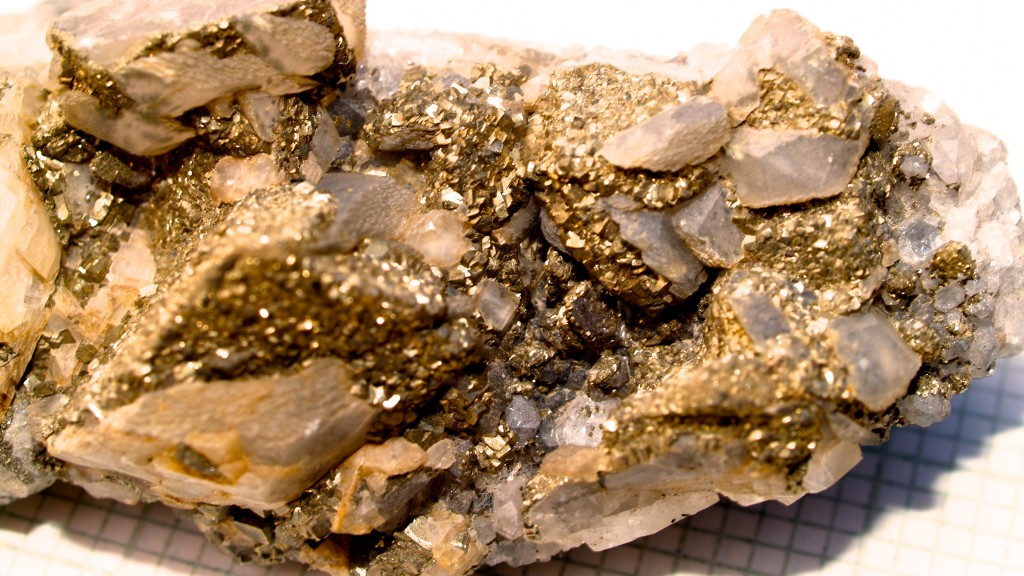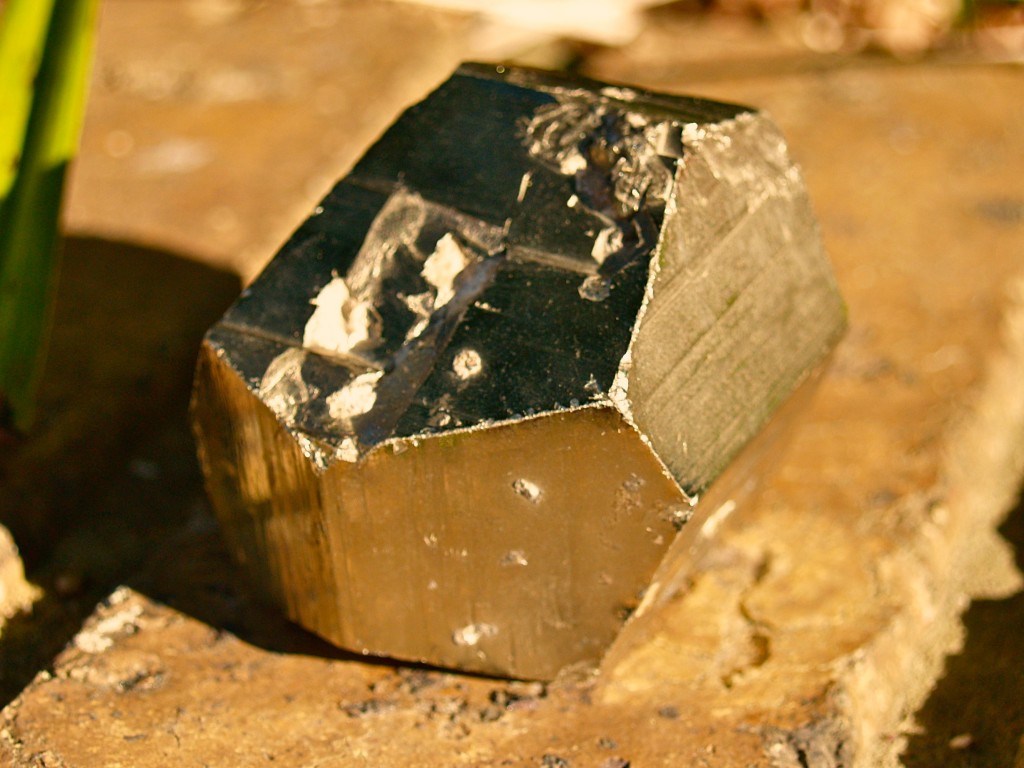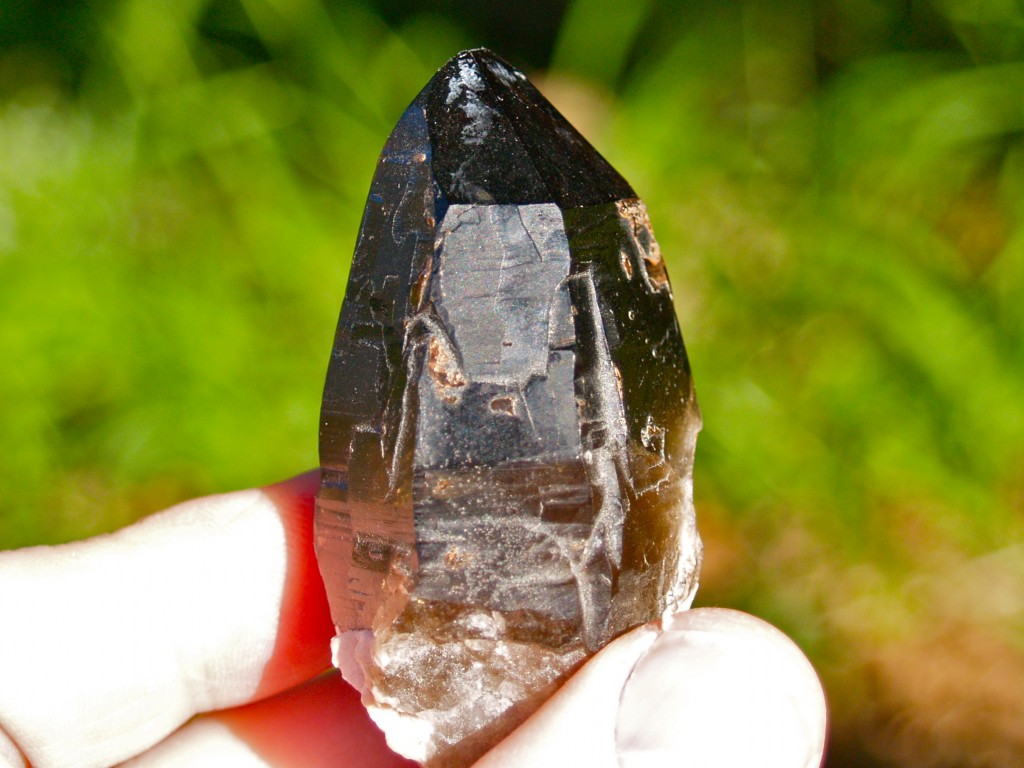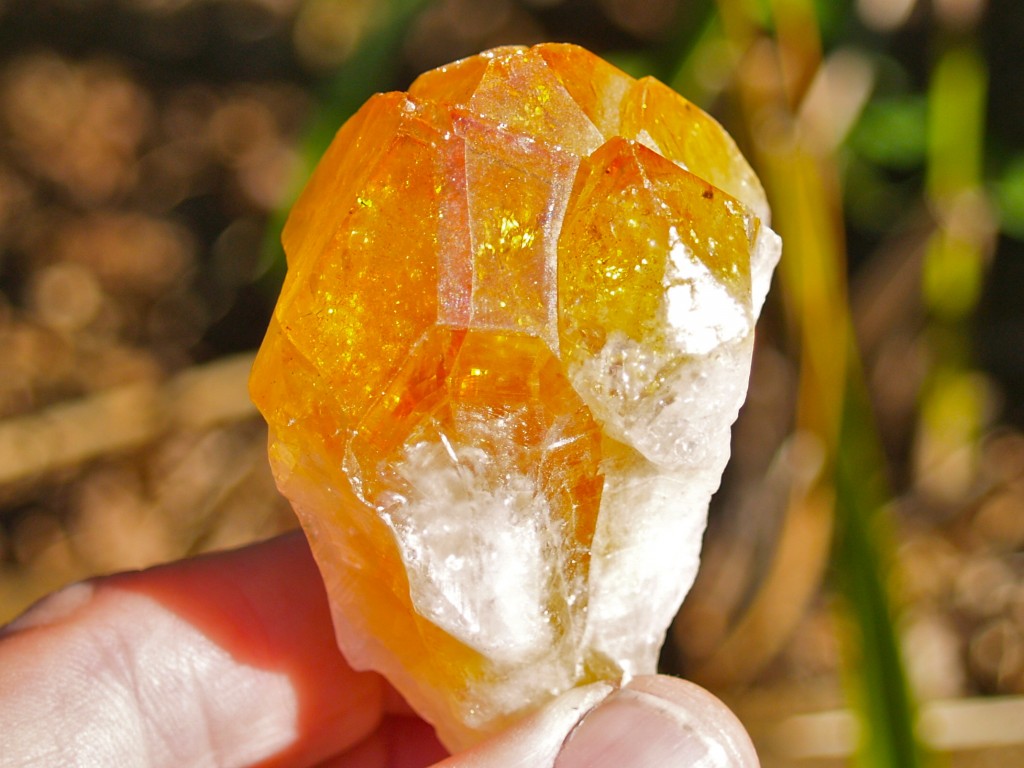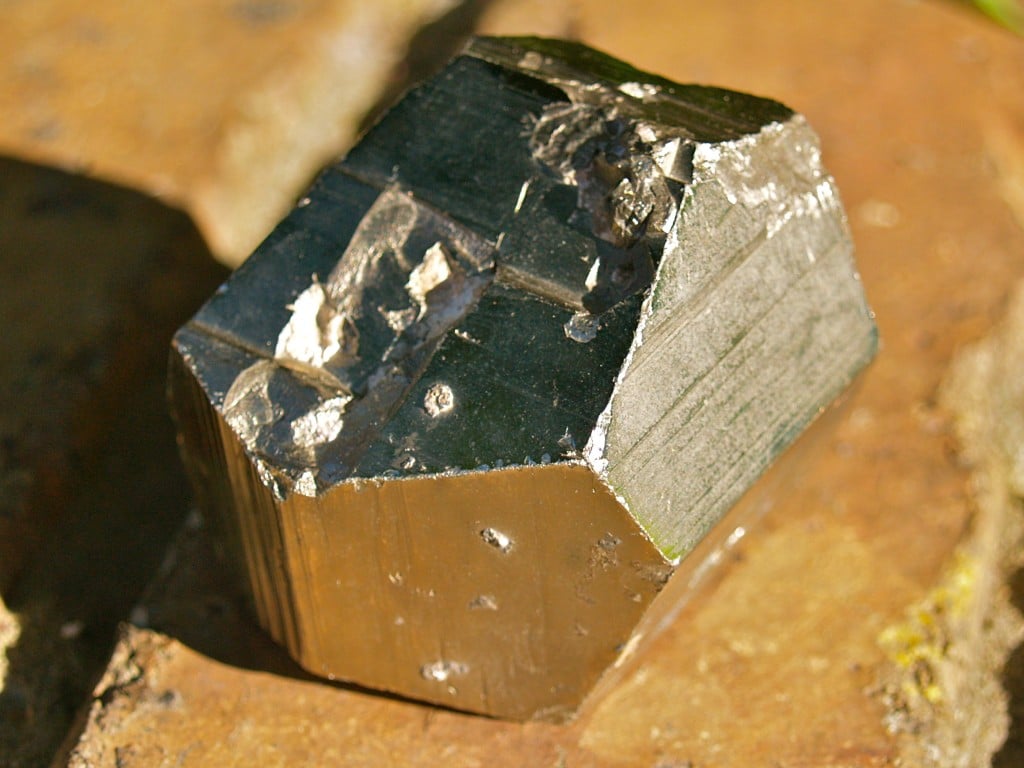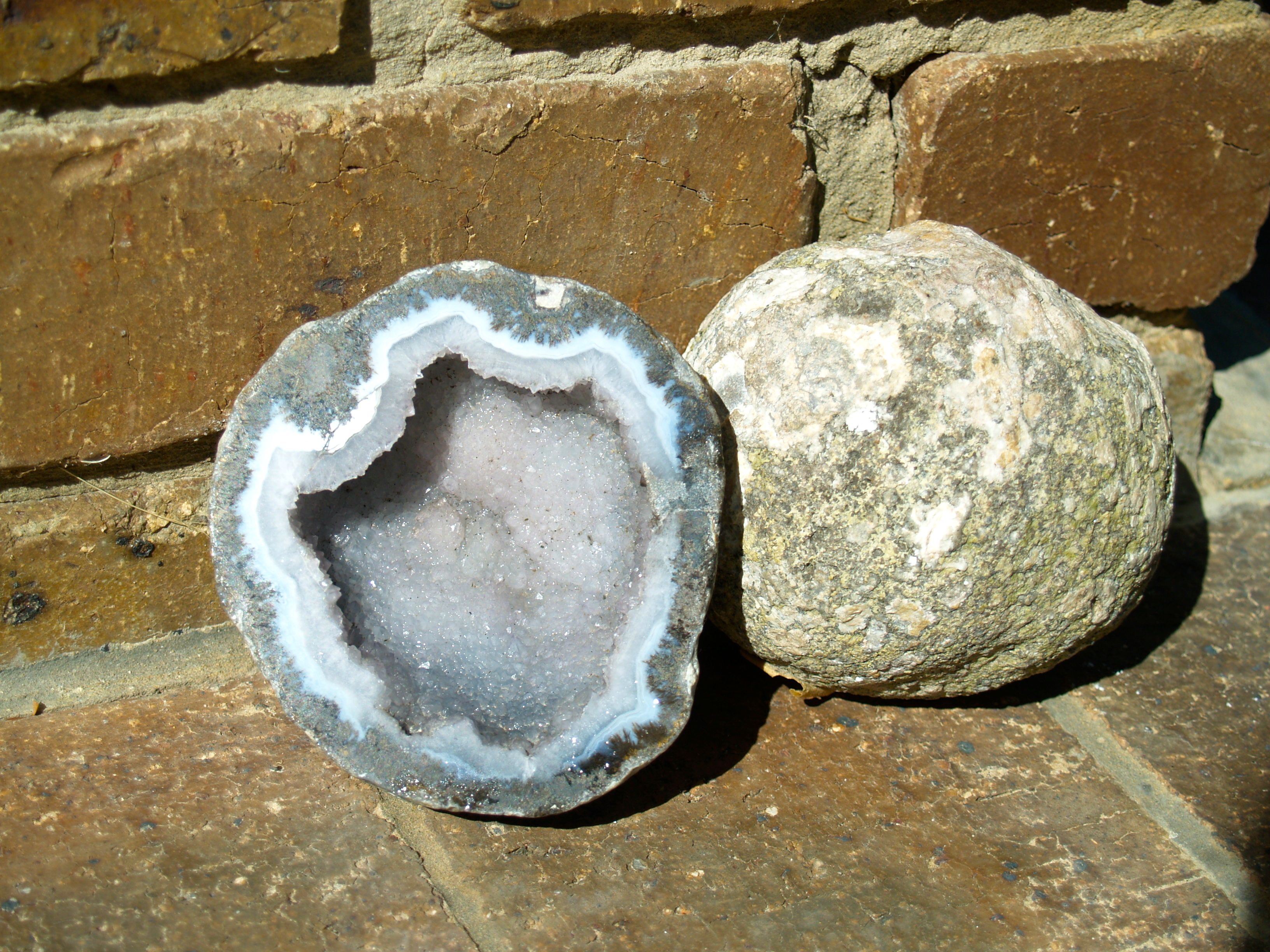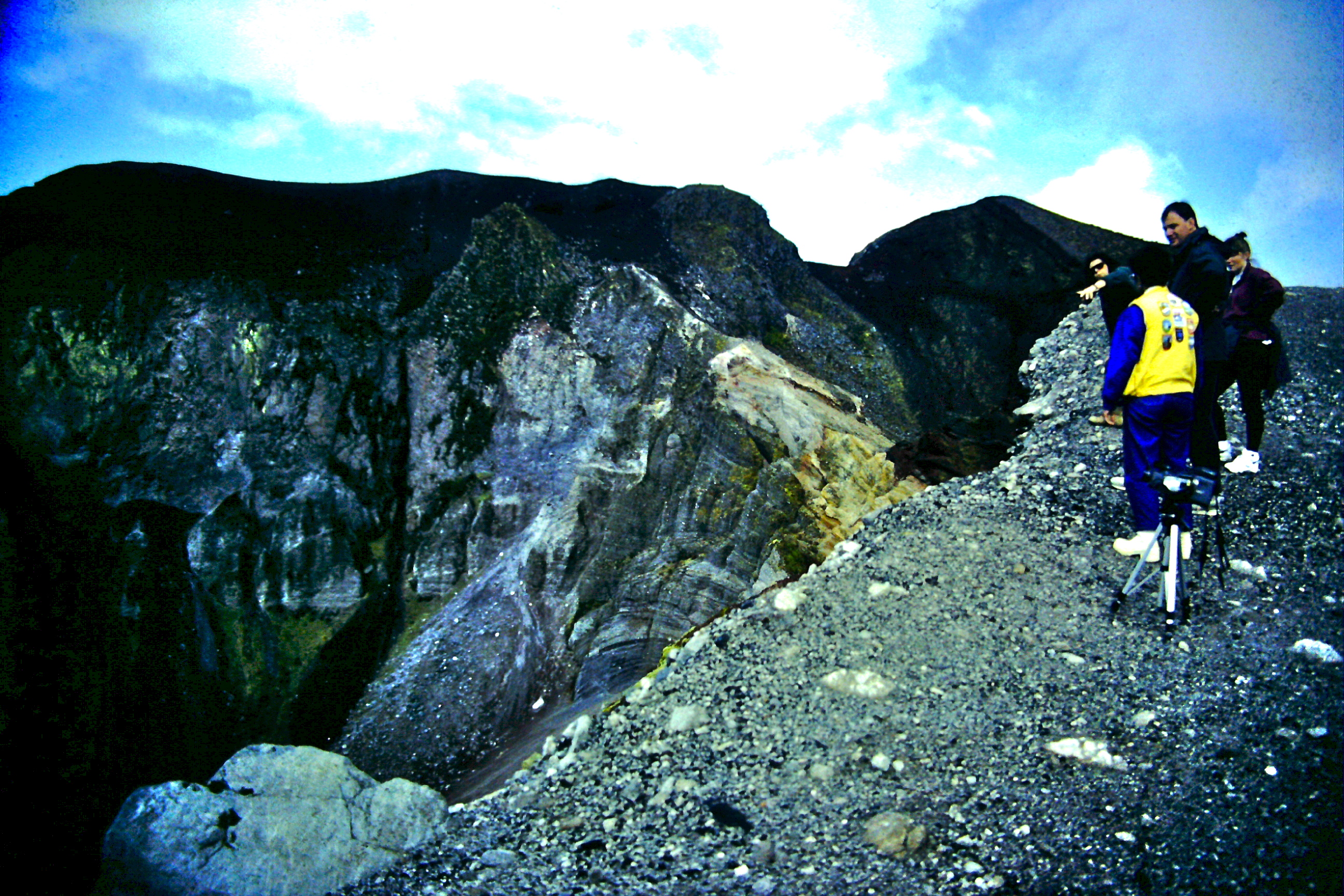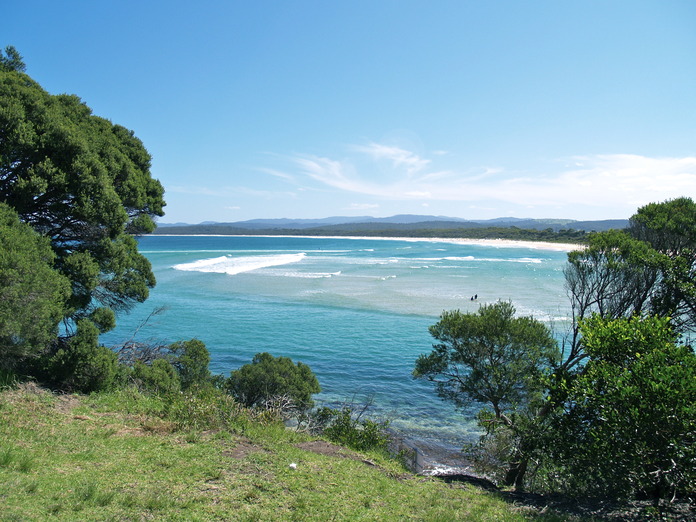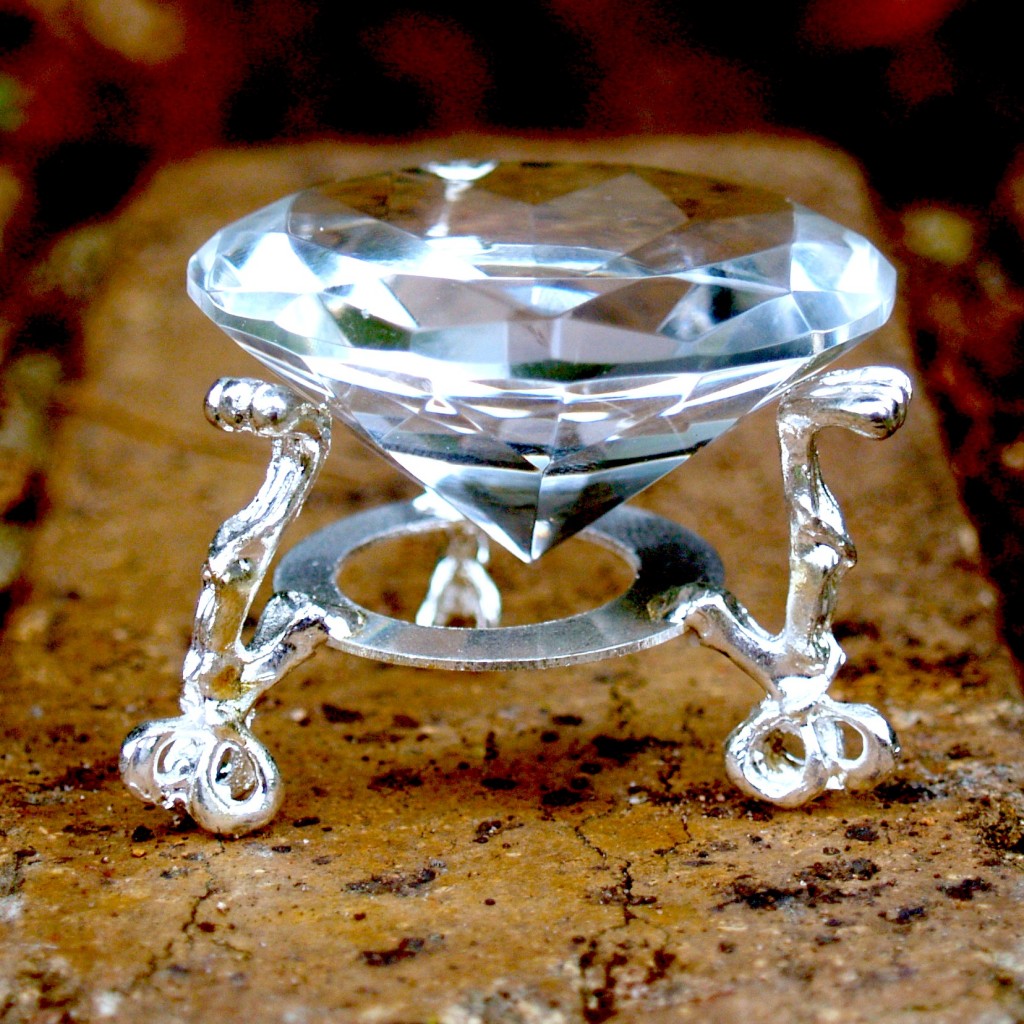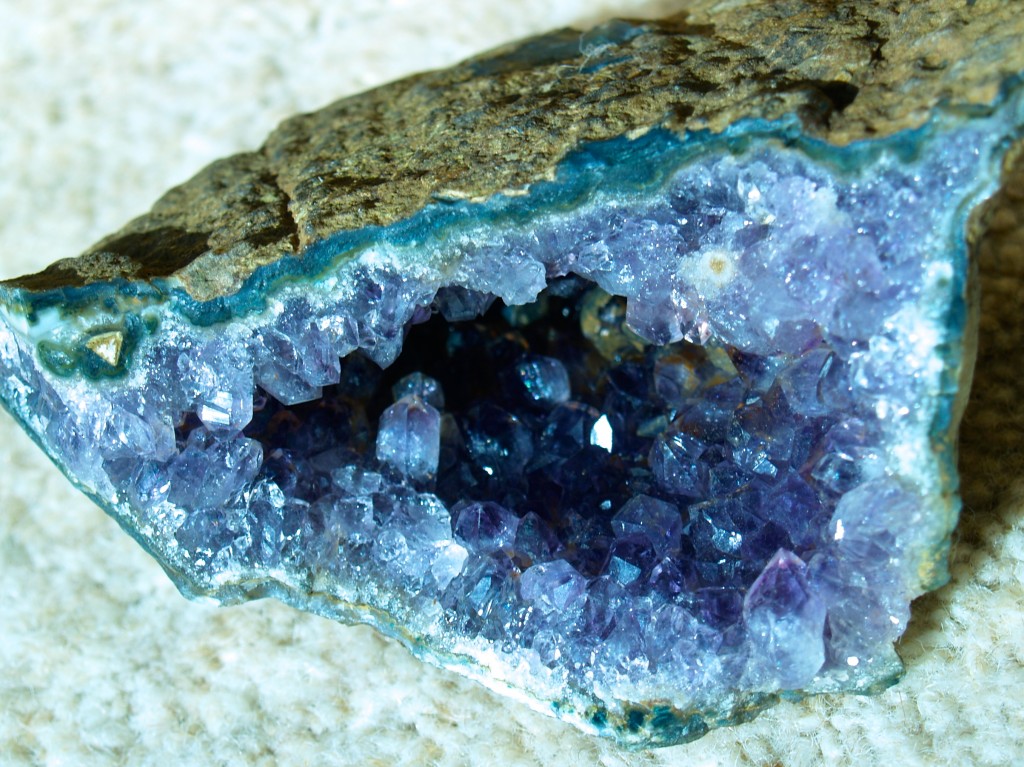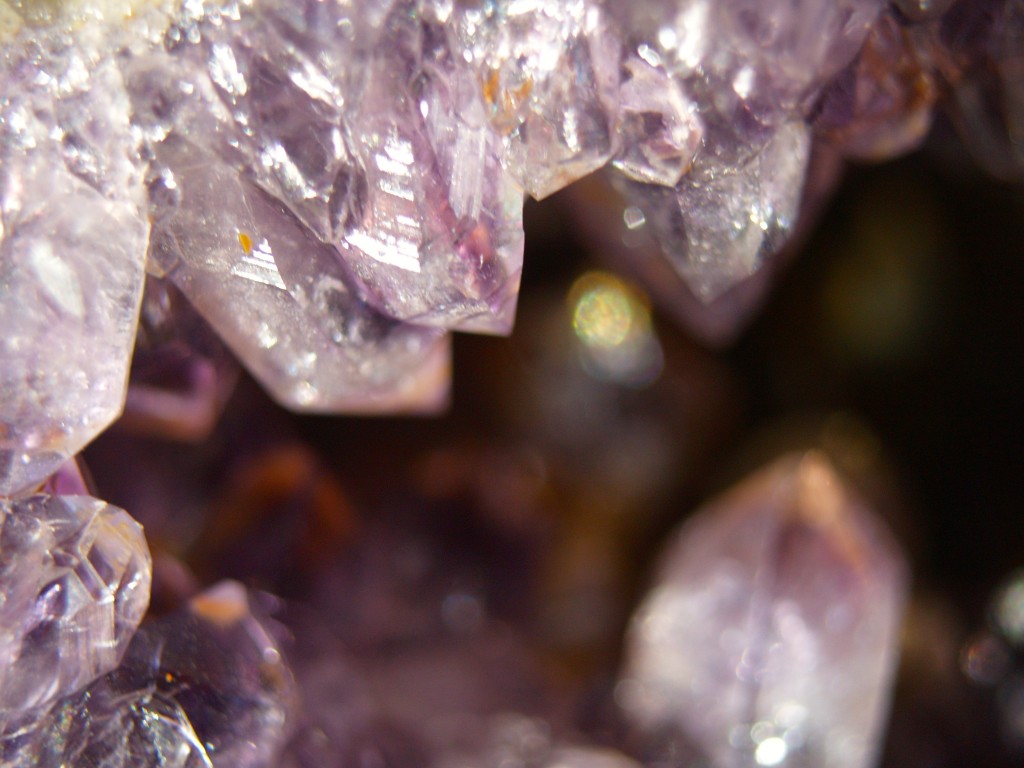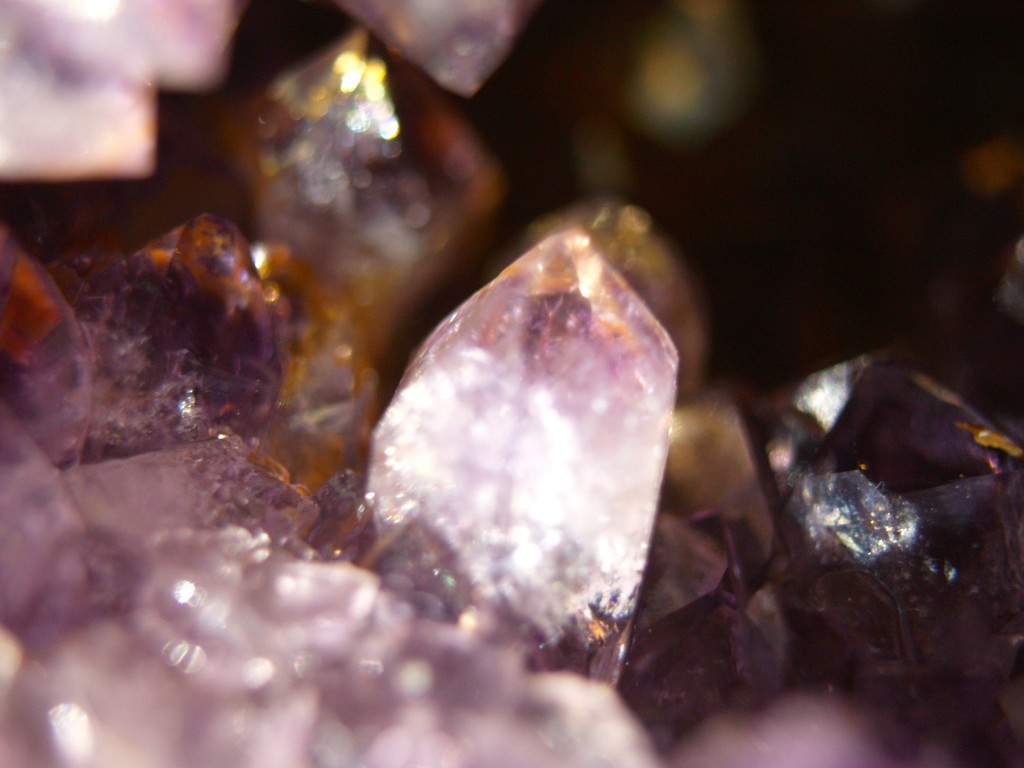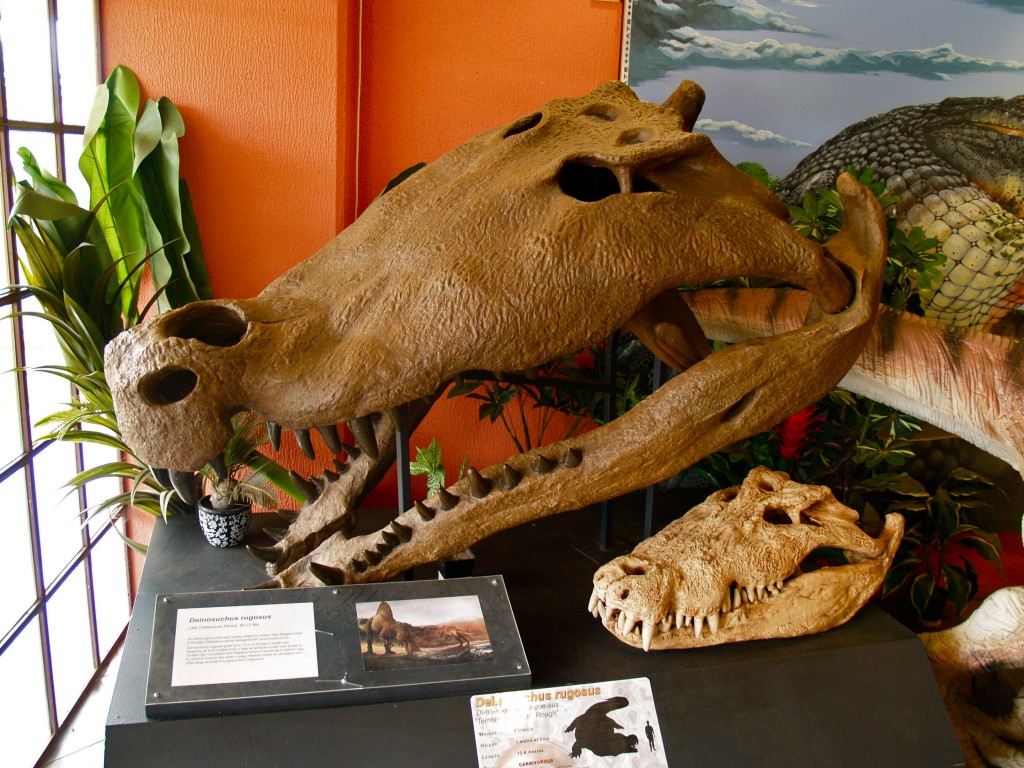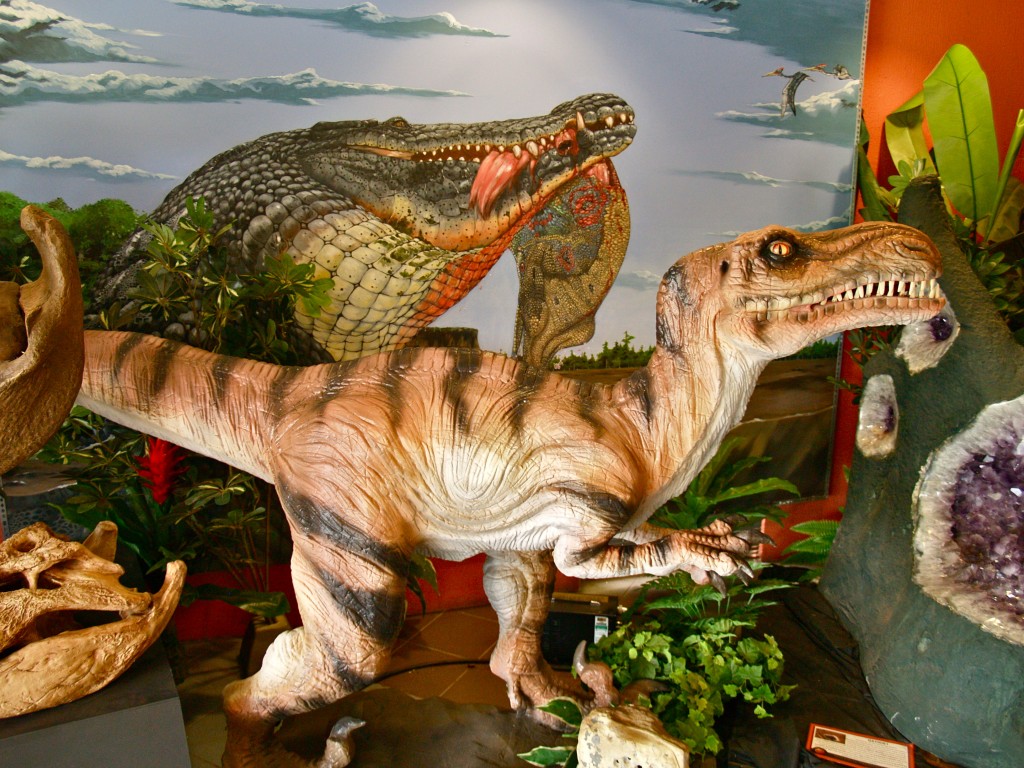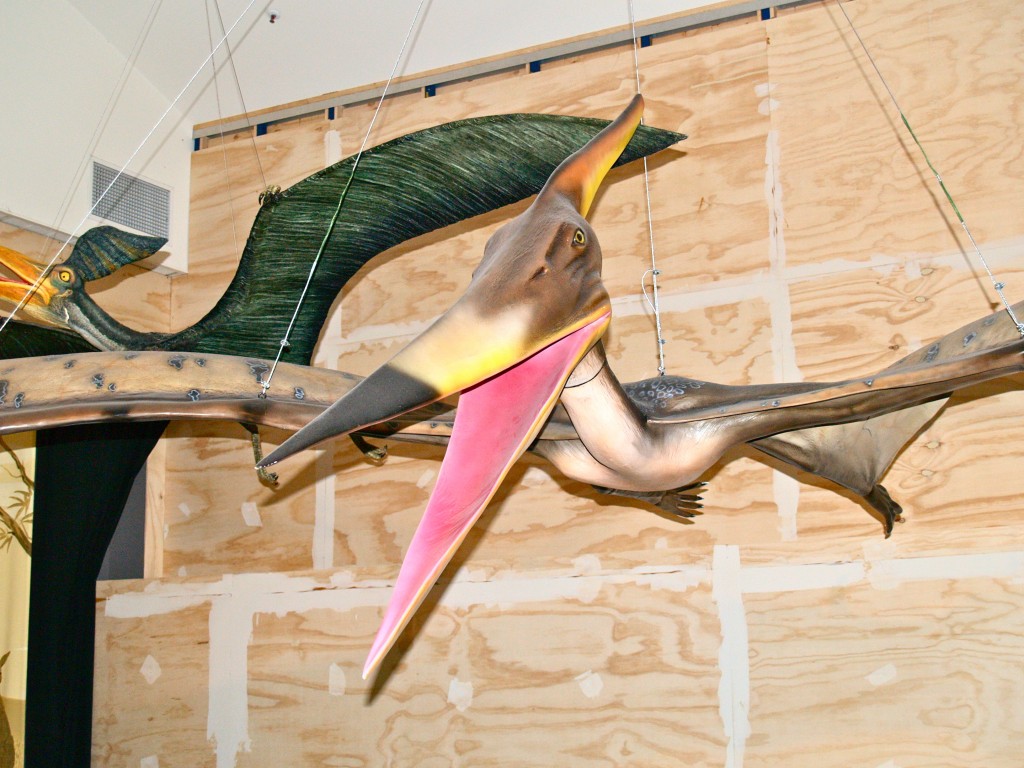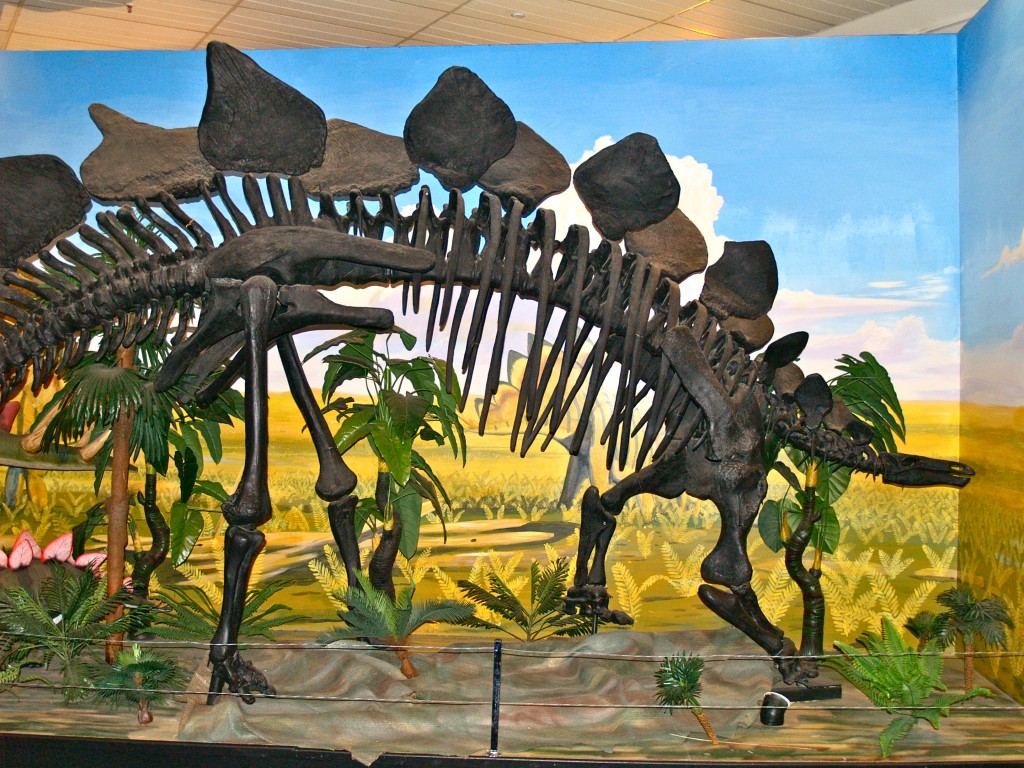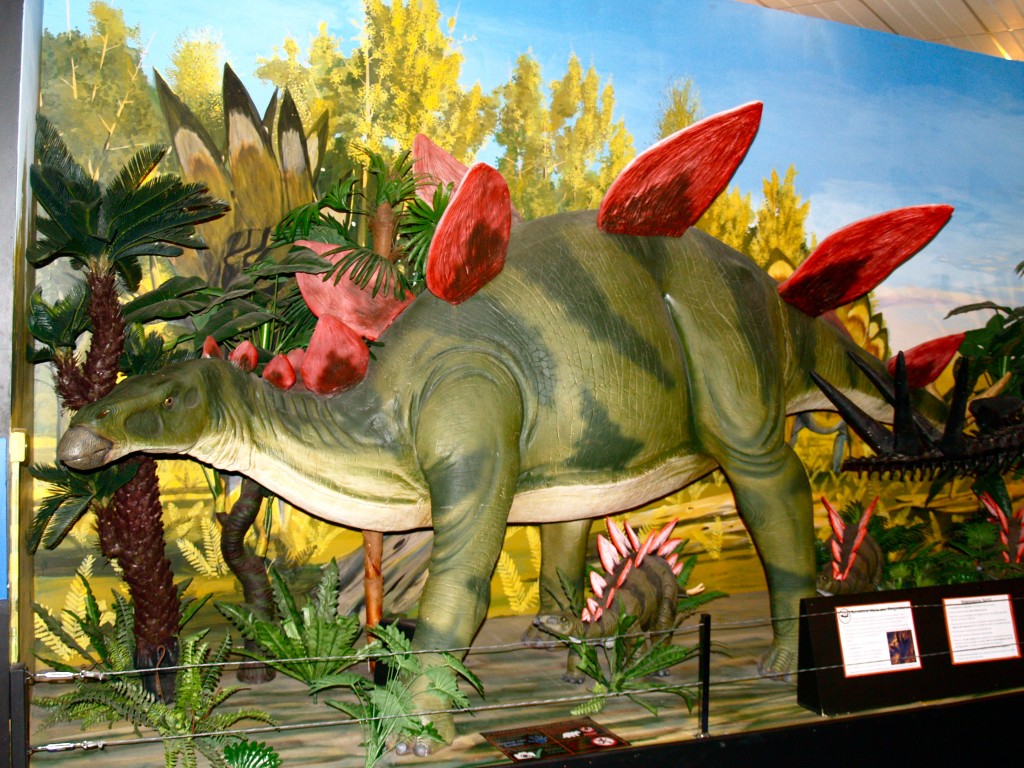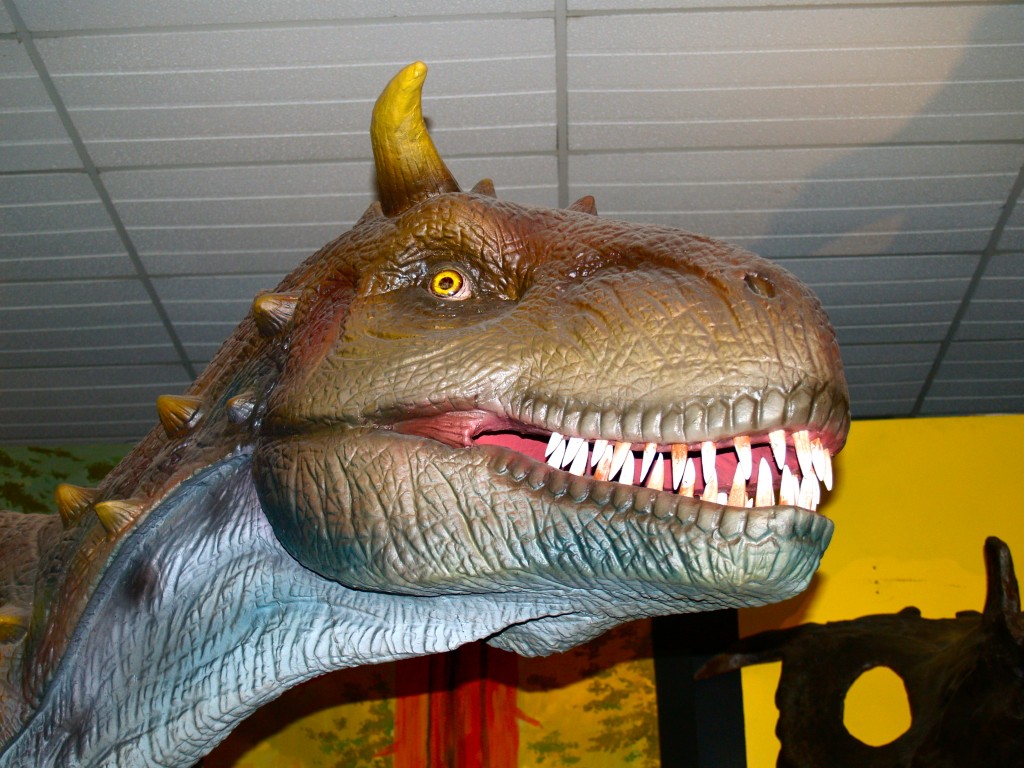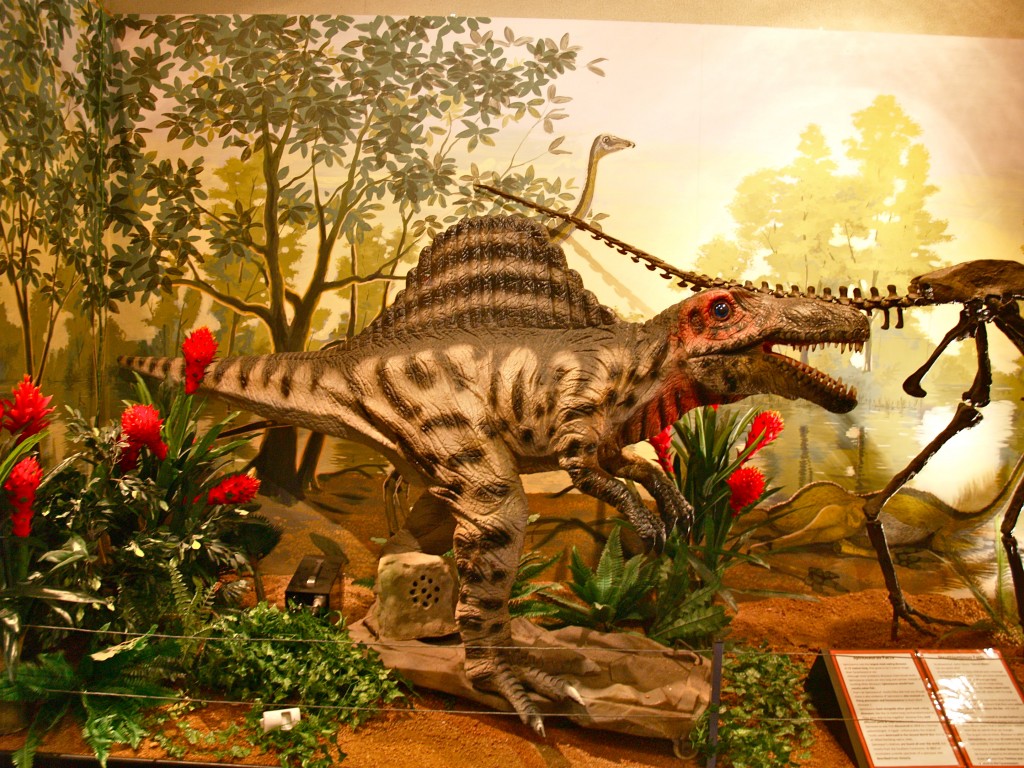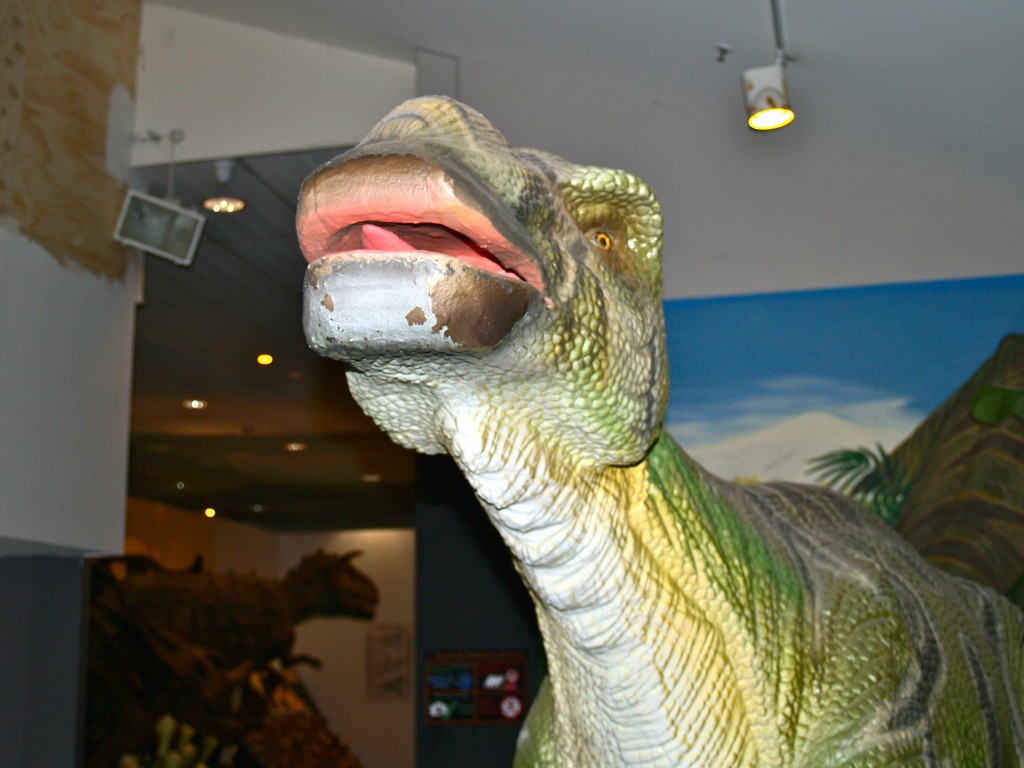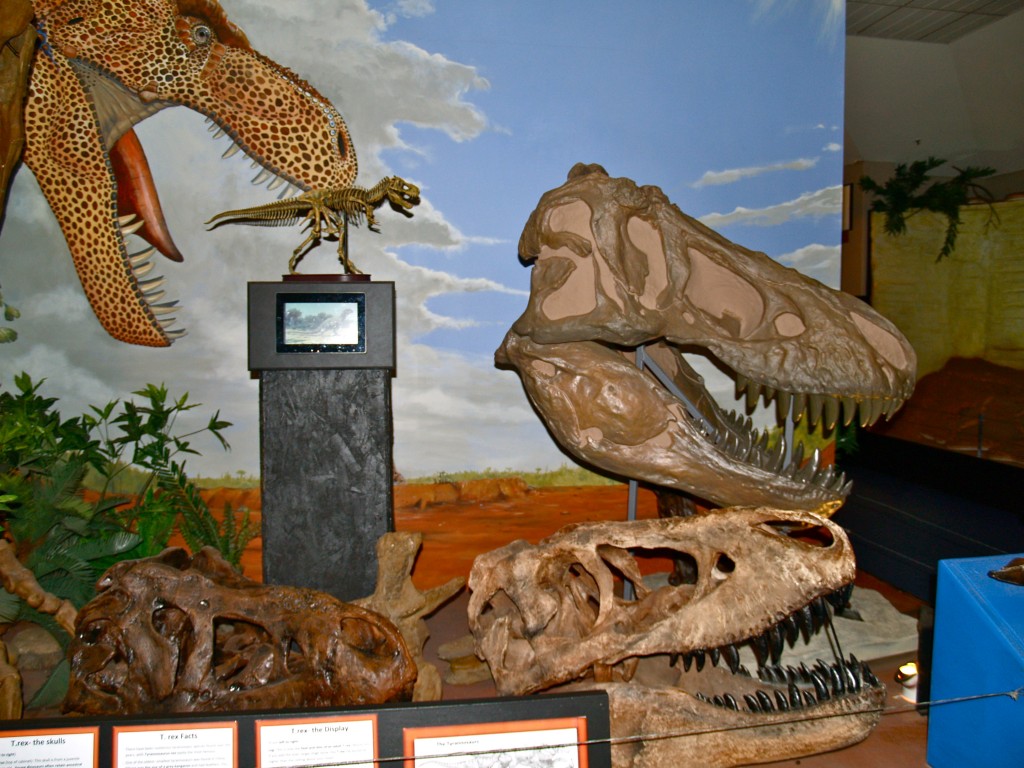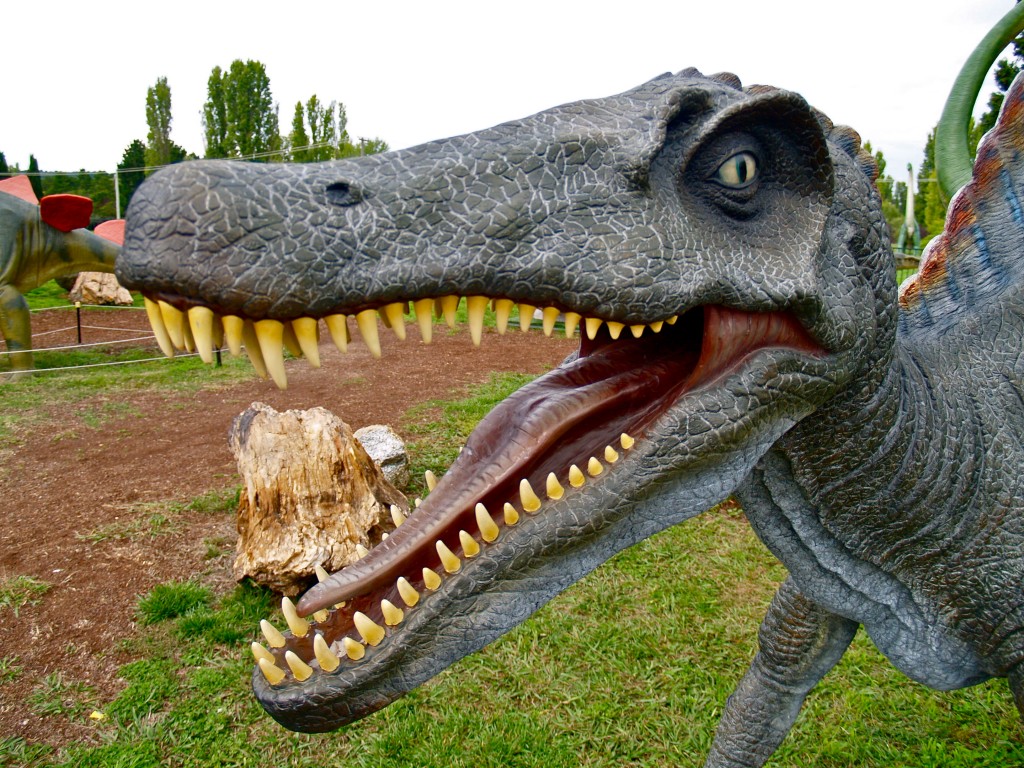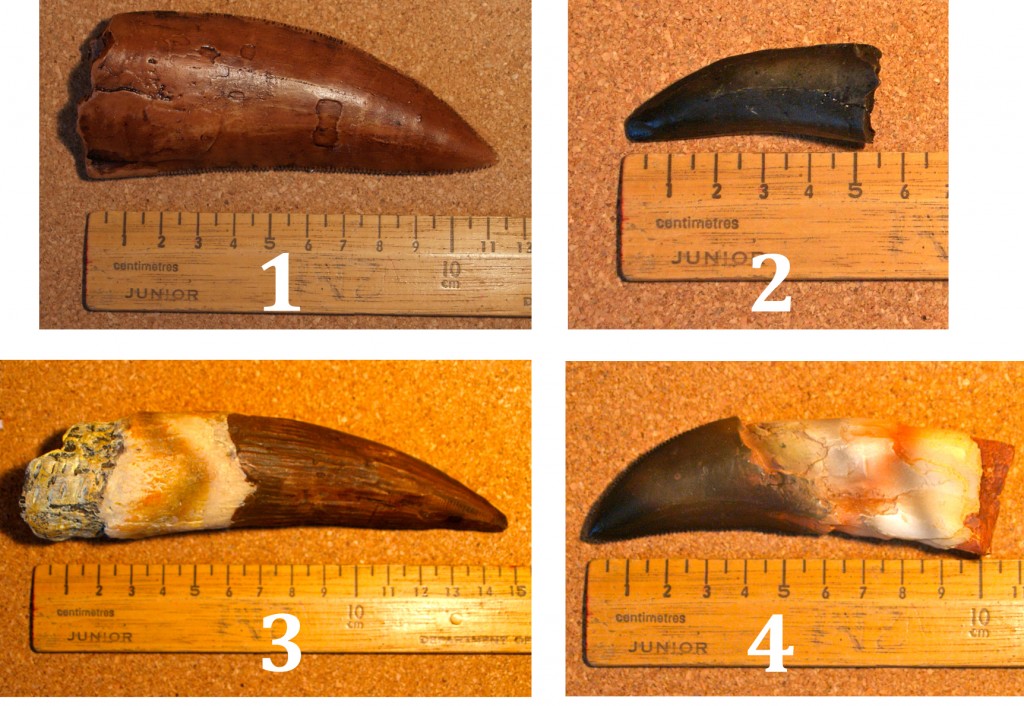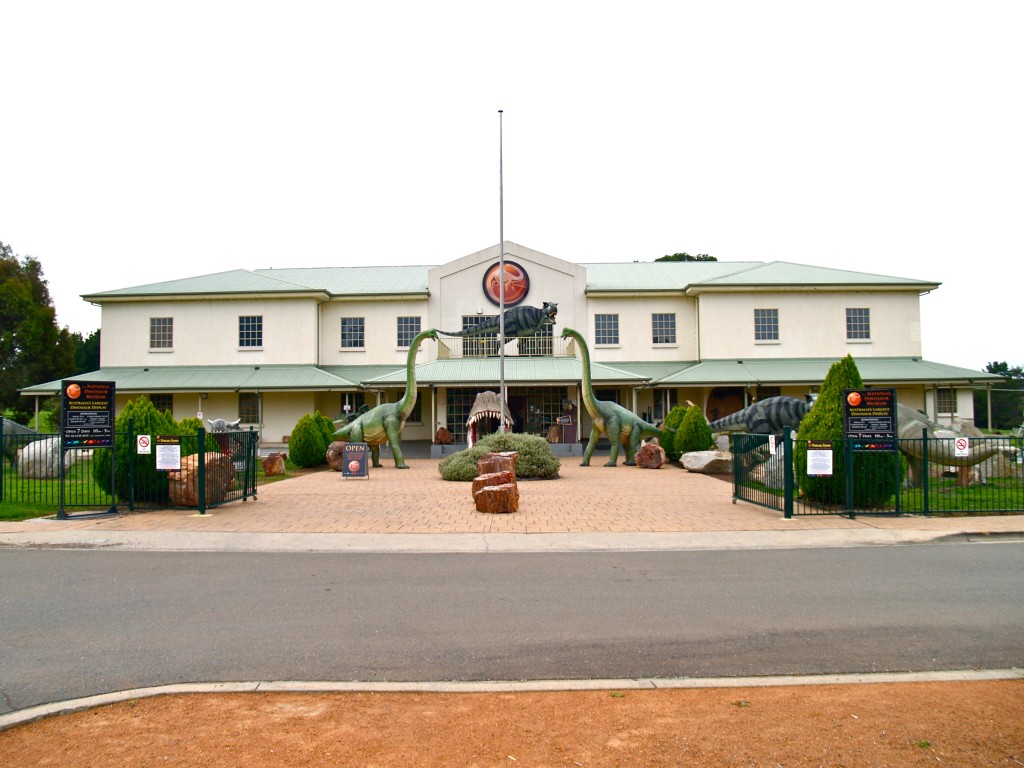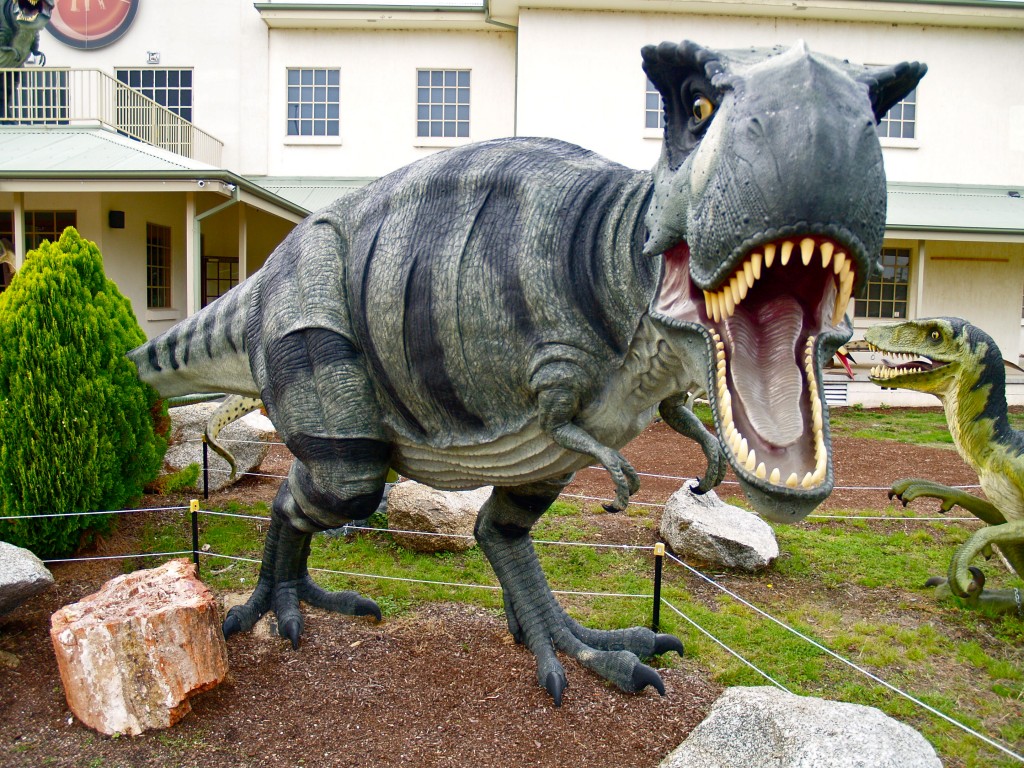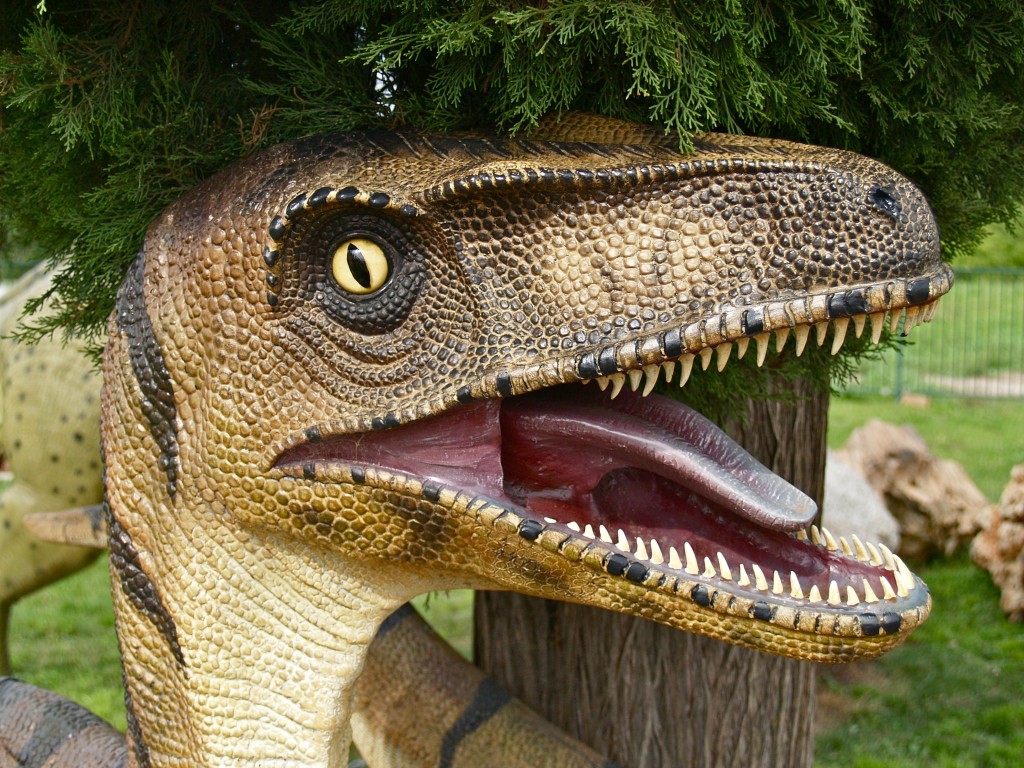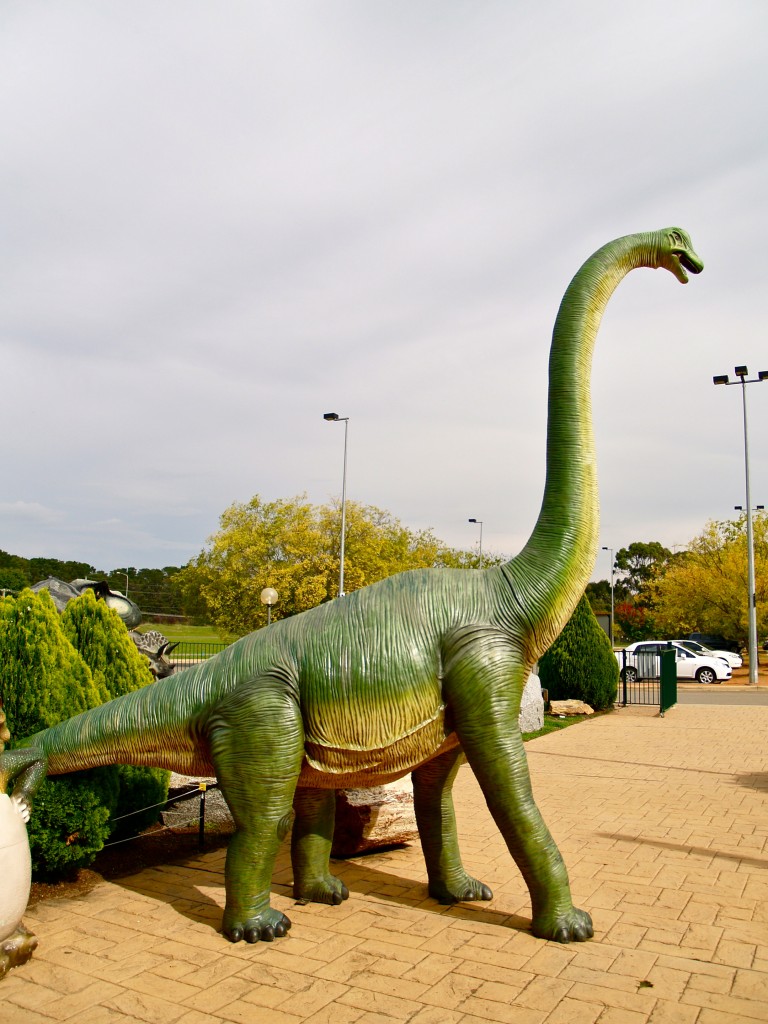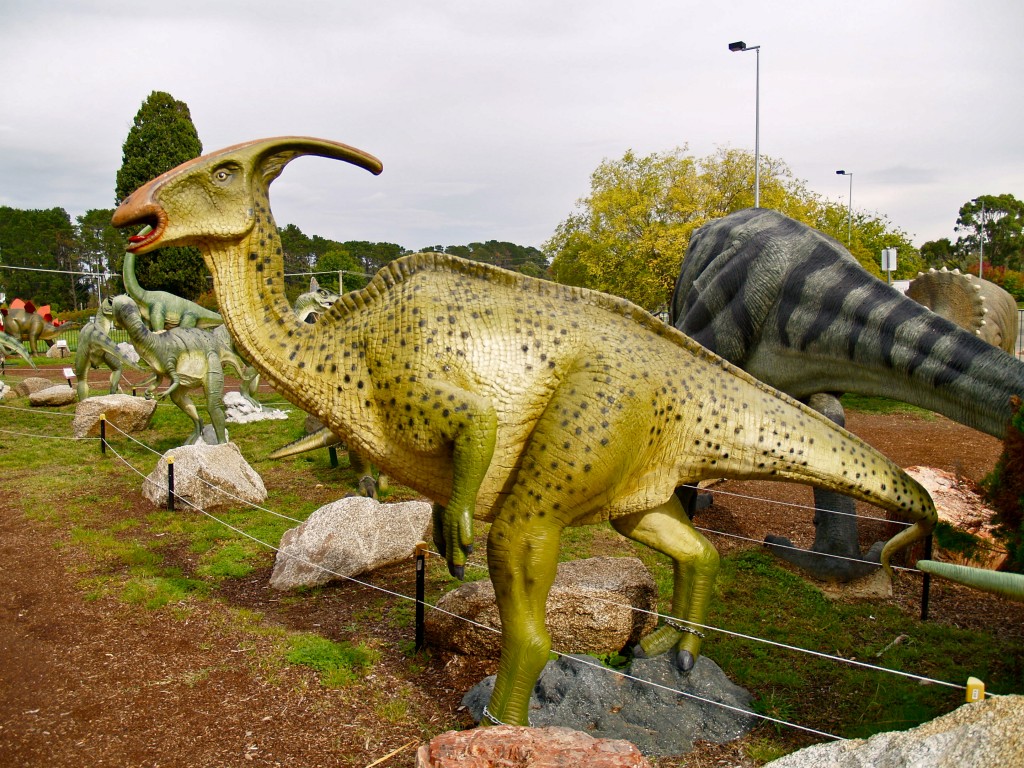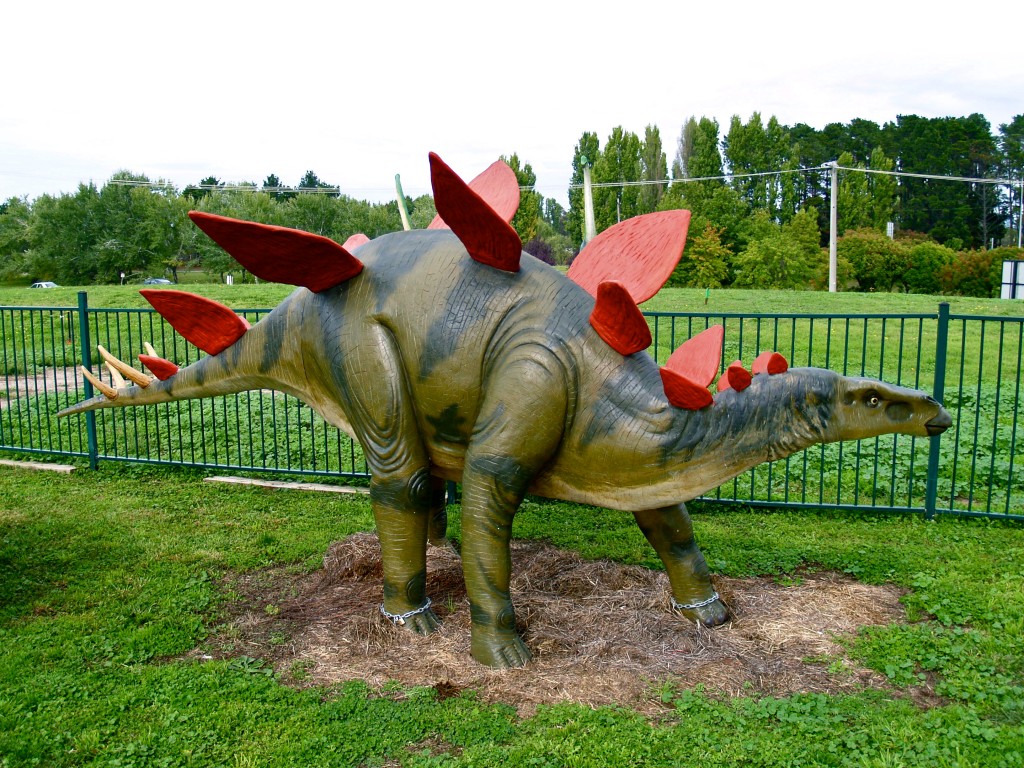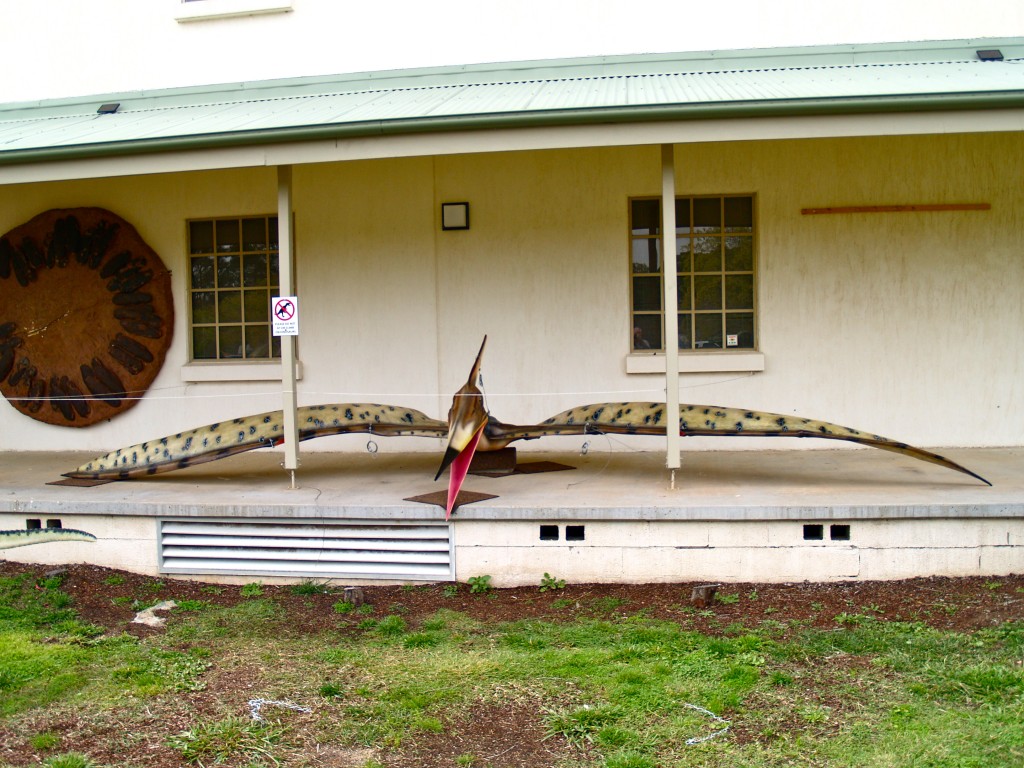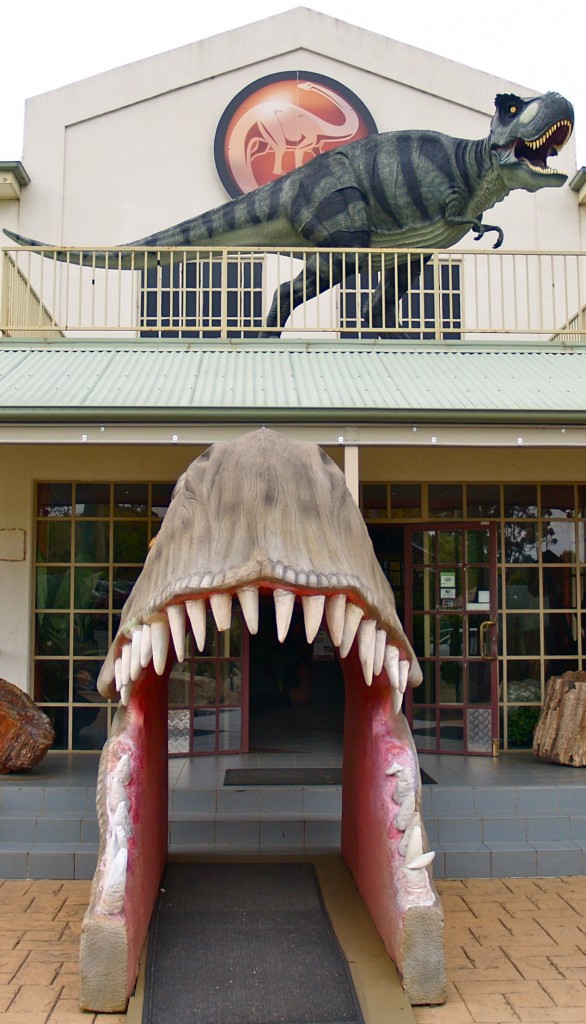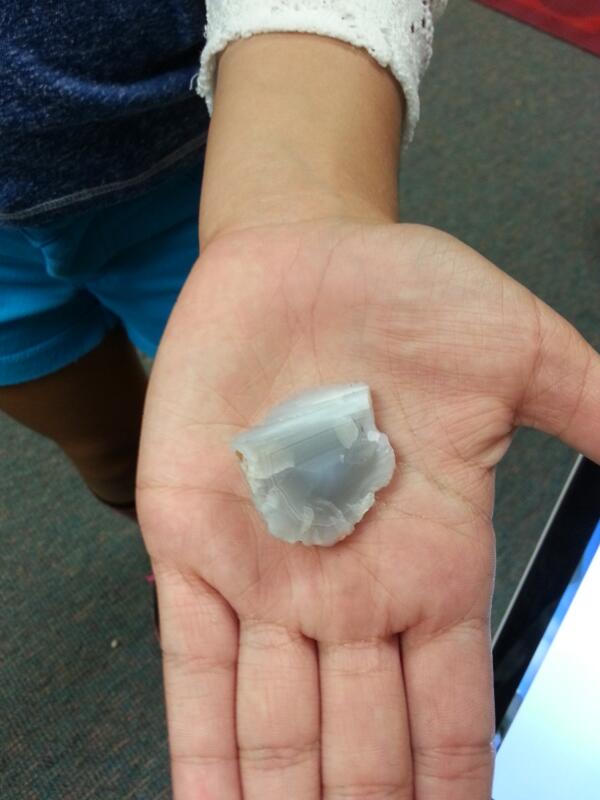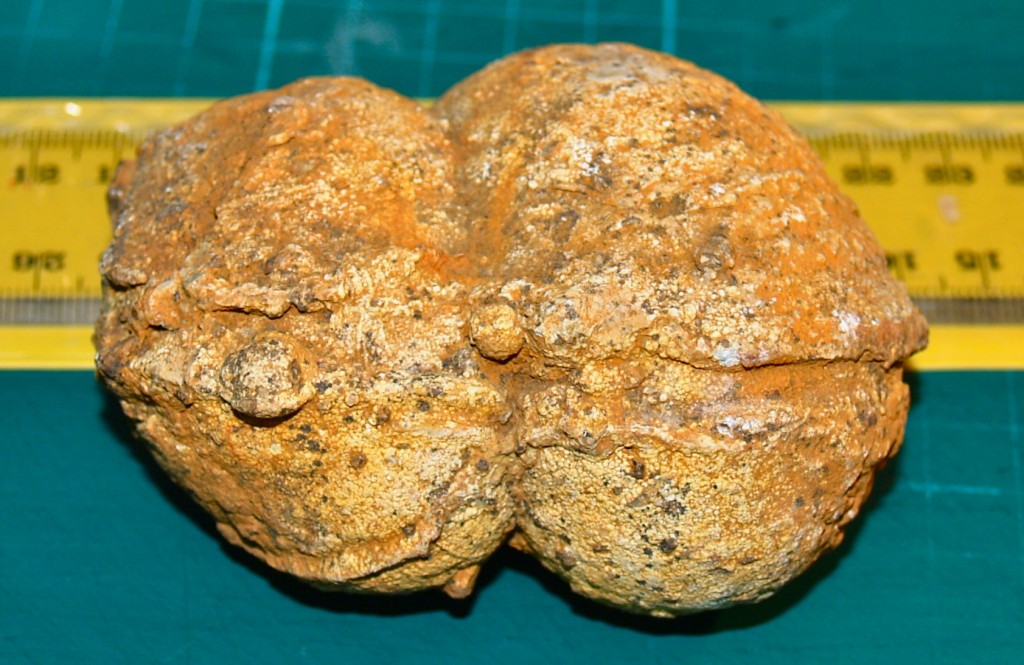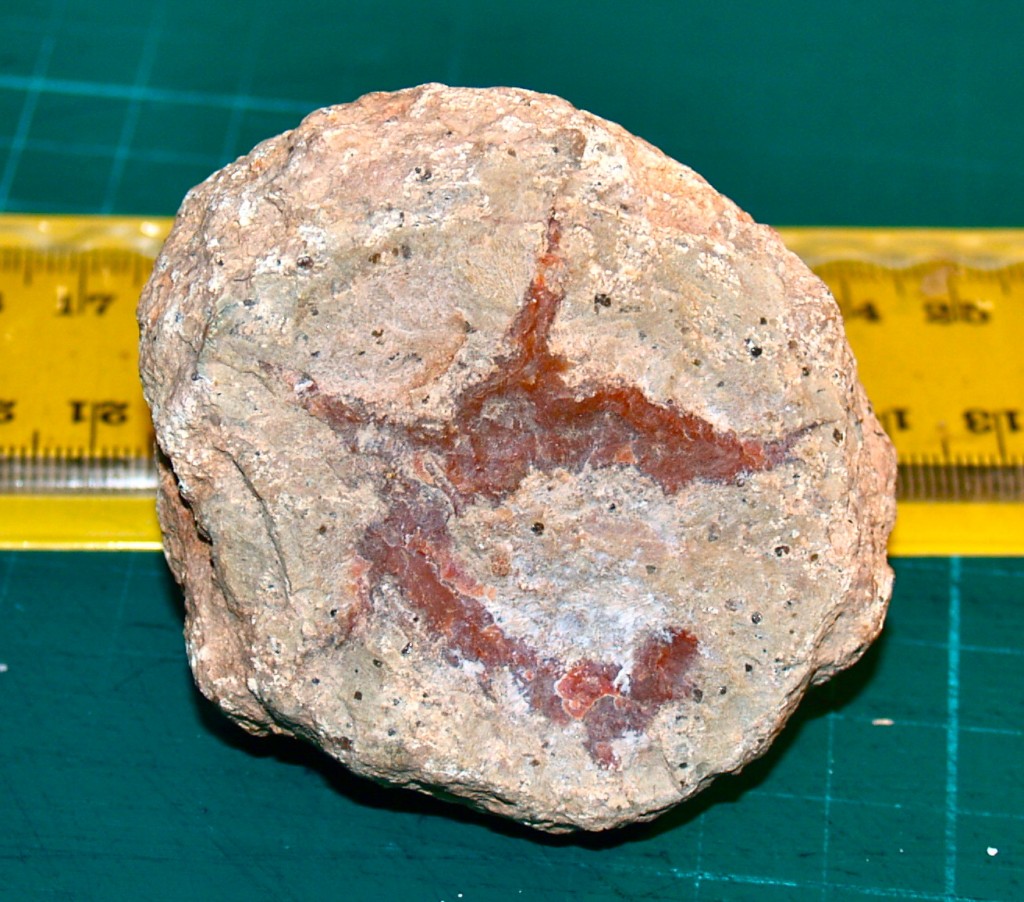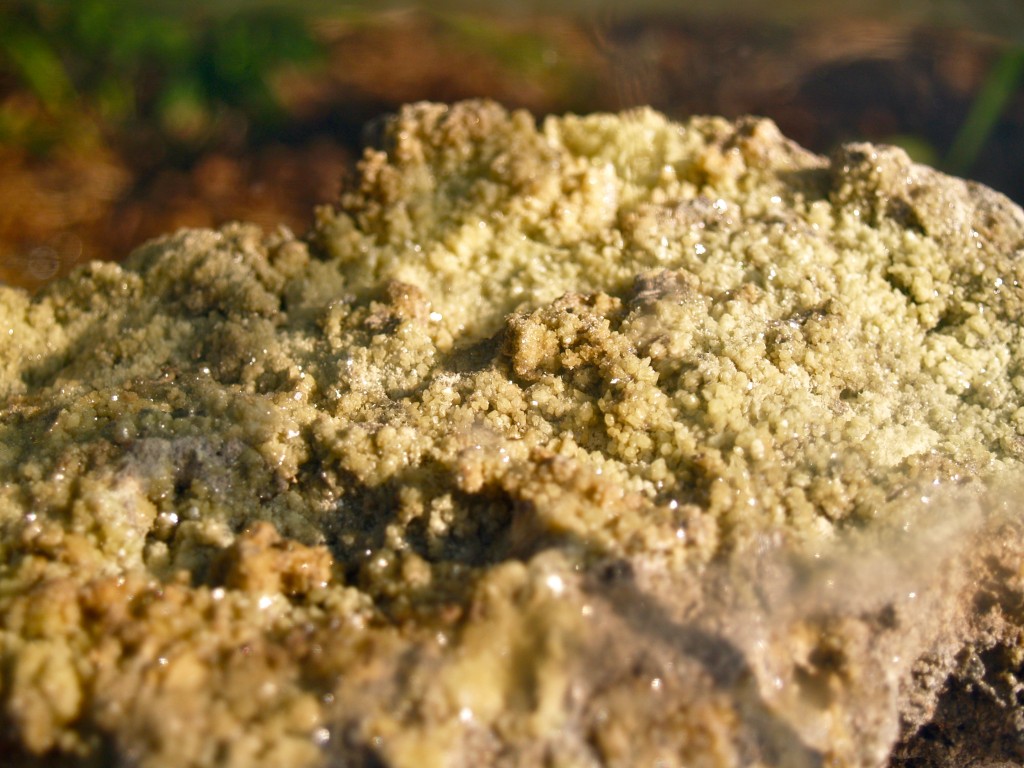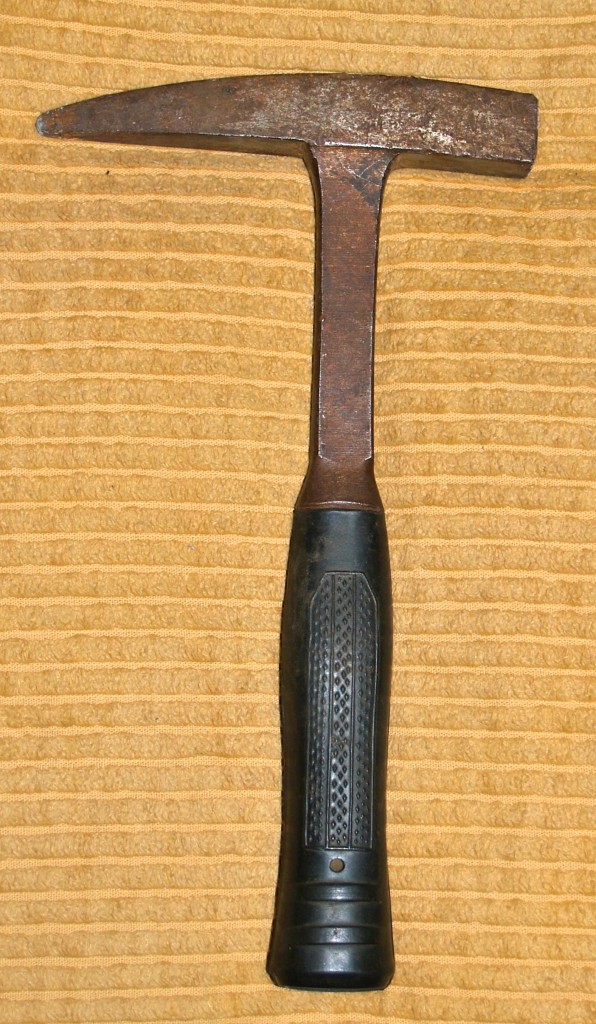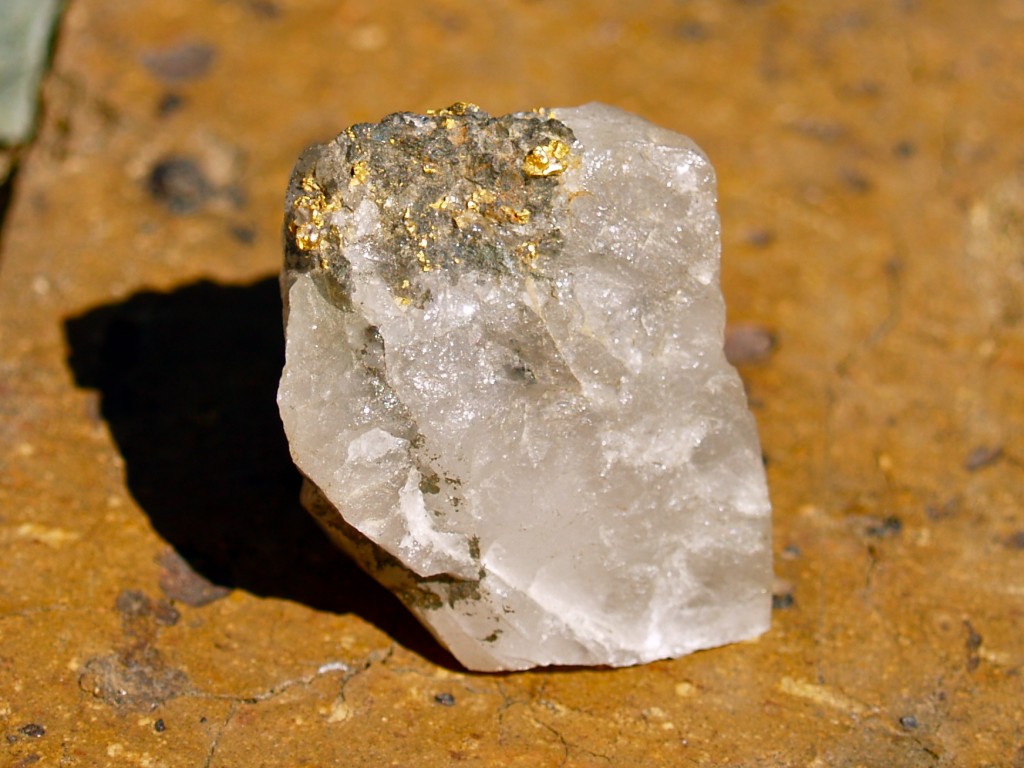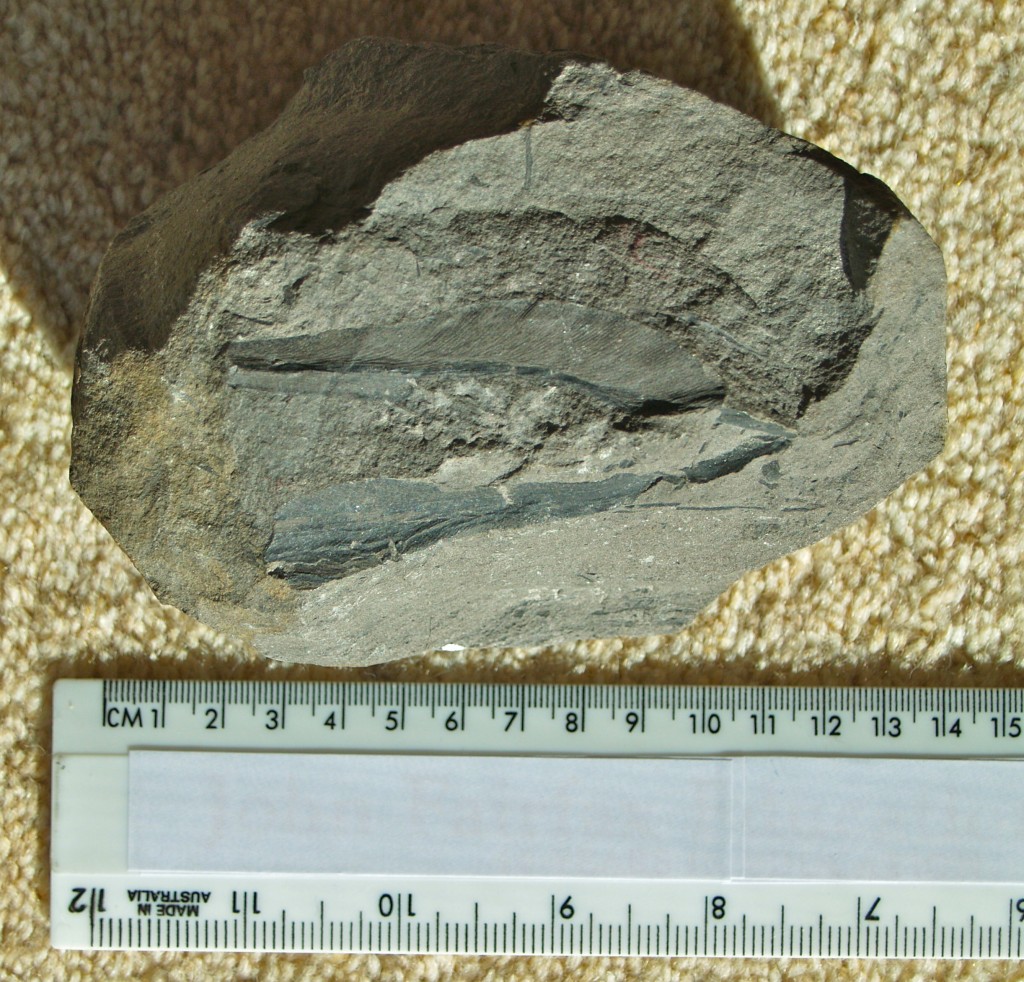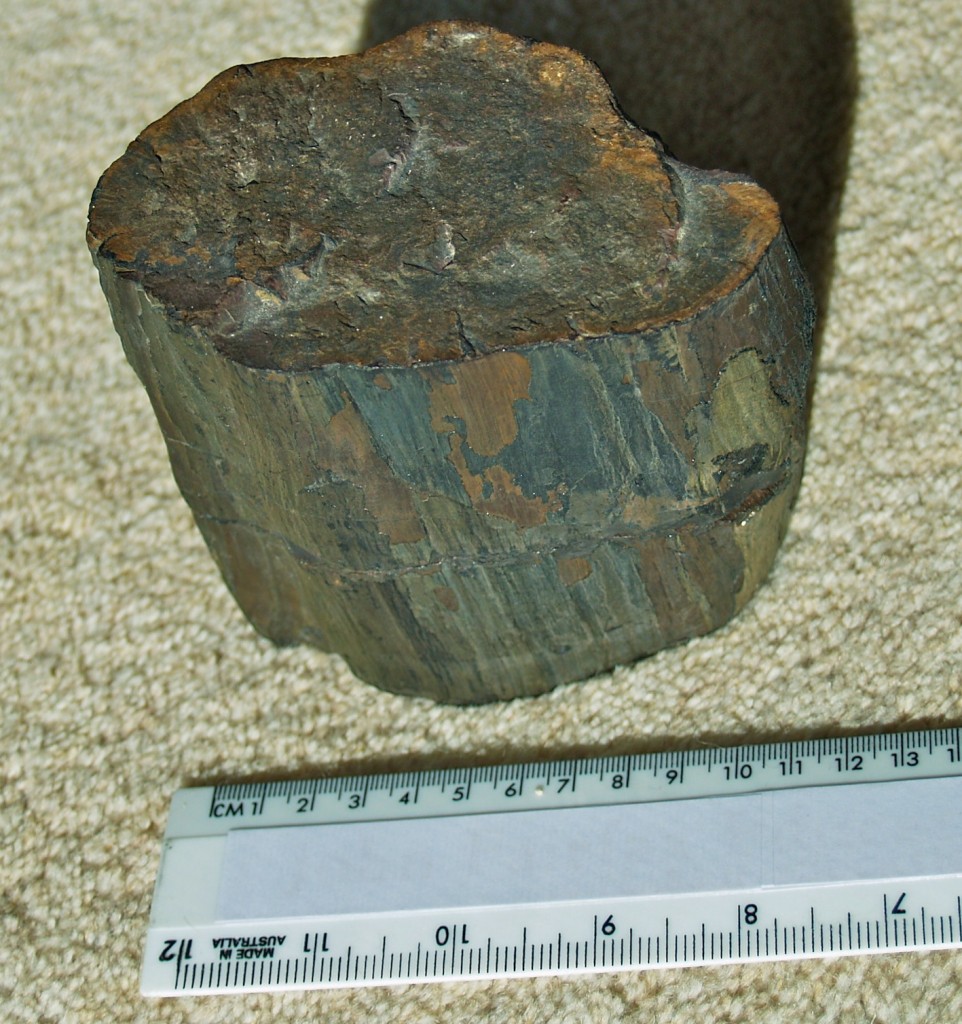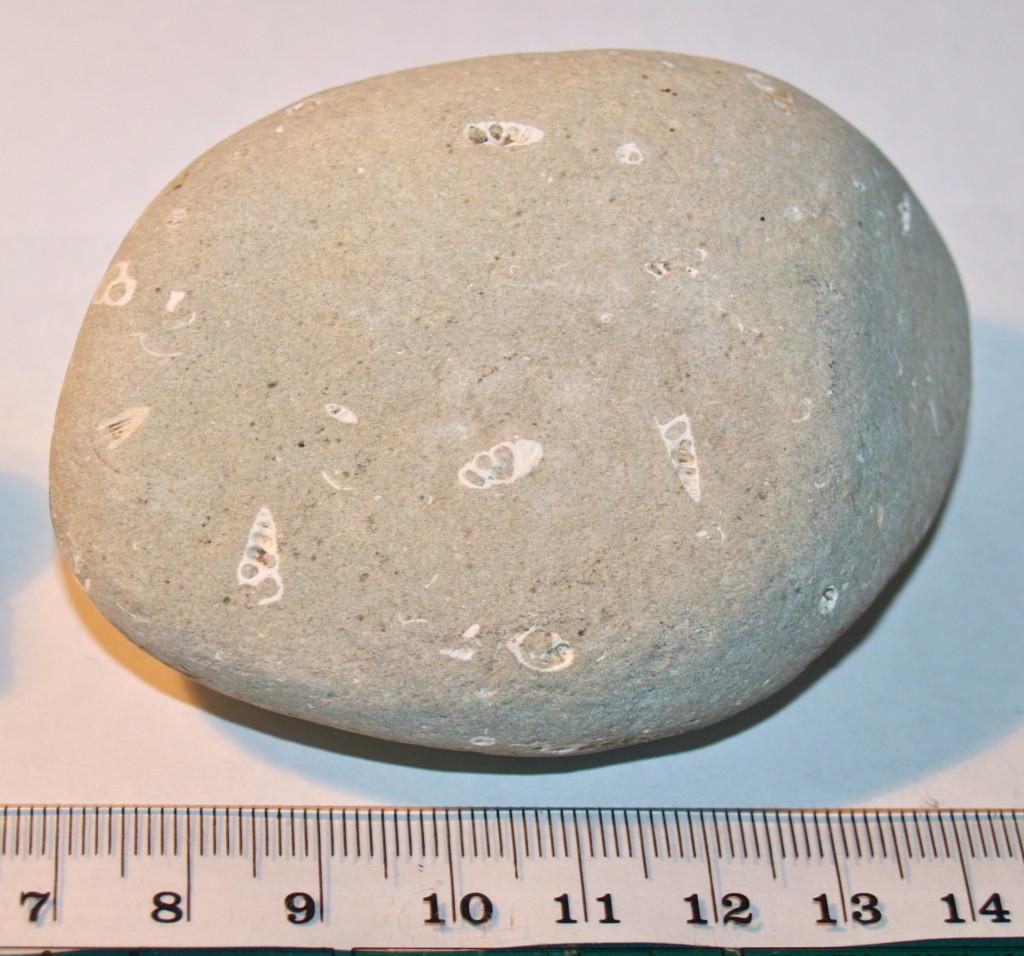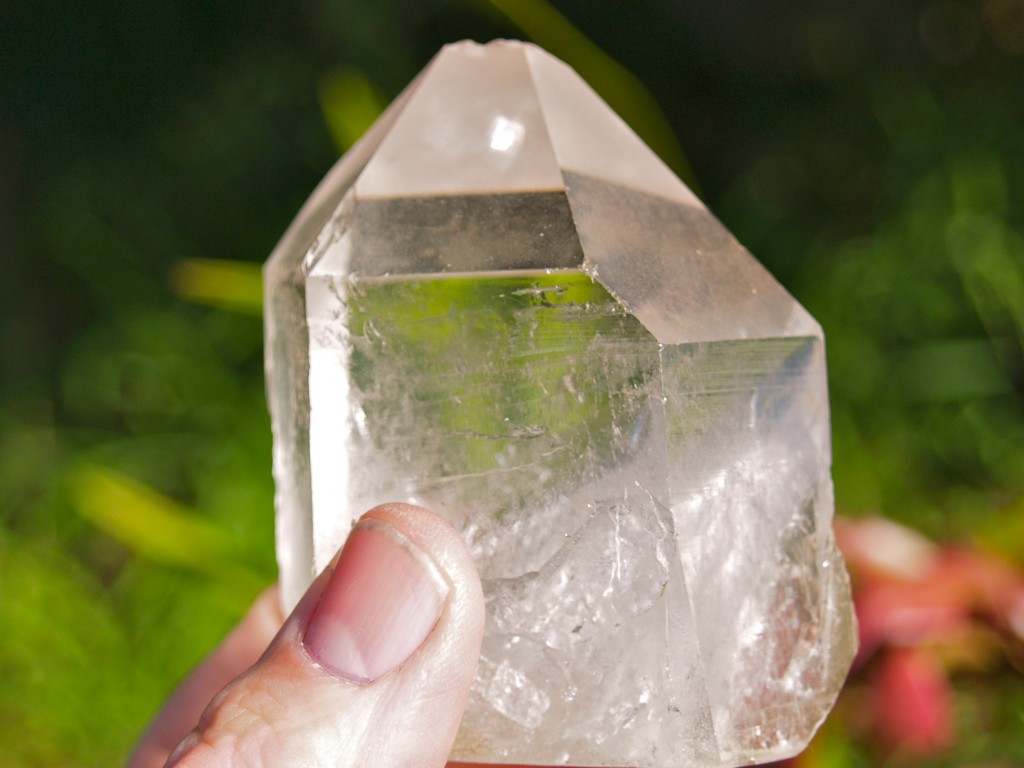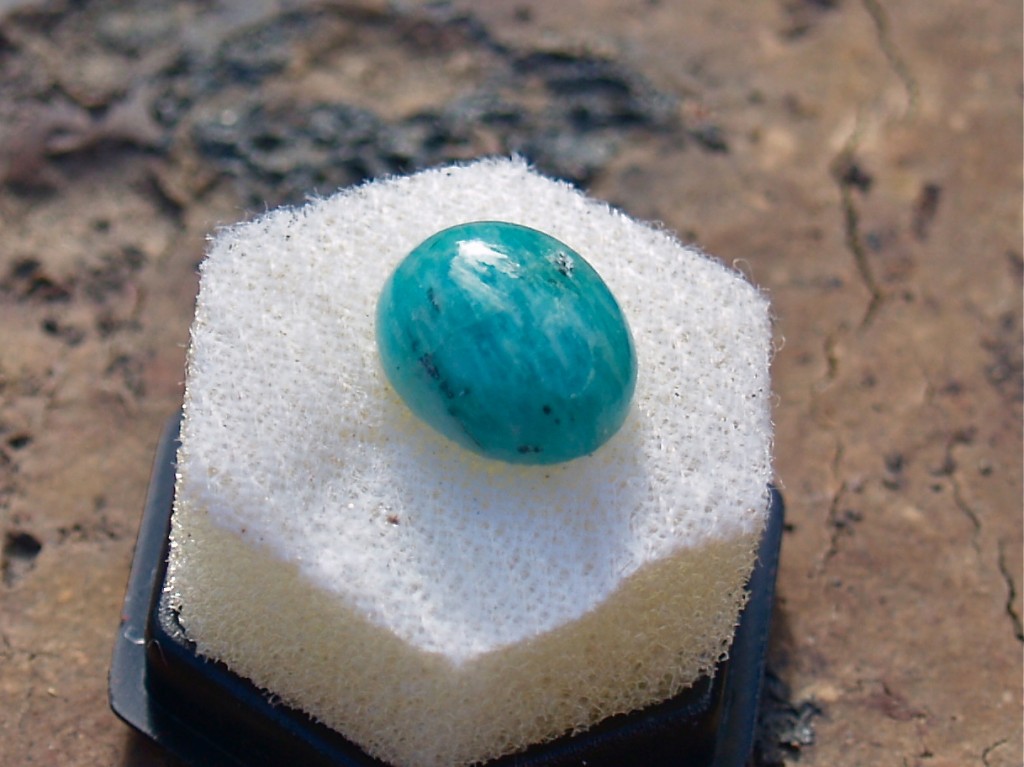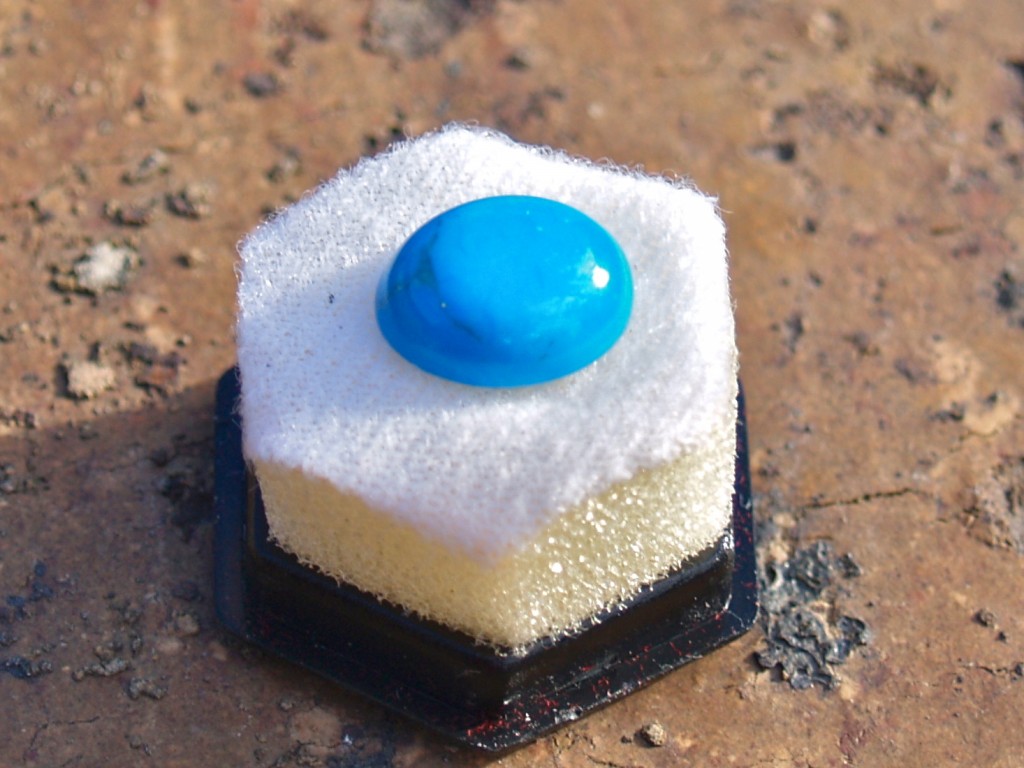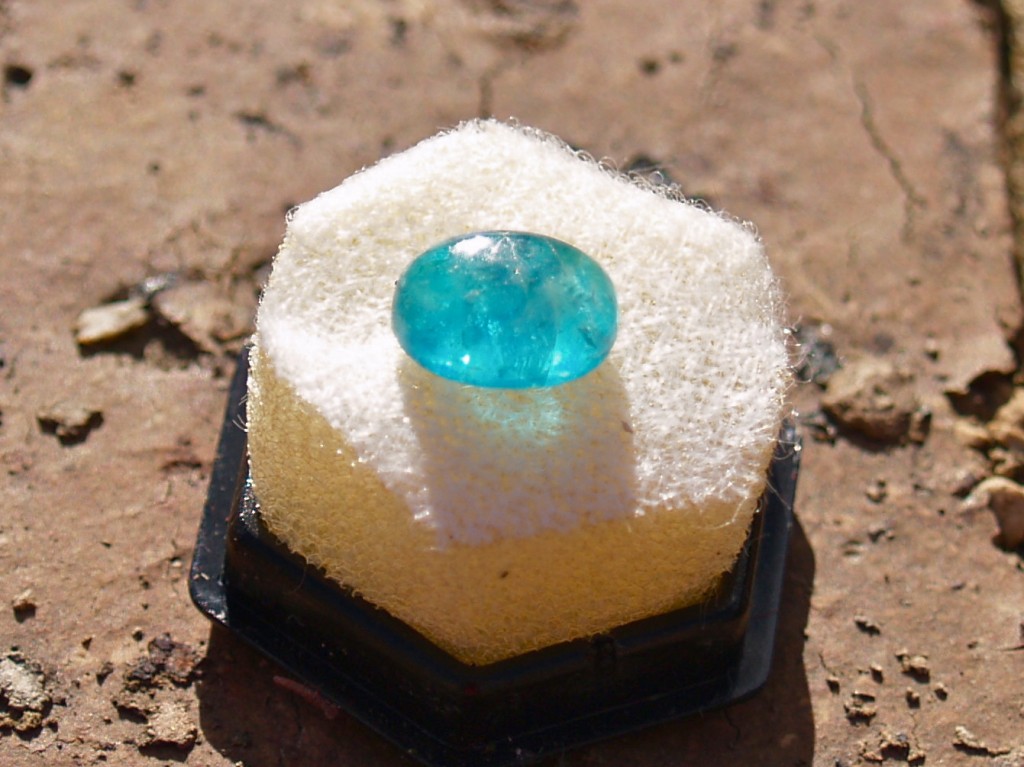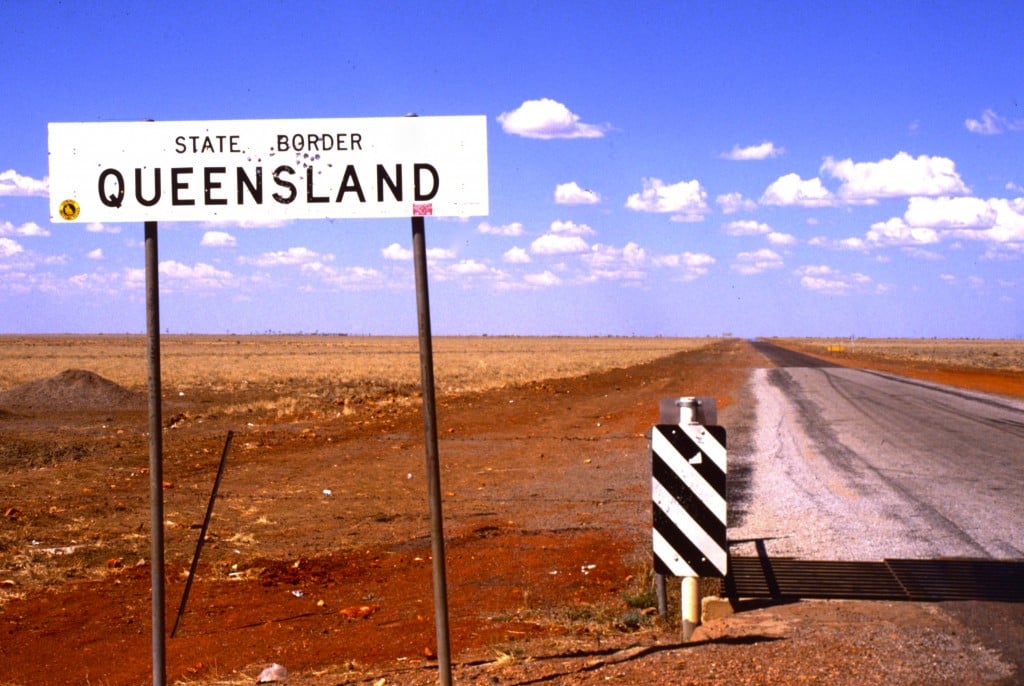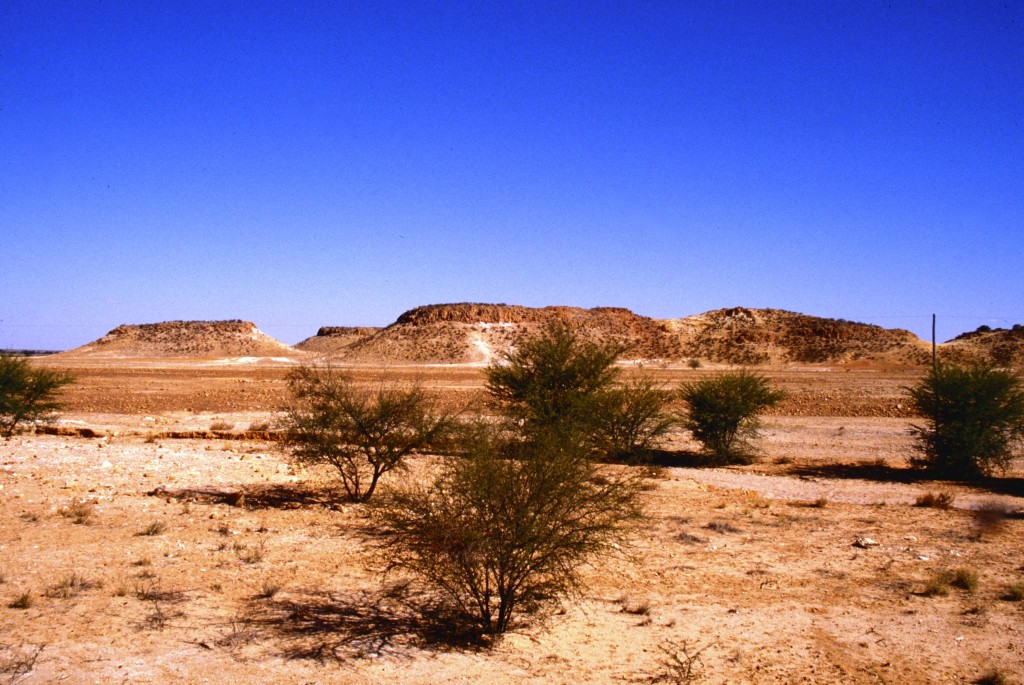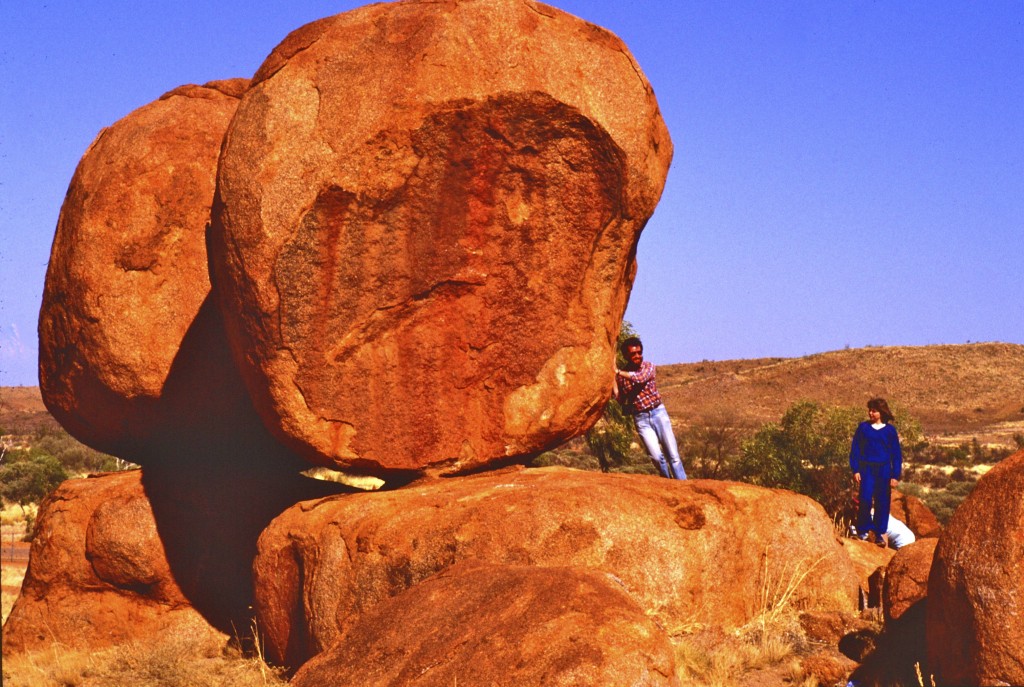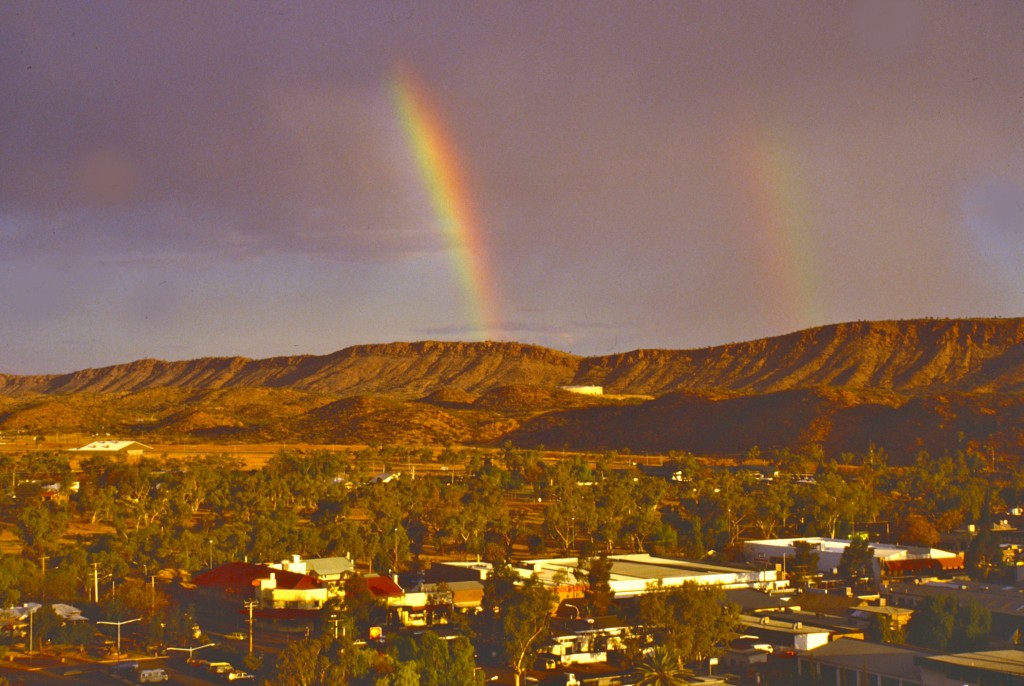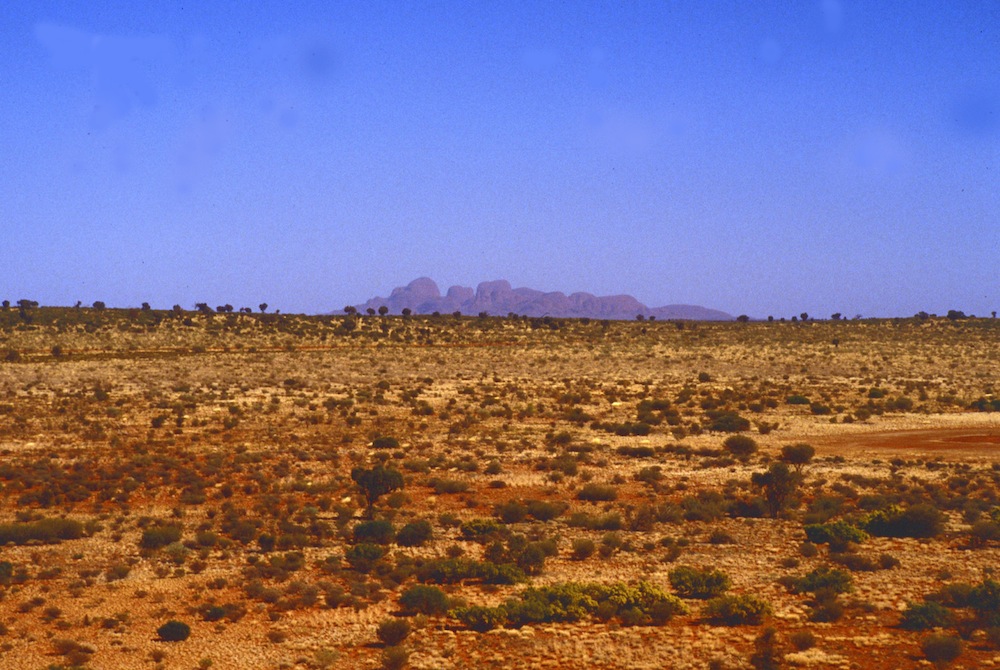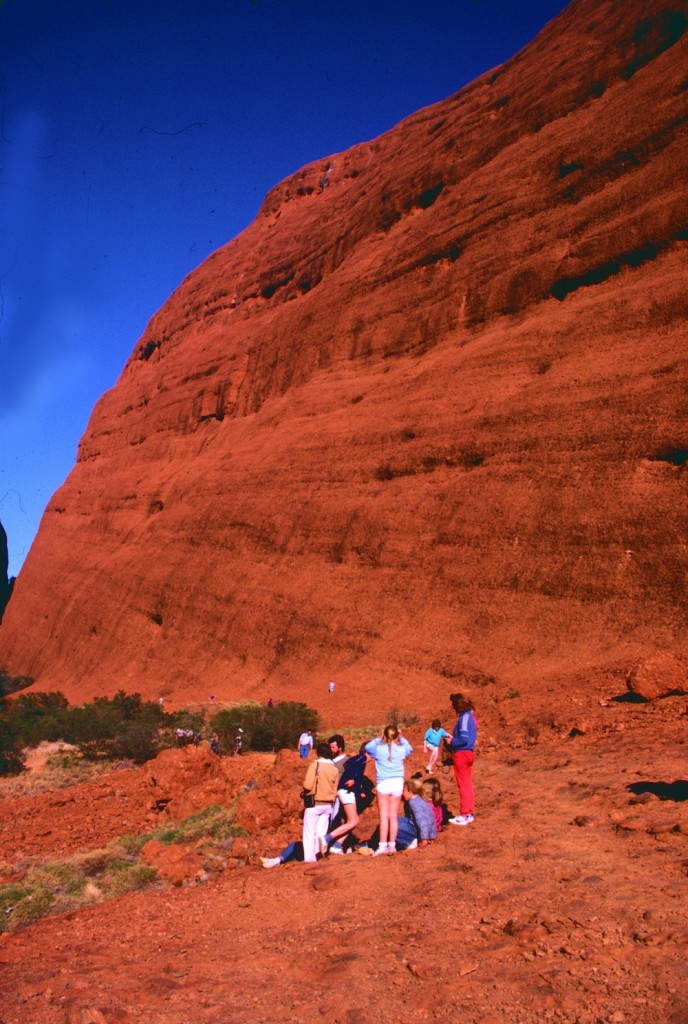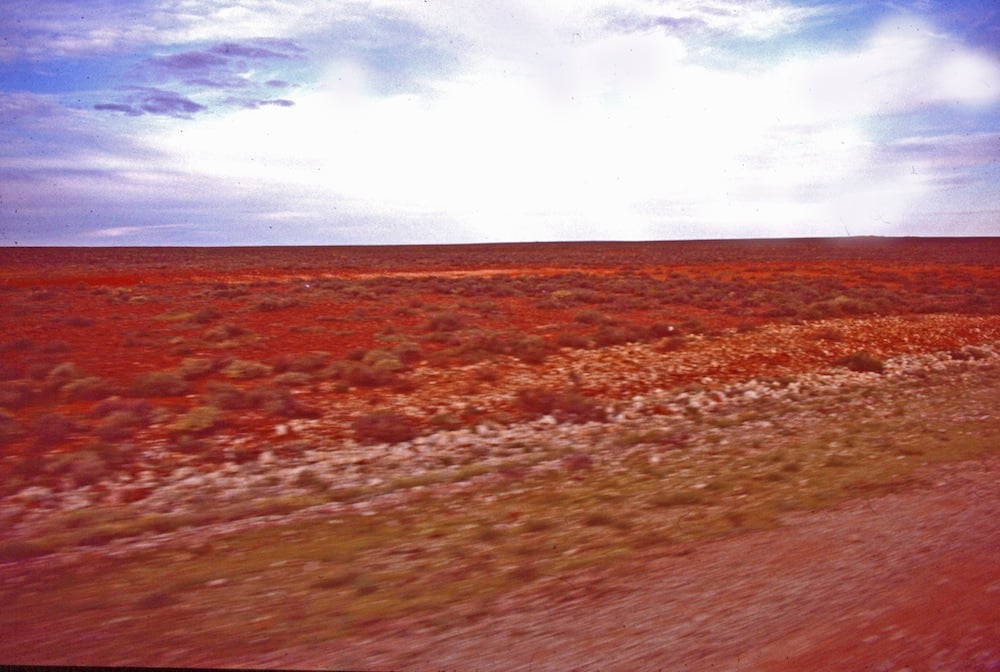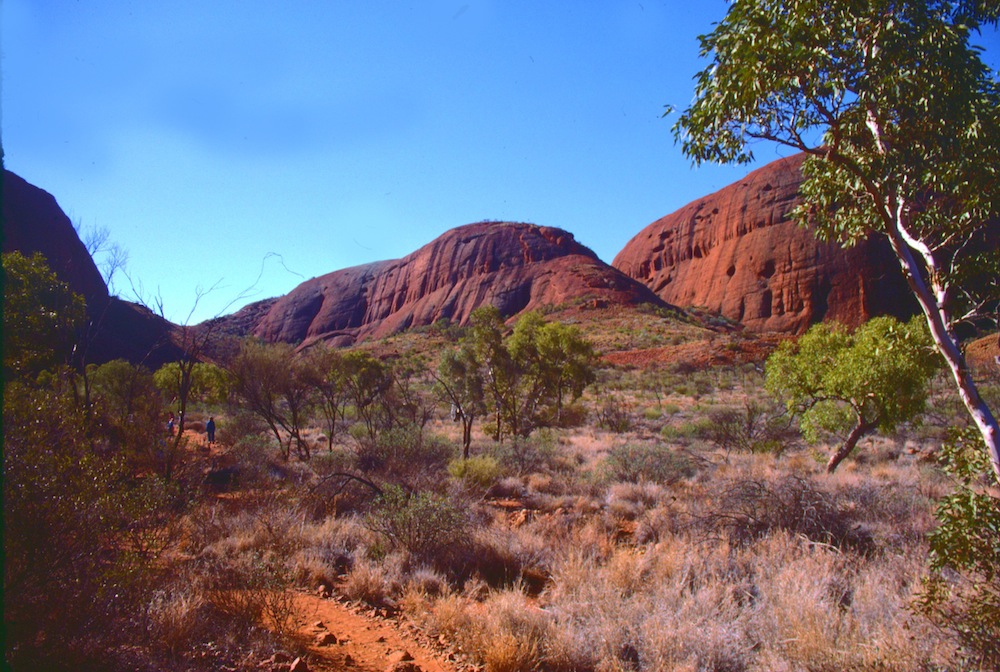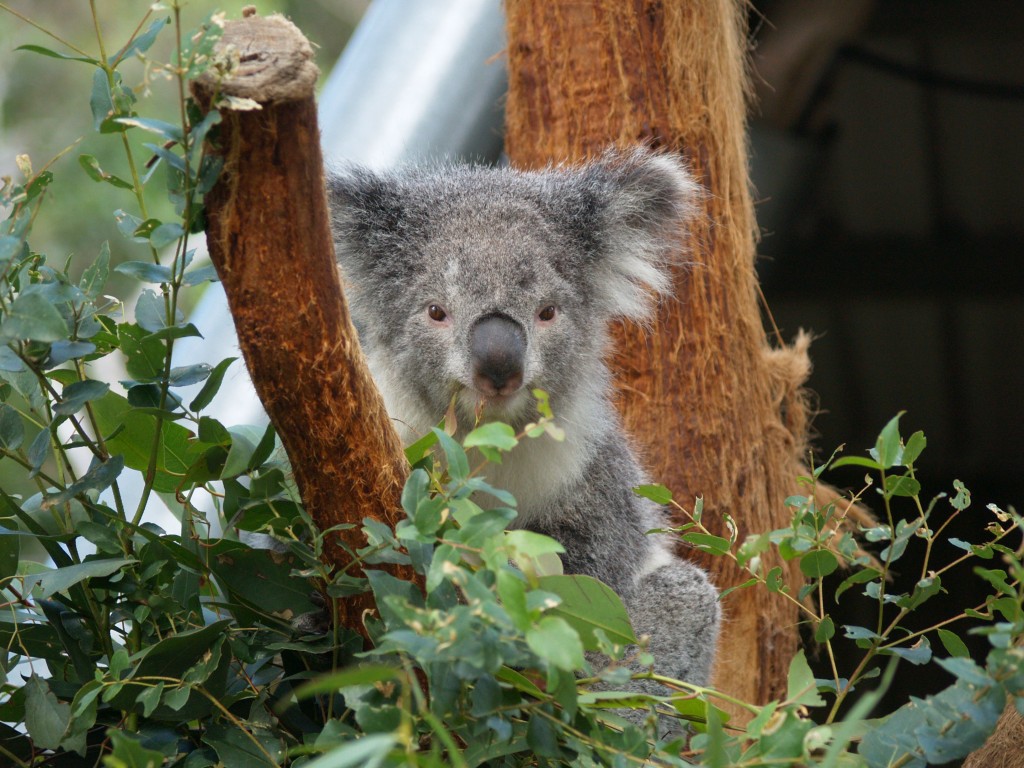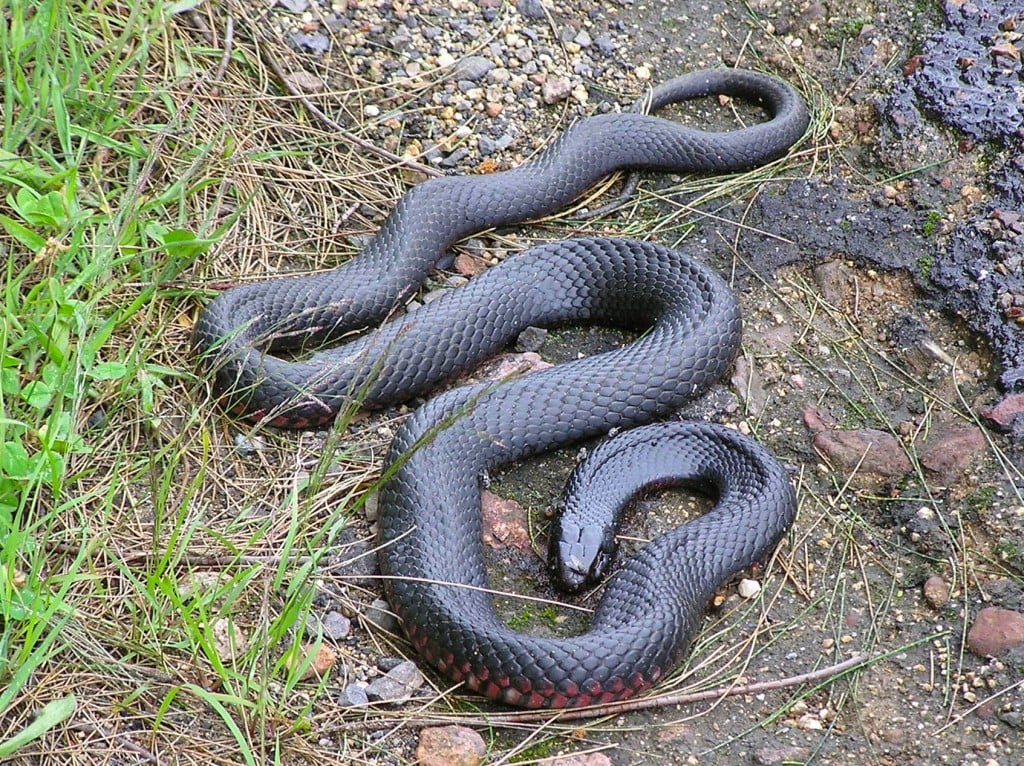for Miss Jordan's Class
Hi everyone! I was fascinated by one of your class blog posts because it showed you had been learning about one of my favourite topics, Volcanoes in Science.
I thought I would send a few small samples from my visits to volcanoes in New Zealand and Hawaii some time ago. I'll also share some new video clips from my video library.
Your samples sent are...
Hawaii - Aa and pahoehoe lava
New Zealand - scree, obsidian, sulphur, iron sand, volcanic sands
Volcanoes
Many of the world's volcanoes formed along tectonic plate borders. These "plates" are large areas of our world's solid surface floating on the molten magma layers below. It's a little like ships floating on the sea.

You can see Australia lies on its own plate but New Zealand is on the border between the Pacific and Australian plates.
New Zealand and its volcanoes are formed over the the tectonic plate border but can you see Hawaii? Its a small mark on the map in the upper middle of the Pacific Plate (yellow).
Hawaii formed over what is known as a hot spot. On these spots, it's thought the magma underneath the plate is particularly hot. As the Pacific Plate moves very slowly over the hot spot, new volcanoes start to build. Old ones erode back into the sea.
Below is an image from Google Earth. You can see the Hawaiian Islands near the bottom. Can you see the line of old volcanoes now below the ocean moving up to the left?
Hawaii is a collection of old and newer volcanoes. There is thought to be a much newer one forming below the ocean about 30 kilometres off the Big Island of Hawaii in an area known as the Lö'ihi Seamount. Don't expect it to be above the ocean surface anytime soon. While it rises about 3000 metres above the ocean floor, it still has over 900 metres to go before it reaches the surface. Aren't volcanoes interesting?
Let's Look at your samples...
Hawaii
While there in 1996, I learned Hawaiians talk of two types of lava. They are Aa and Pahoehoe.
Aa (ʻAʻā) - These stones are hard and have sharp edges. Your samples are only small but they can be much larger. I don't know why but perhaps Hawaiians named it this because of the sound you make when you try to walk on it in bare feet when it has cooled.
This basalt lava is cooler as it flows and is rubbly on its surface and edges.
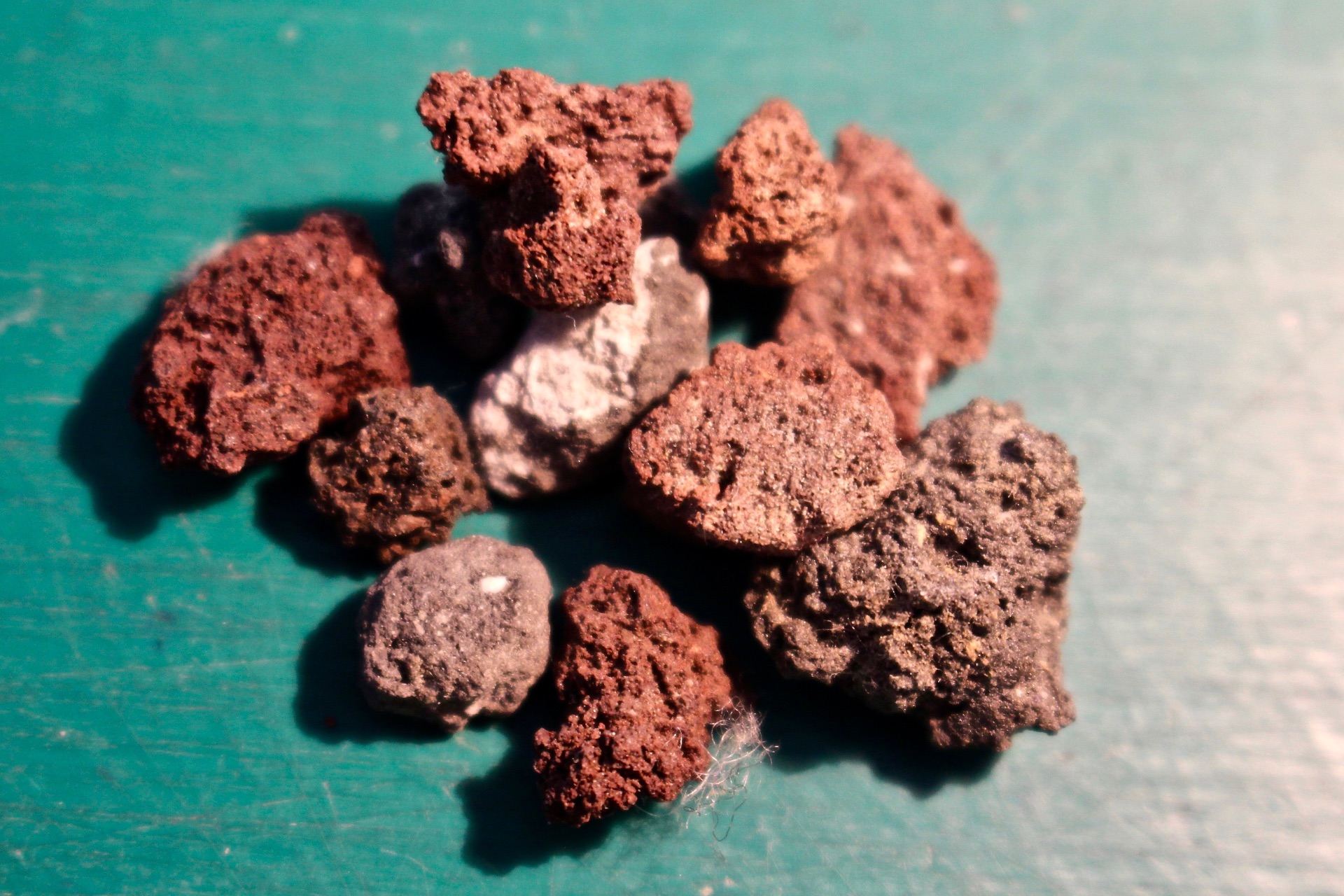
Pahoehoe - Is a smoother basaltic lava that flows more like cool honey does when it flows. Your sample was from an active flow of lava I saw on my visit. It tends to break down into a black sand when crushed or stepped on.

In my video library, I have a video clip to show a pahoehoe flow. My cameras weren't up to it back then so I had to buy this clip. It has been speeded up because its flow can be quite slow.
This clip is not to be copied or linked in any form. It was a royalty-free purchase through Videoblocks.com.
While in Hawaii, I watched lava pouring into the sea. I have another video clip from Videoblocks showing the lava entering the sea and being hit by waves. The seawater boils and gives off steam as the lava hits.
This clip is not to be copied or linked in any form. It was a royalty-free purchase through Videoblocks.com.
New Zealand
Scree - Scree is broken bits of rocks which can be found at bottoms of cliffs or around volcanoes. It isn't Aa lava. Your samples come from the Mt Tarawera area of New Zealand and were mostly formed during a major eruption in 1886.

If you visit Mt. Tarawera near Rotorua, you can walk into its crater on guided tours. This includes walking down a huge scree slope. The arrow points to a group of people near the way down into the crater. This gives you an idea of just how deep the crater is. I found it easy enough to walk down the steep slope by taking very big steps down. The slope is made of scree.

Obsidian - Obsidian is also known as volcanic glass. It forms when lava high in silica (like sand used to make the glass in your windows) cools quickly. While obsidian can be found in the Mt tarawera area, the area is protected so I bought my large sample in a rock shop. Your sample was broken off mine and has sharp edges. Can you see why some traditional cultures have used it to make knives, arrow heads and spear heads?
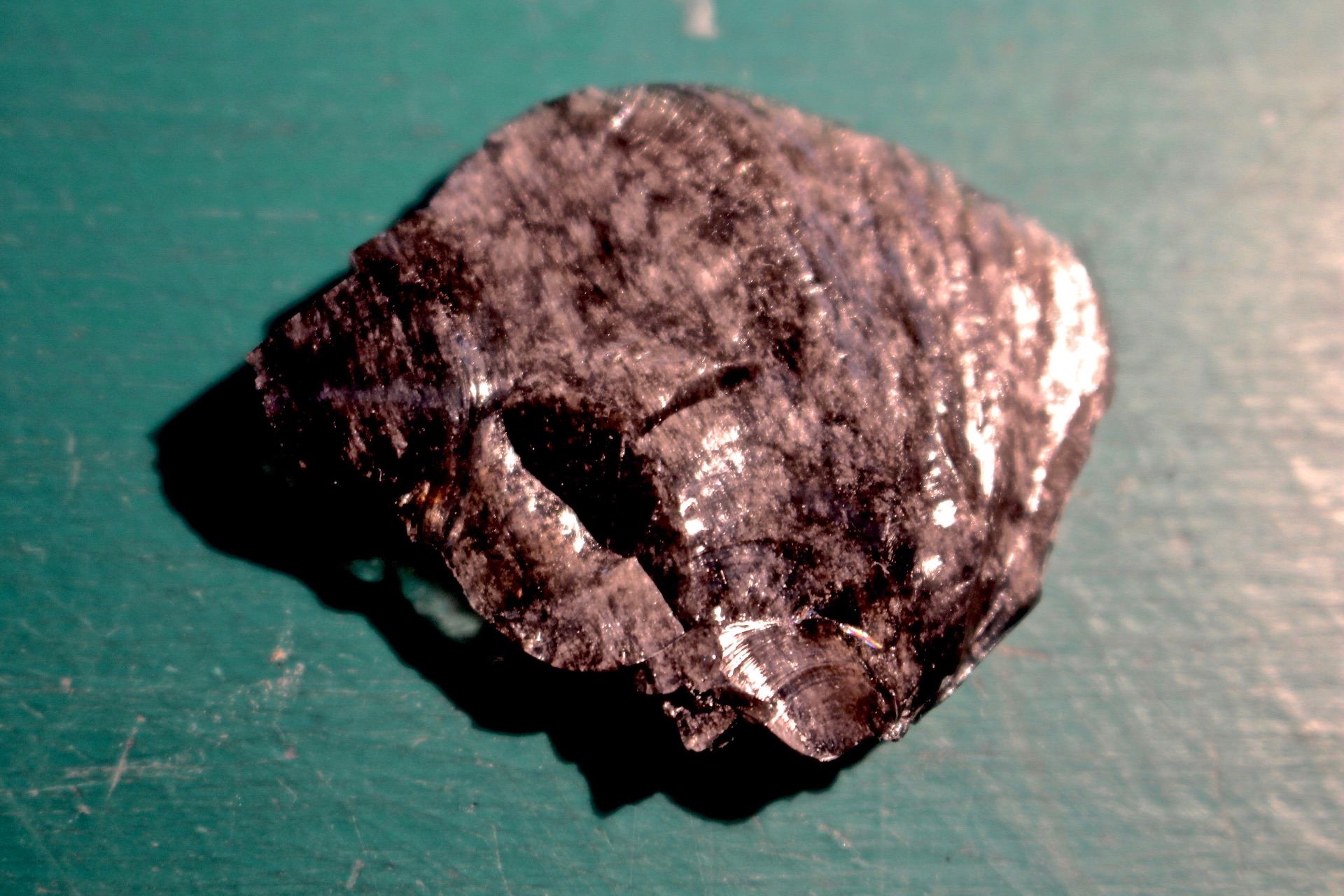
Sulphur - Sulphur can often be found around fumaroles. These fumaroles release gases from below including sulphur dioxide and hyrdogen sulphide. Sulphur can crystalise around the fumerole. Your sample is a small piece of New Zealand sulphur.
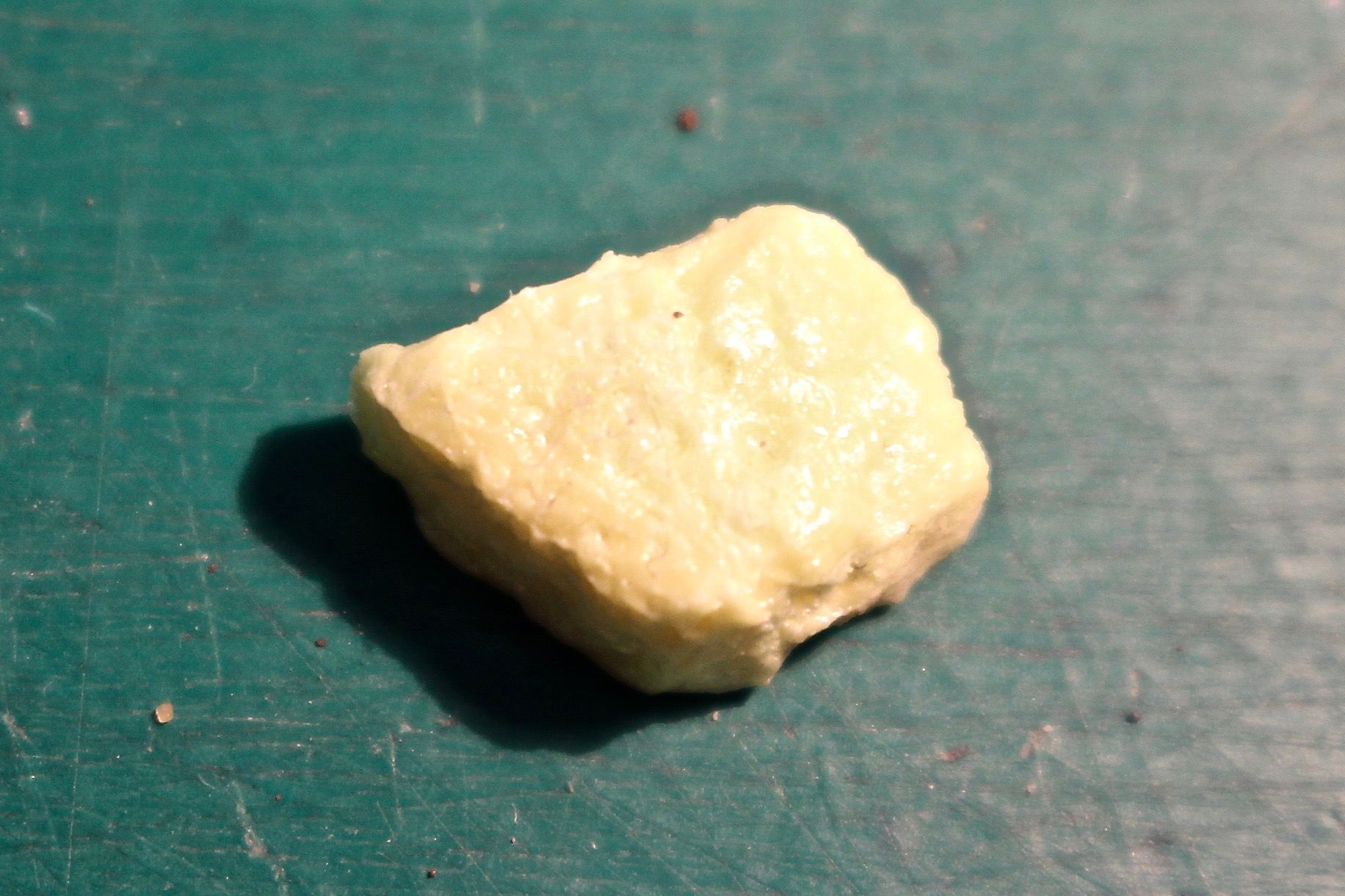
Below is a photo showing yellow sulphur on the rocks. It was made by gases escaping the small cave at New Zealand's Orakei Korako Thermal Area.

Iron Sand - Iron sand is mostly iron and was deposited along New Zealand's coast by volcanic activity about 2.3 million years ago according to New Zealand Steel's webpage. I used this sand in class science lessons with magnets. Unlike iron filings, the iron sand doesn't get rusty but works just as well with magnets as iron filings. I collected the sample in the Awakino area of New Zealand's North Island back in 1975.
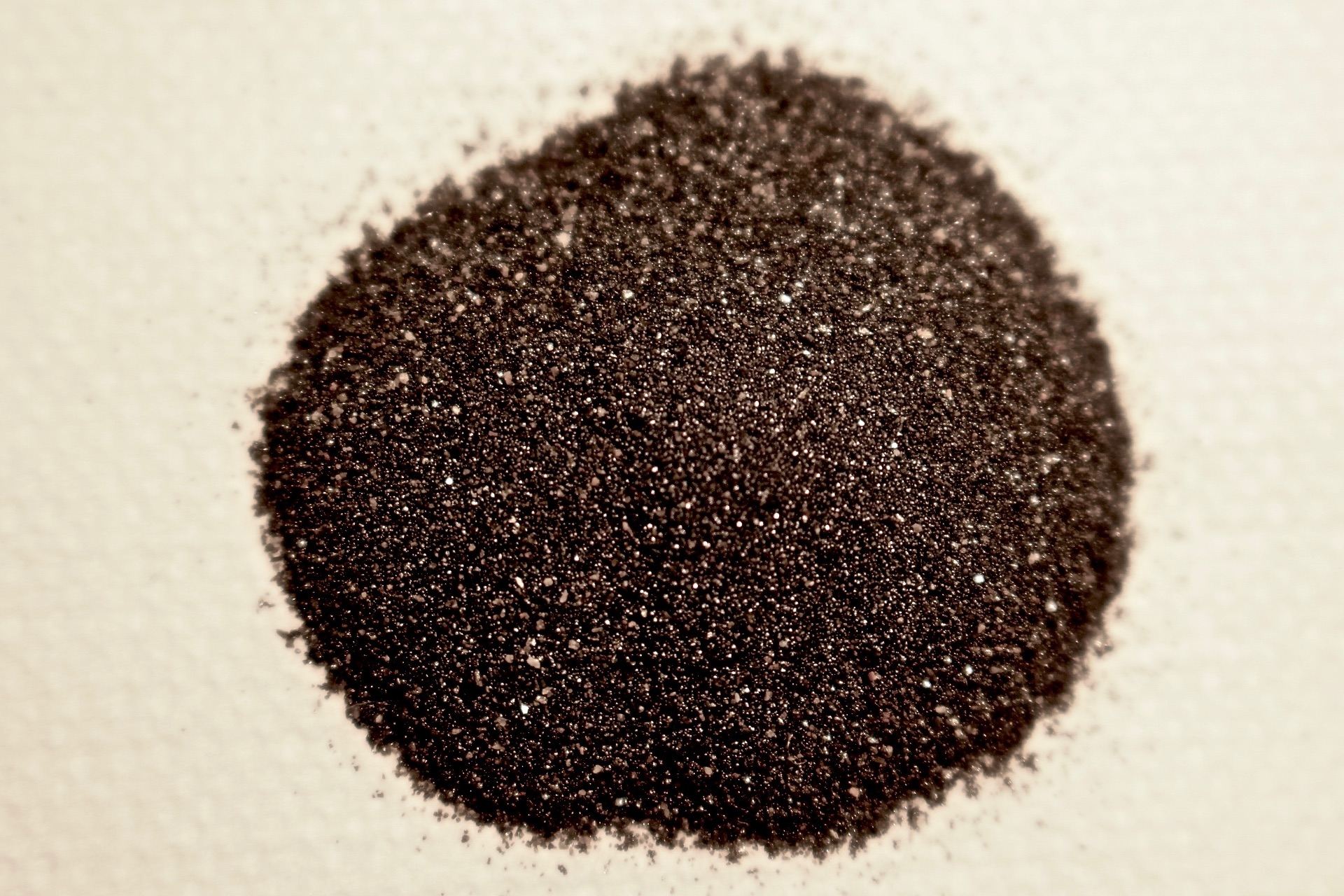
Can you imagine a beach made of this sand? On a hot summer day it can burn your feet if you walk on it. It becomes much hotter than the sands we know. Where I visited, a small stream of water cooled the sand enough to walk on.
Volcanic Sands - My first visit to New Zealand was back in 1975. While there I bought a tube of coloured volcanic sands from the Rotorua area. I thought you might like to have this 42 year old souvenir so you can see the colours of volcanic areas.
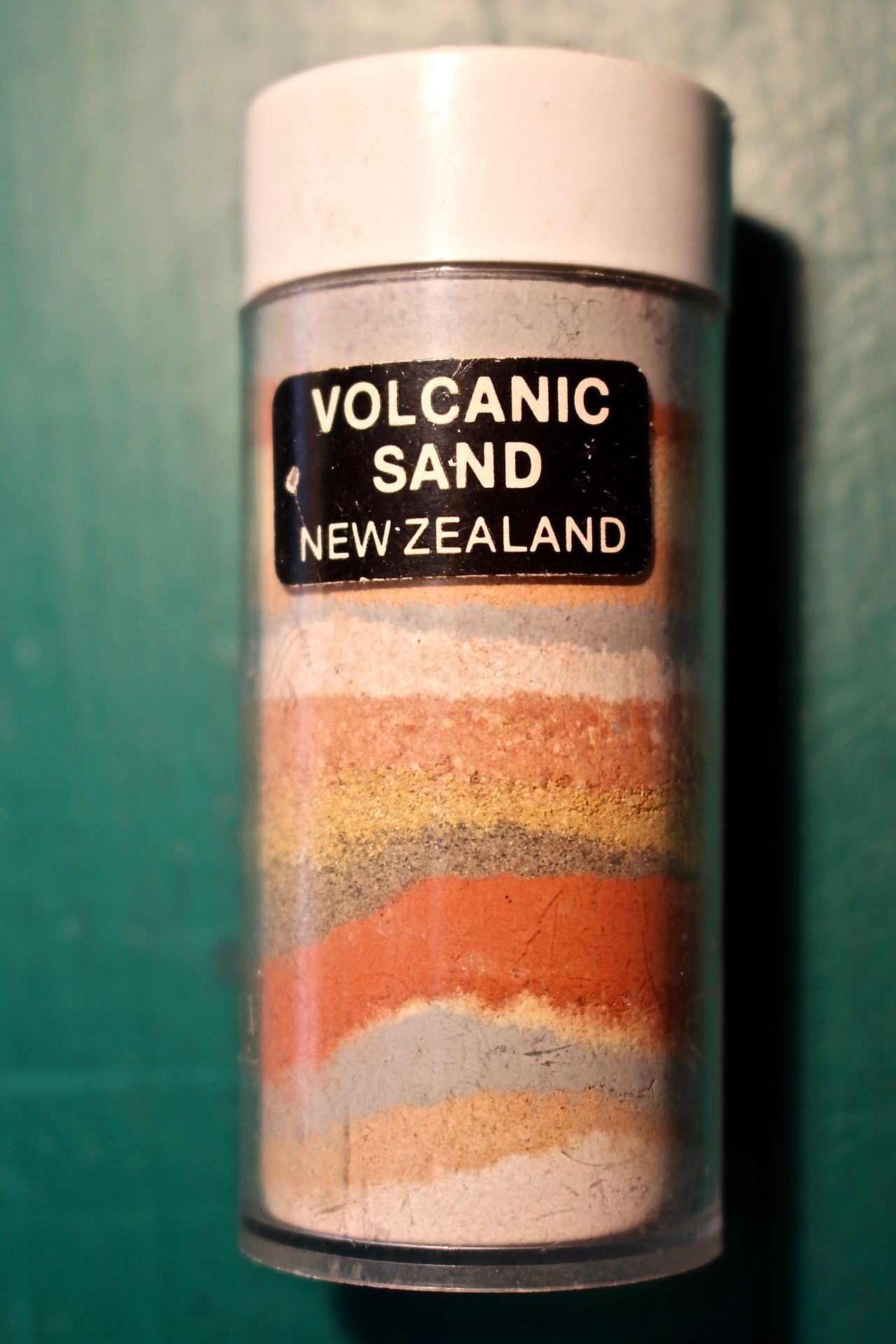
The colours would be caused by different minerals in the sands.
Pumice - I've included a piece of pumice found on a local beach. I know you have learned about pumice. We have had many pumice stones wash up on our beaches lately, some pieces bigger than your fist. Because it can float, if pumice explodes out of underwater volcanoes, it can form "floats" of pumice. Some of these floats can be on the ocean for years and become home to many marine animals before they reach a shore. The sample could have come from a 2012 eruption of an underwater volcano near New Zealand.

My Area
I like to go hiking in the national parks and nature reserves in my area. I find plenty of evidence my area once had its own volcanoes but that was 360 to 380 million years ago in an era known as Devonian, also known as the "Age of Fish".
The photo below was one I took while in Ben Boyd National Park in an area known as Boyd's Tower. The greyish-brown rock is heavily folded (curved and bent) sandstone. The red rock is siltstone made from fine ash from volcanoes settling over the sandstones. The deposits are around 360 million years old according to a National Parks sign near where I stood.
The reddish siltstone is seen in many areas along the coast and appears in many of my photos. I know there are many areas of Victoria with evidence of volcanoes.
Do you know of any places in Victoria where volcanoes were once active?
